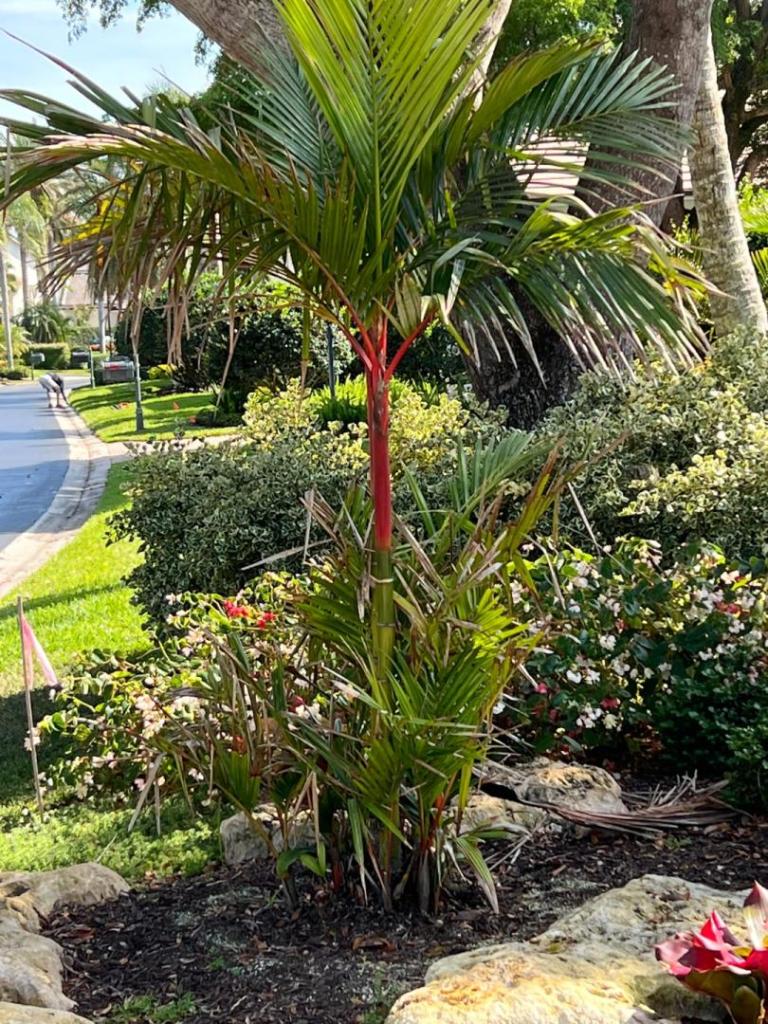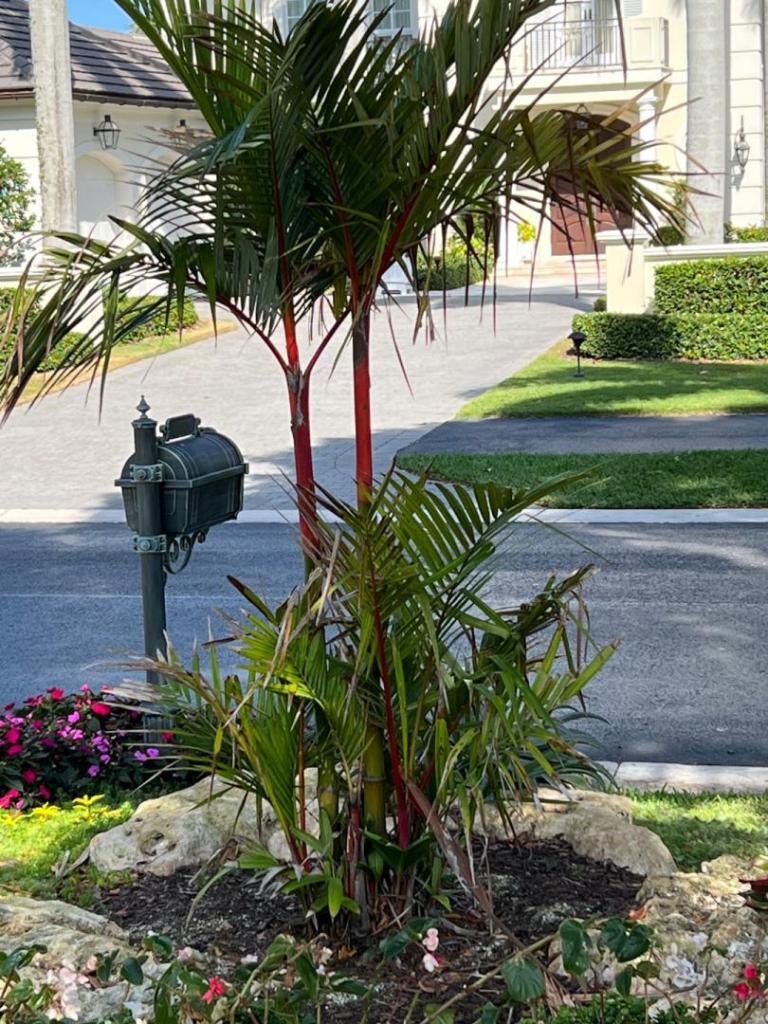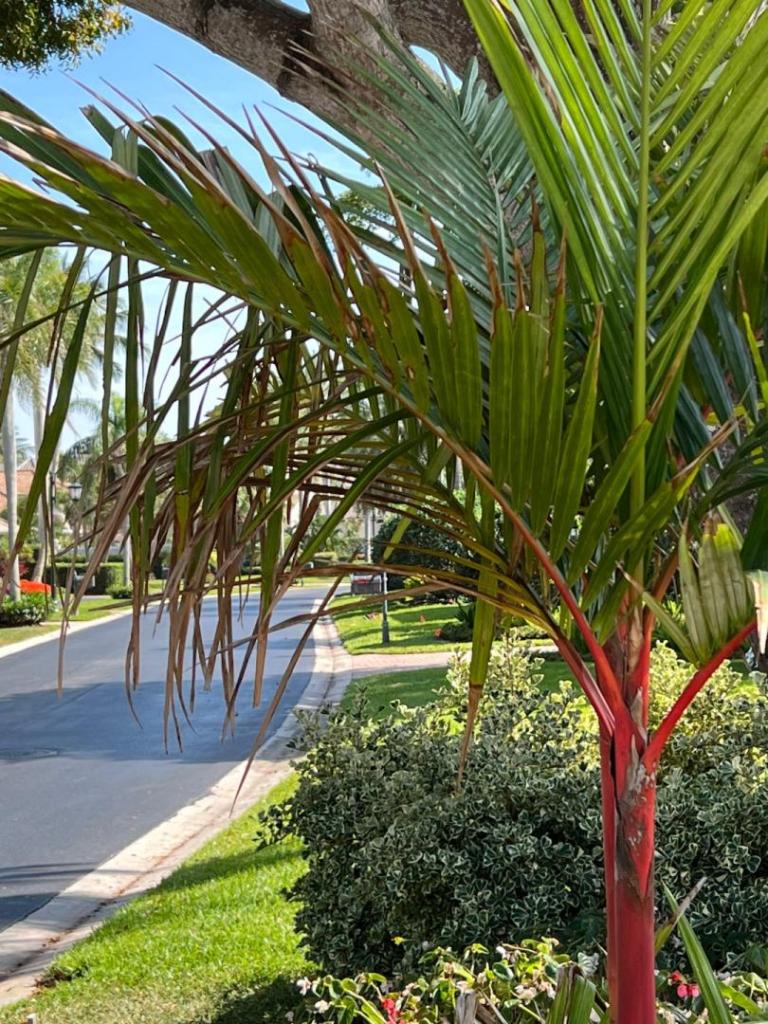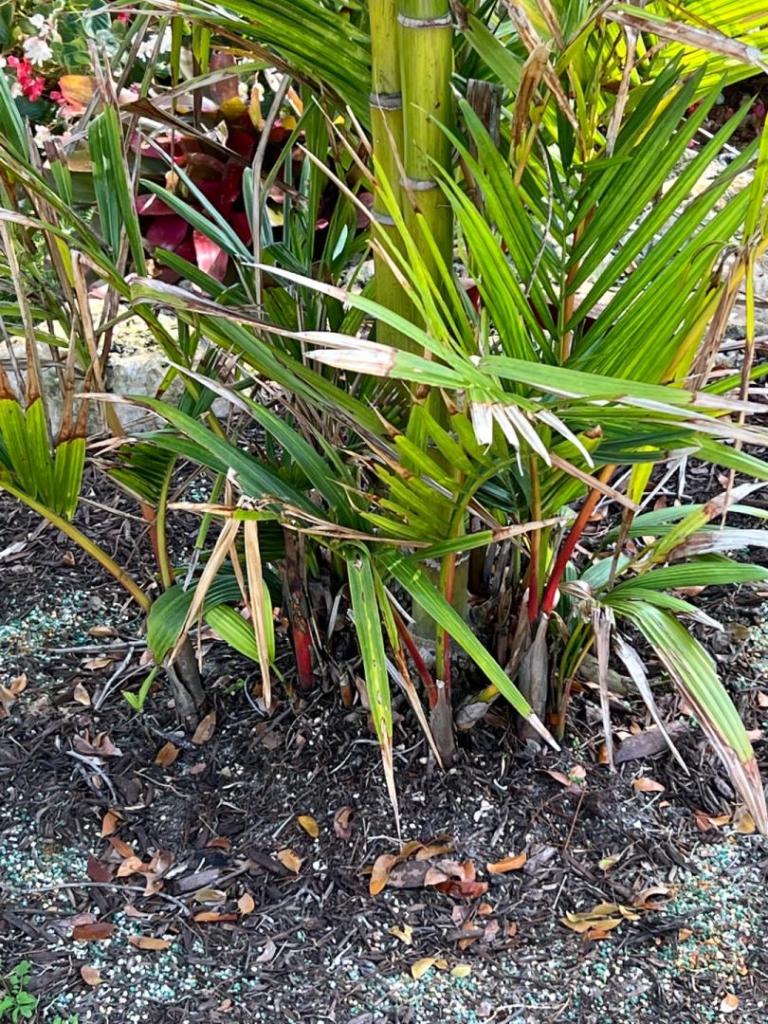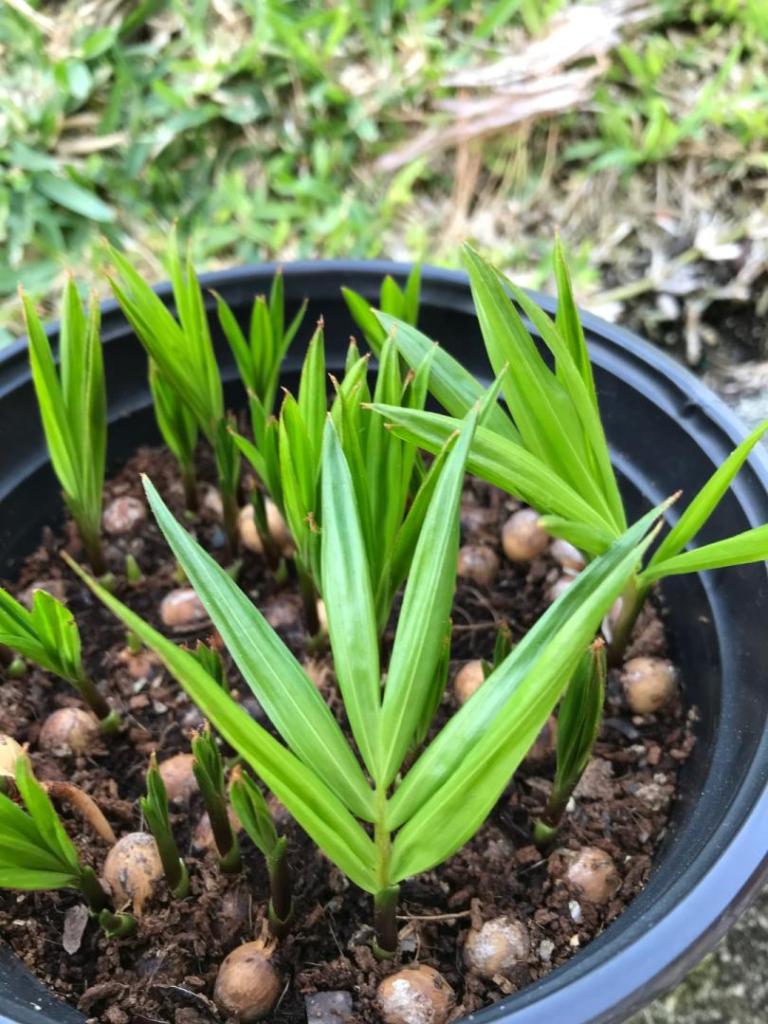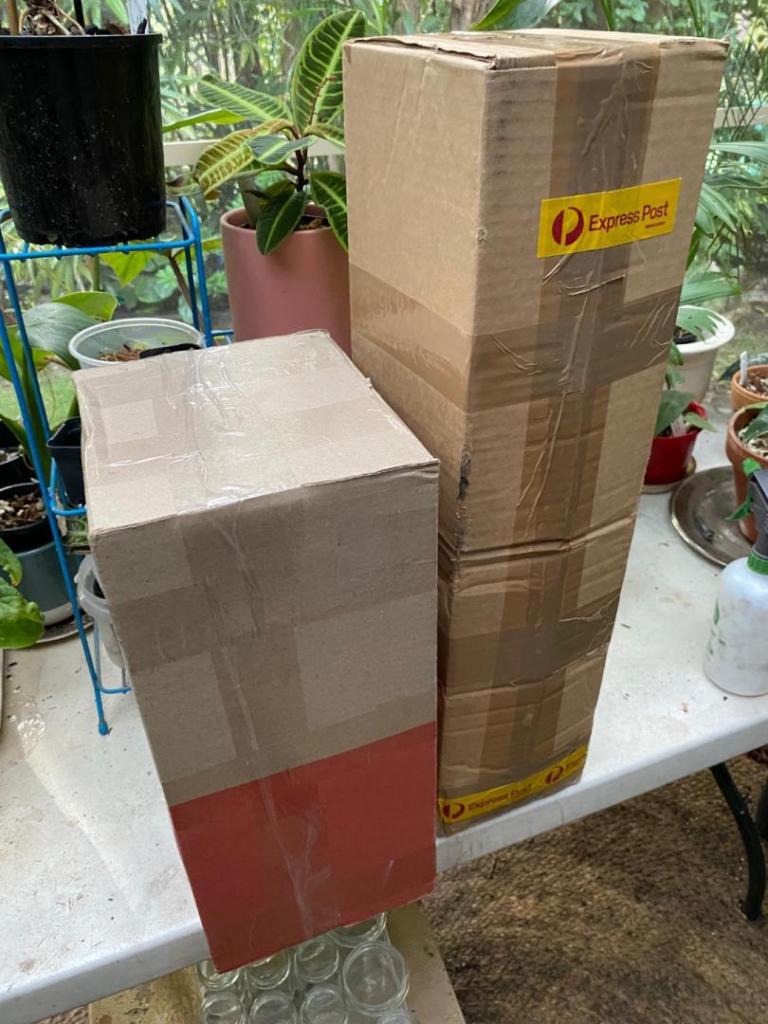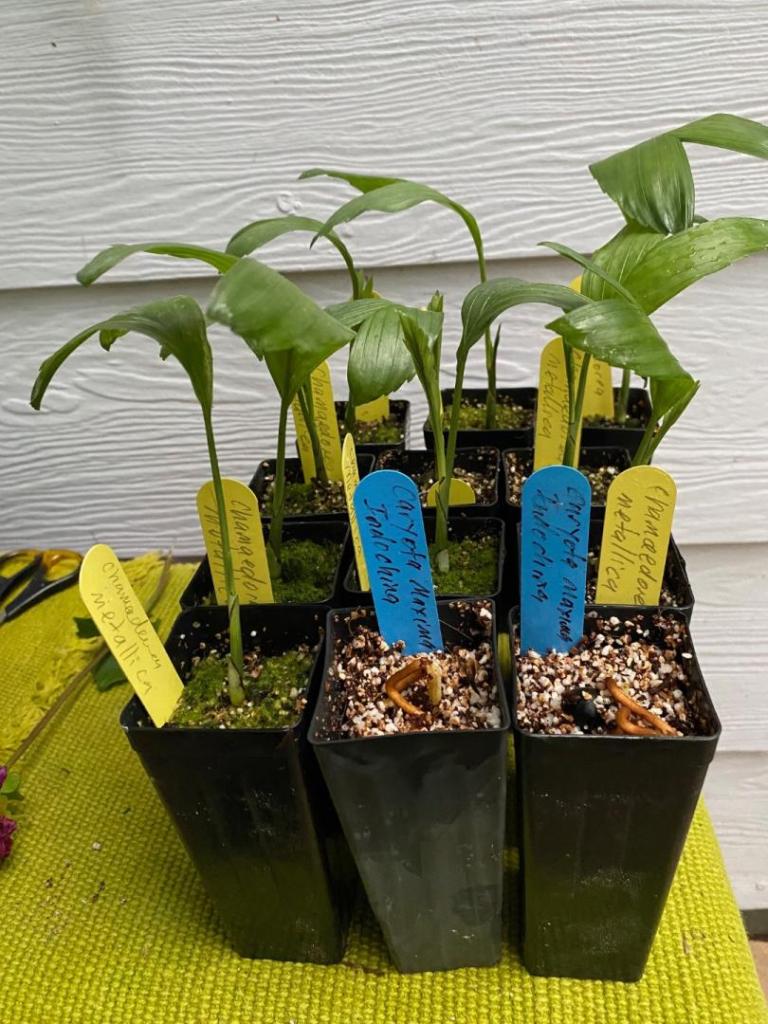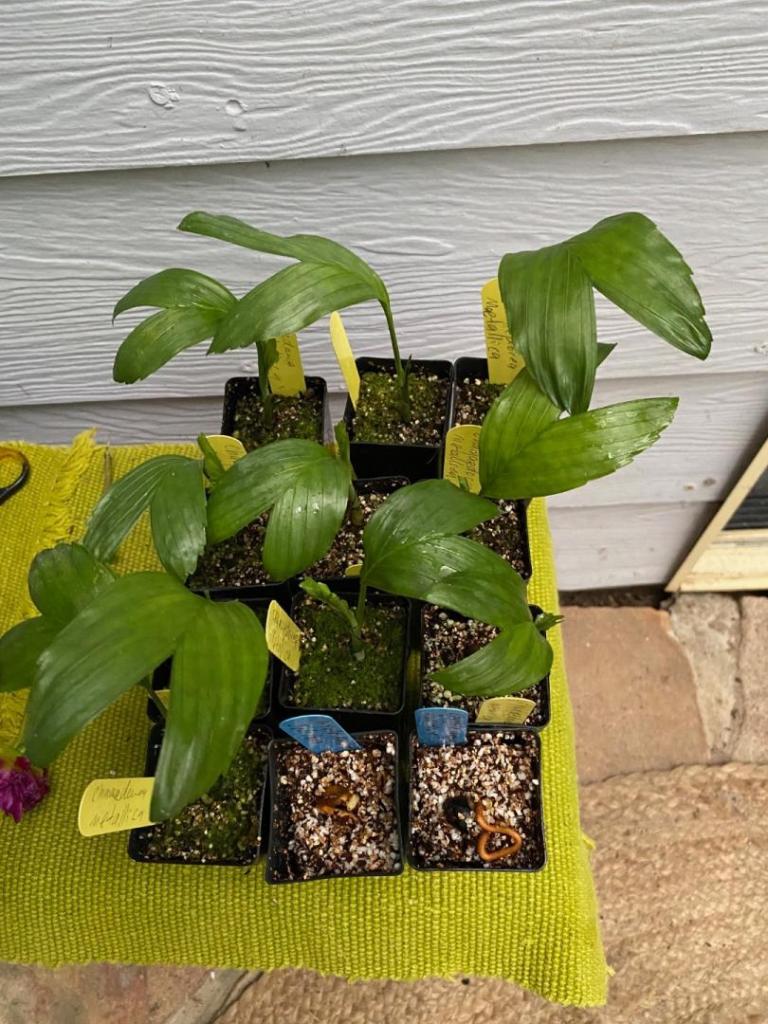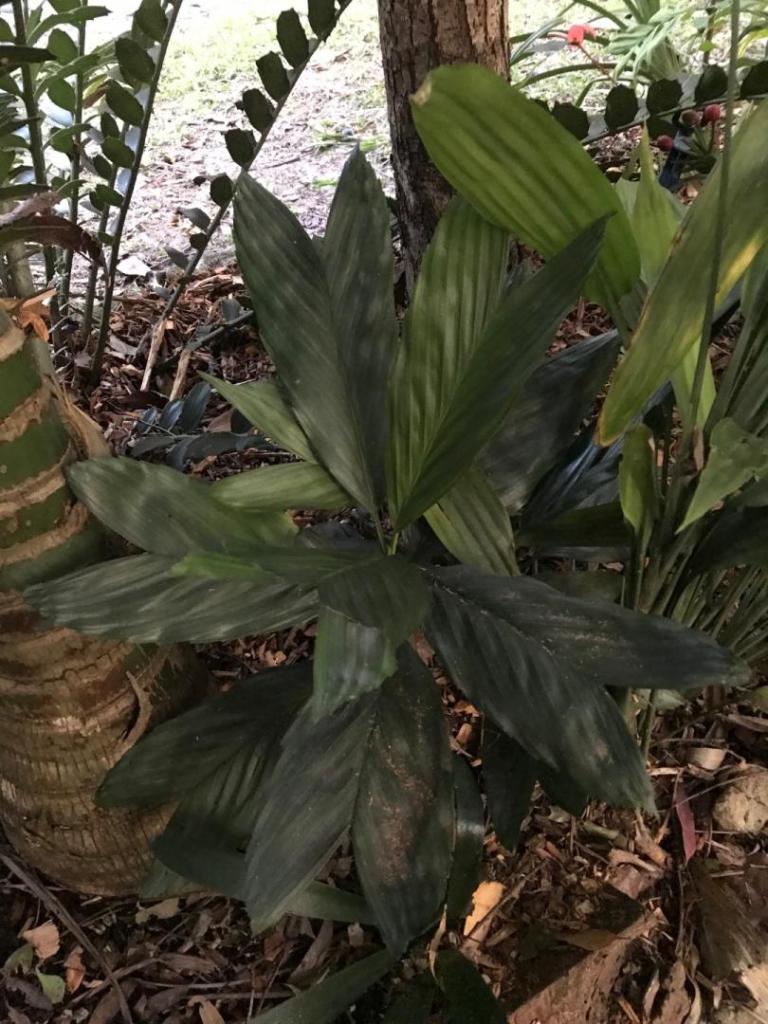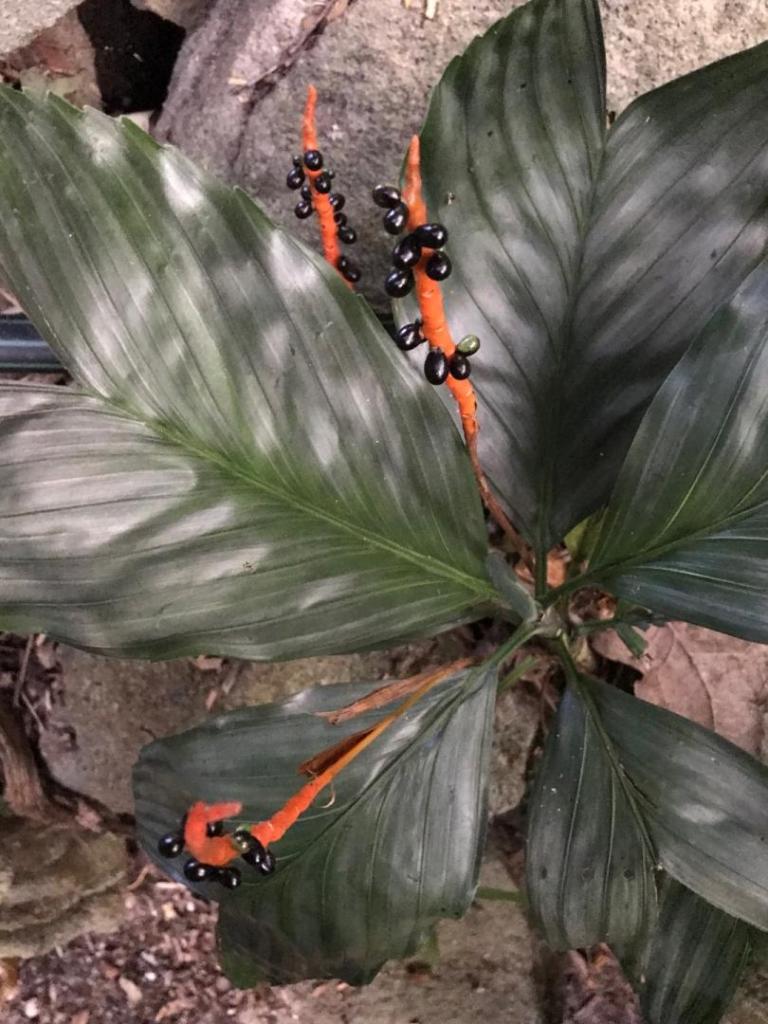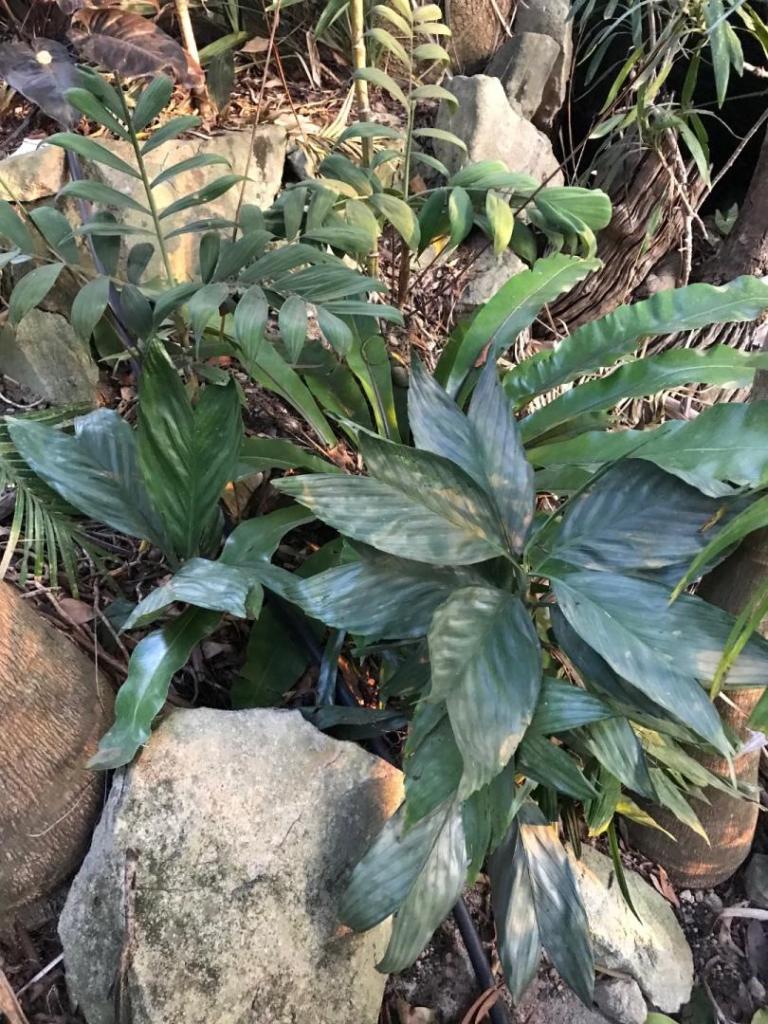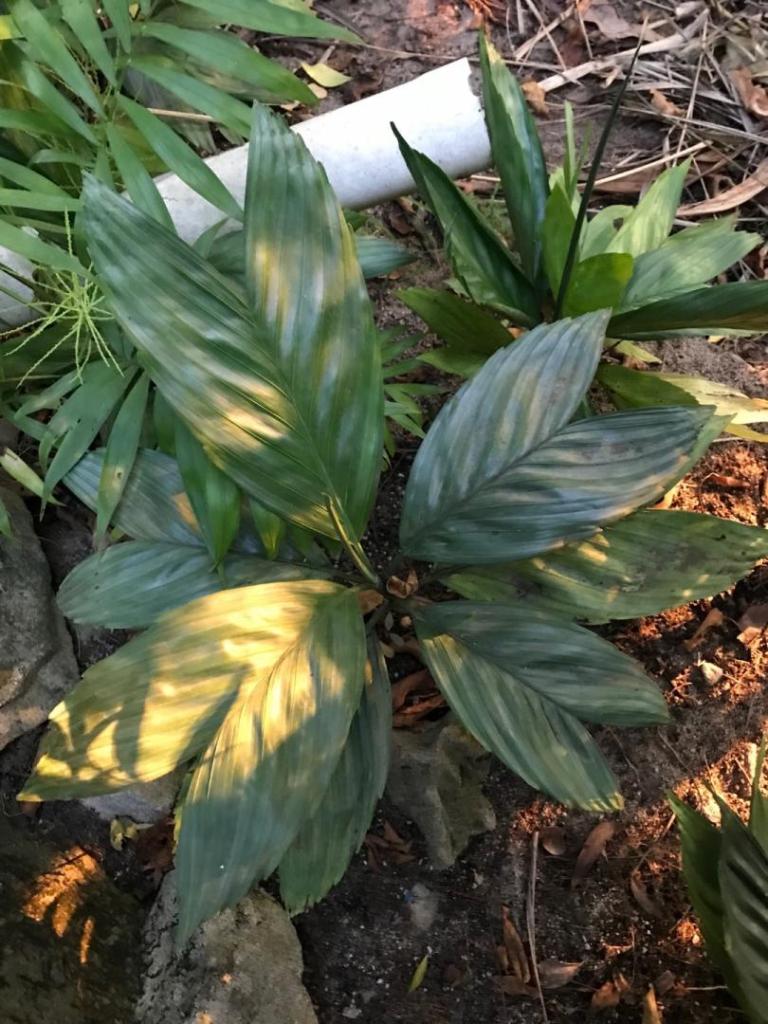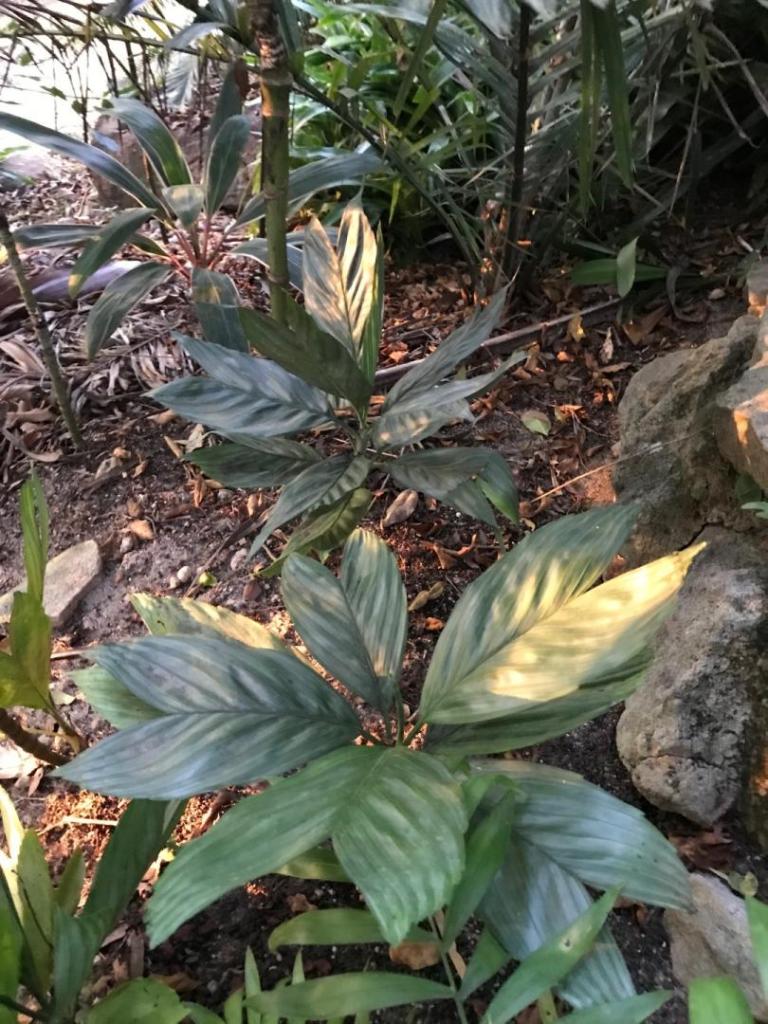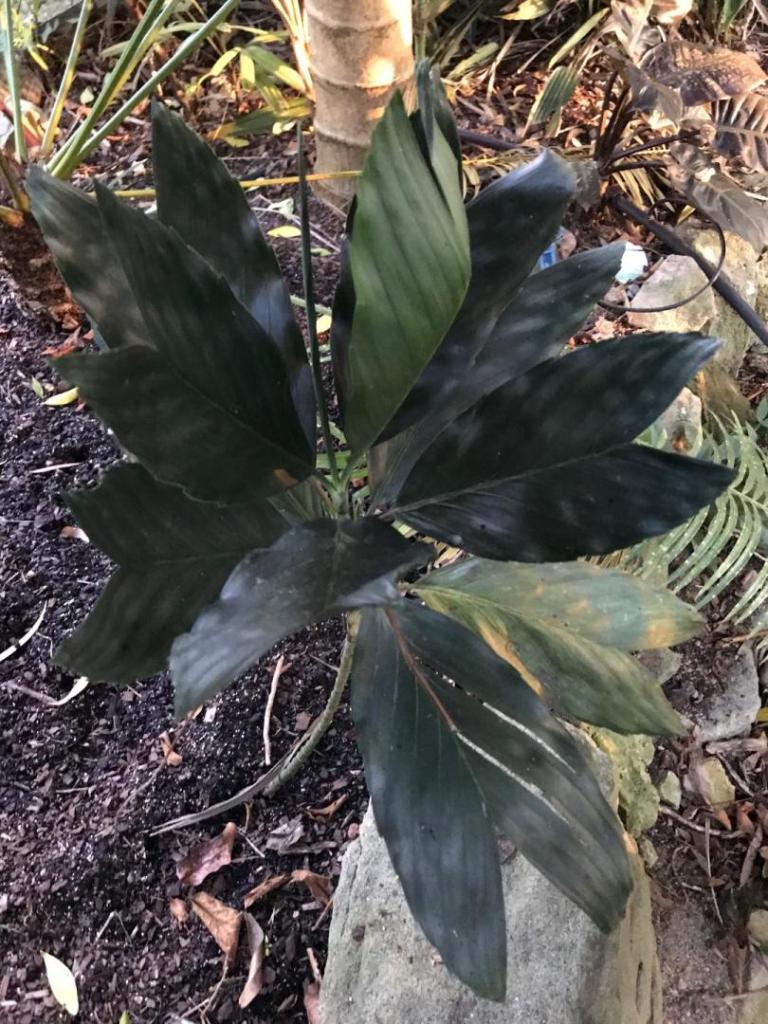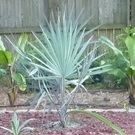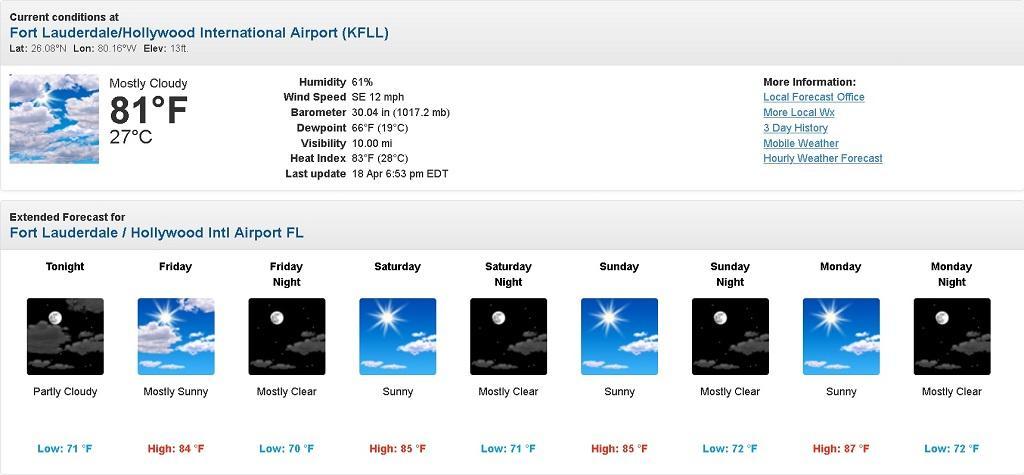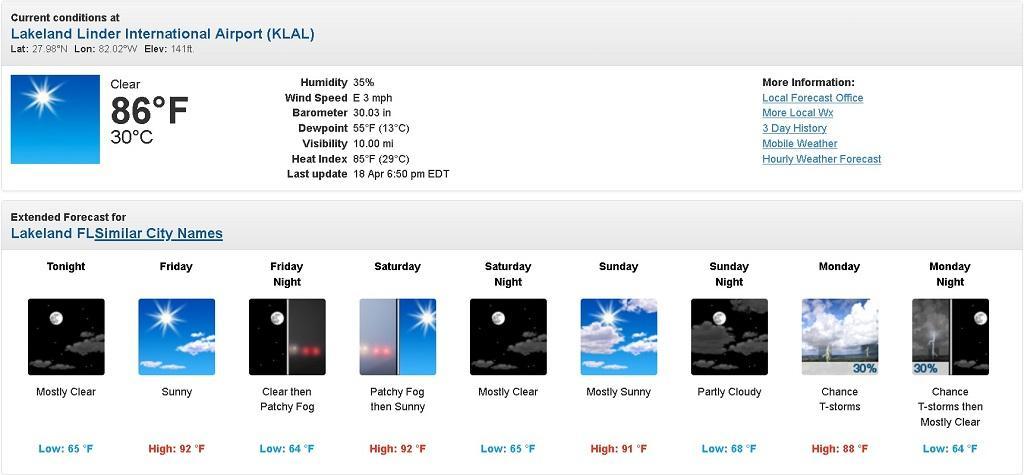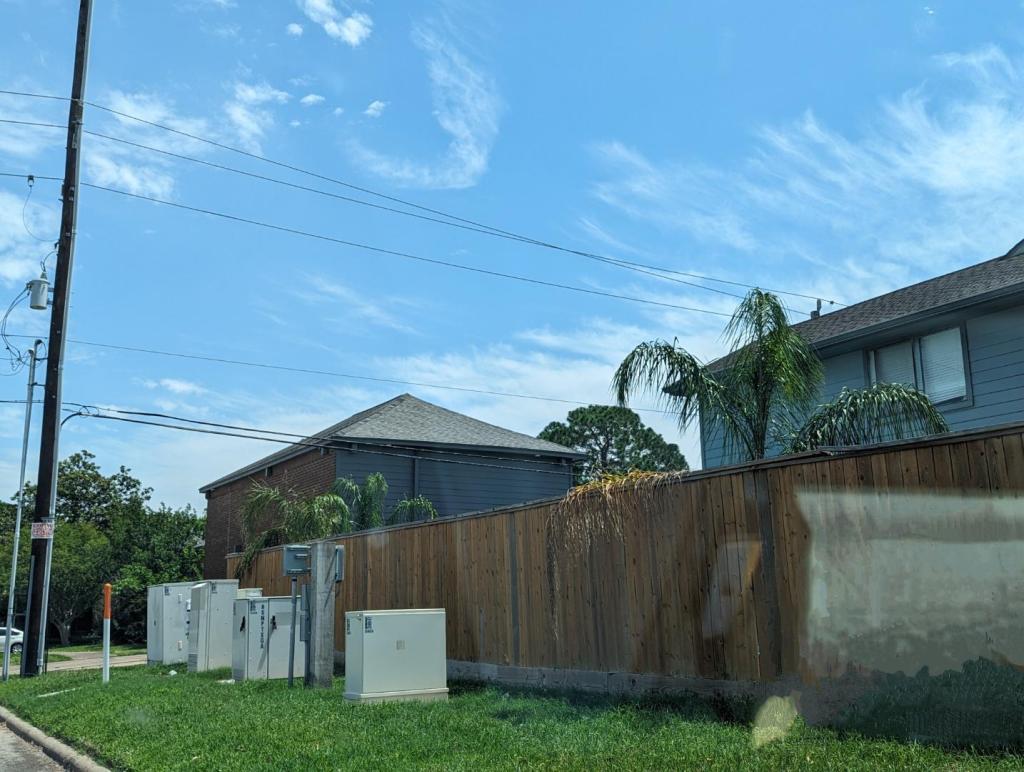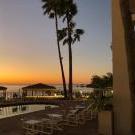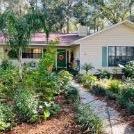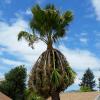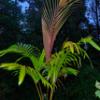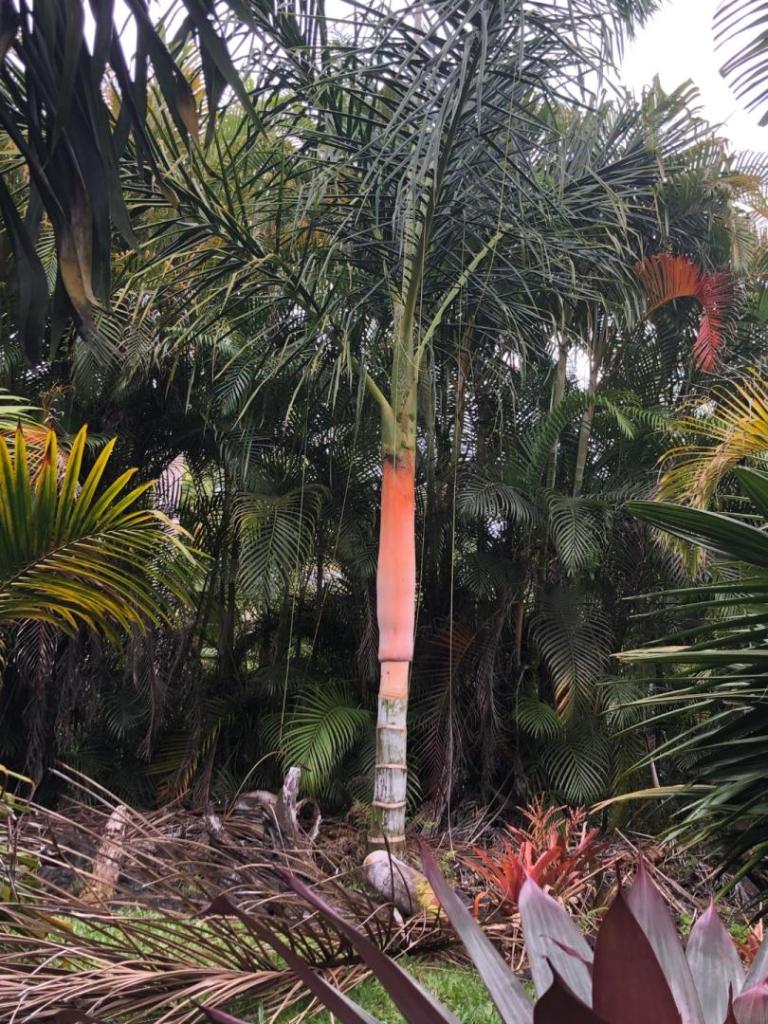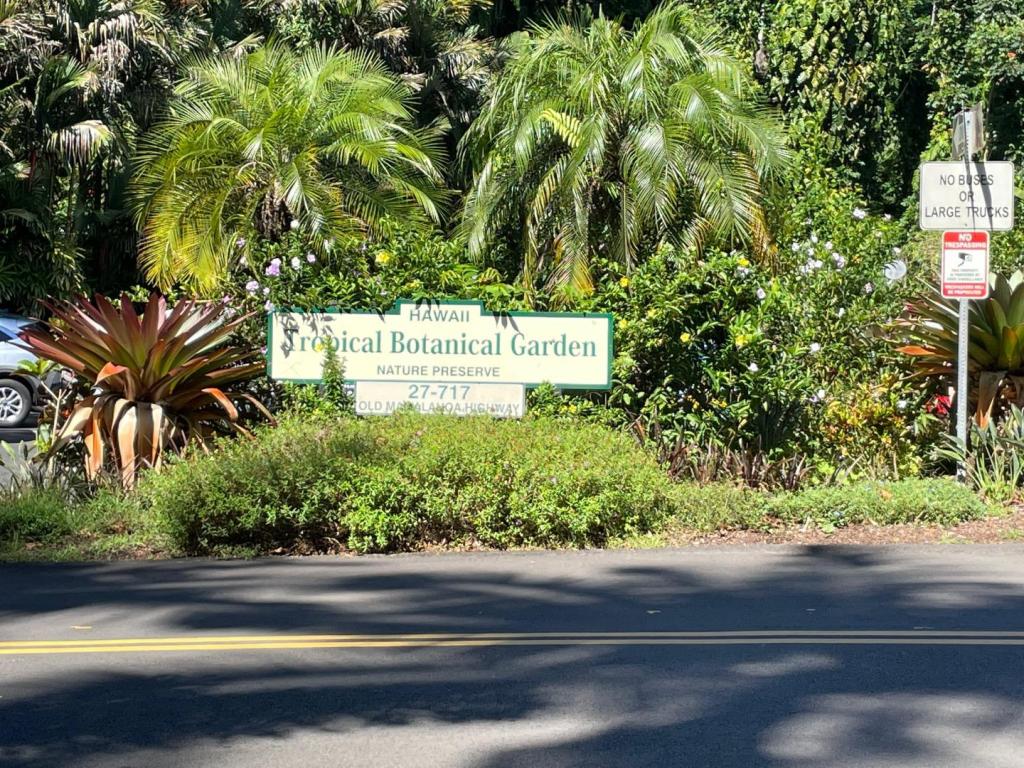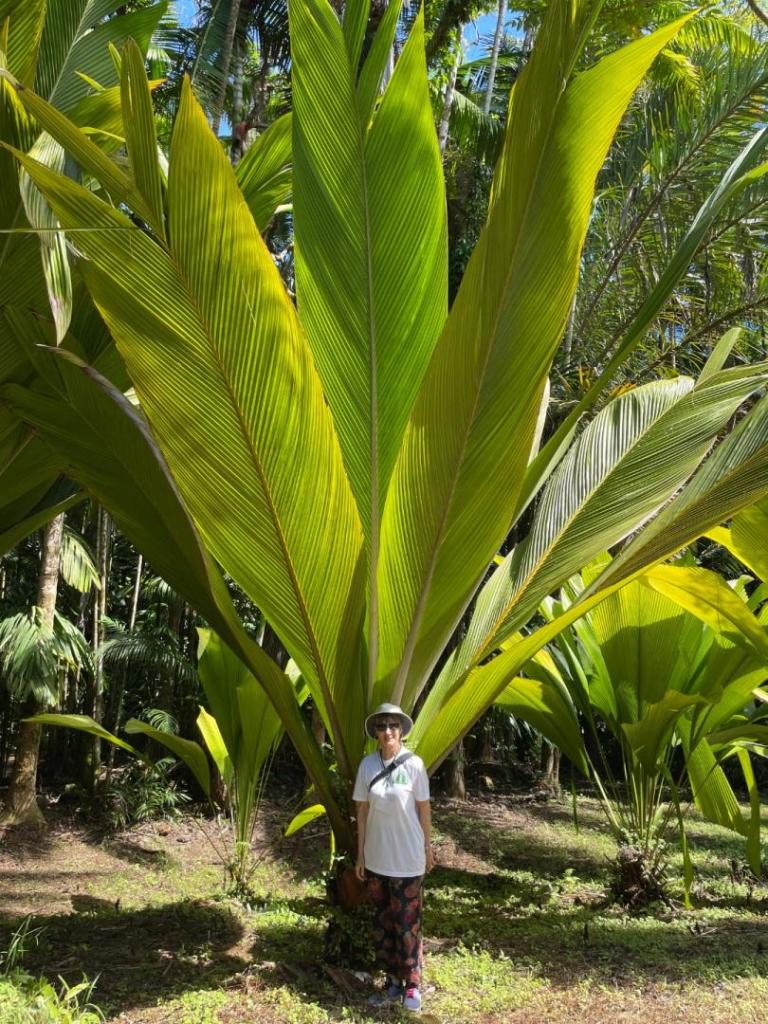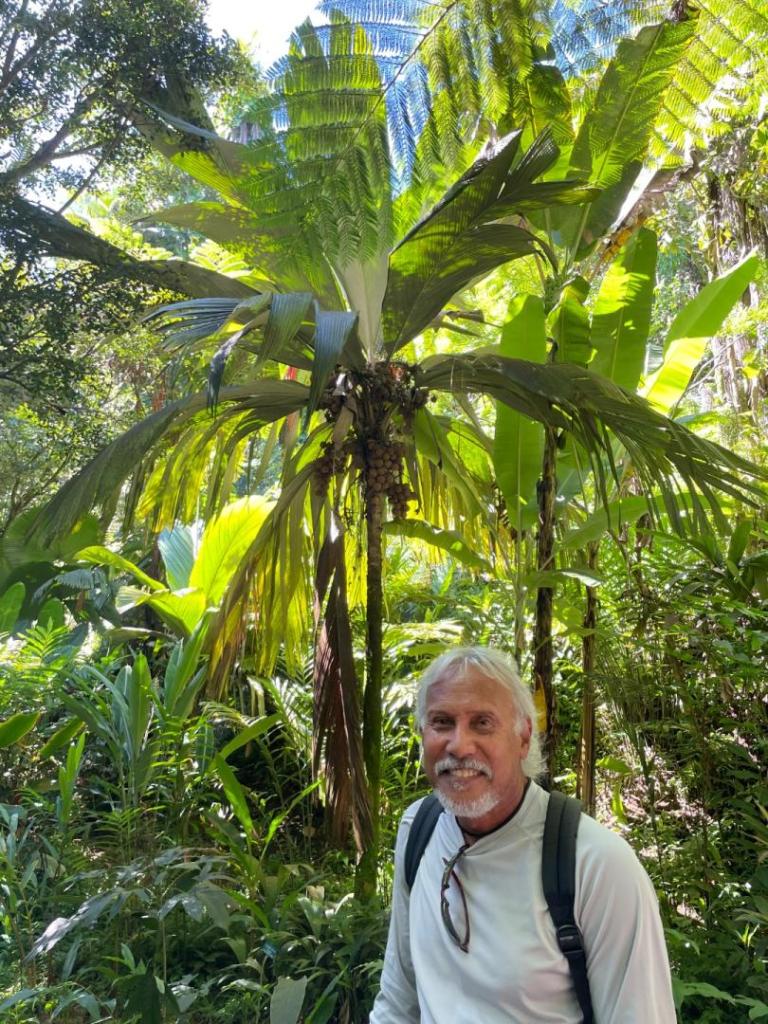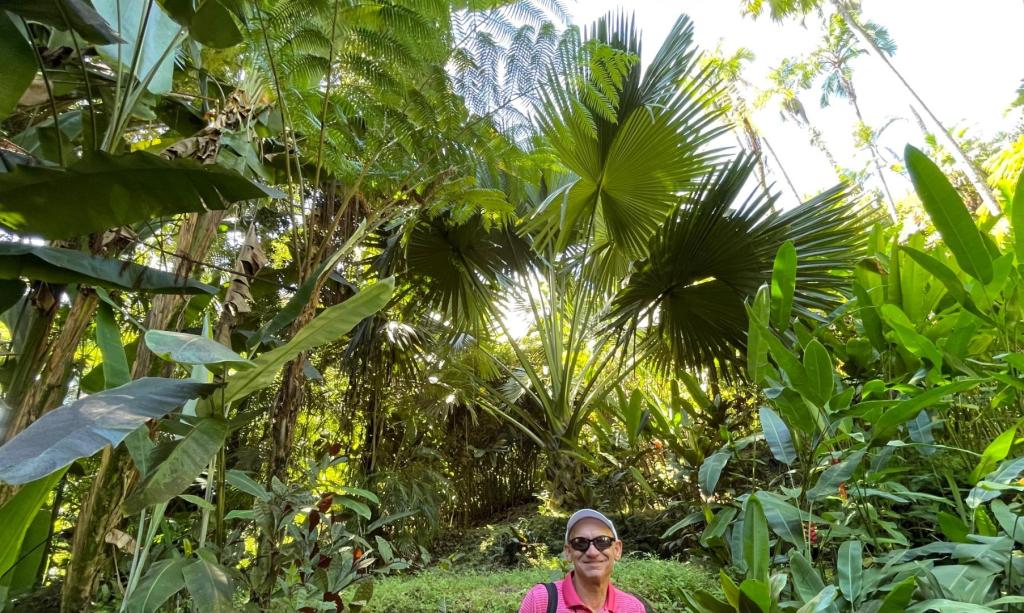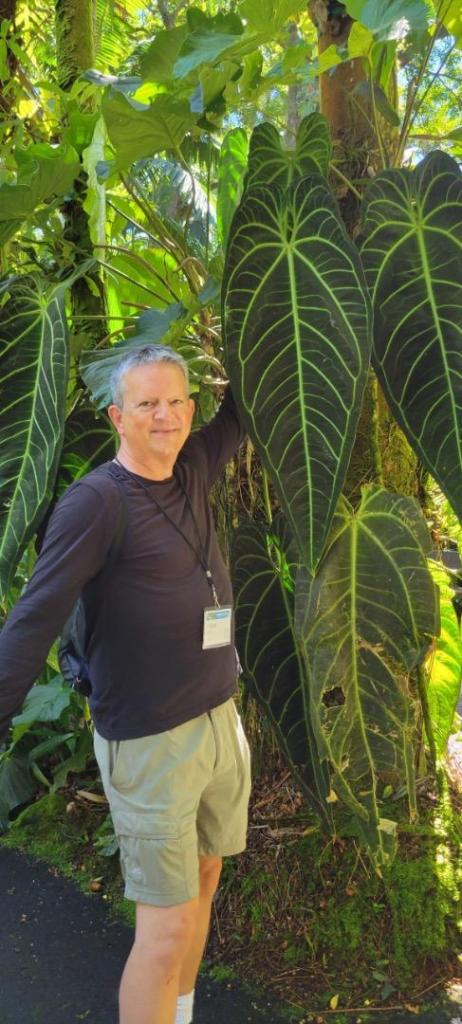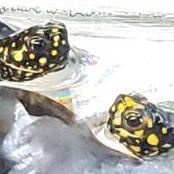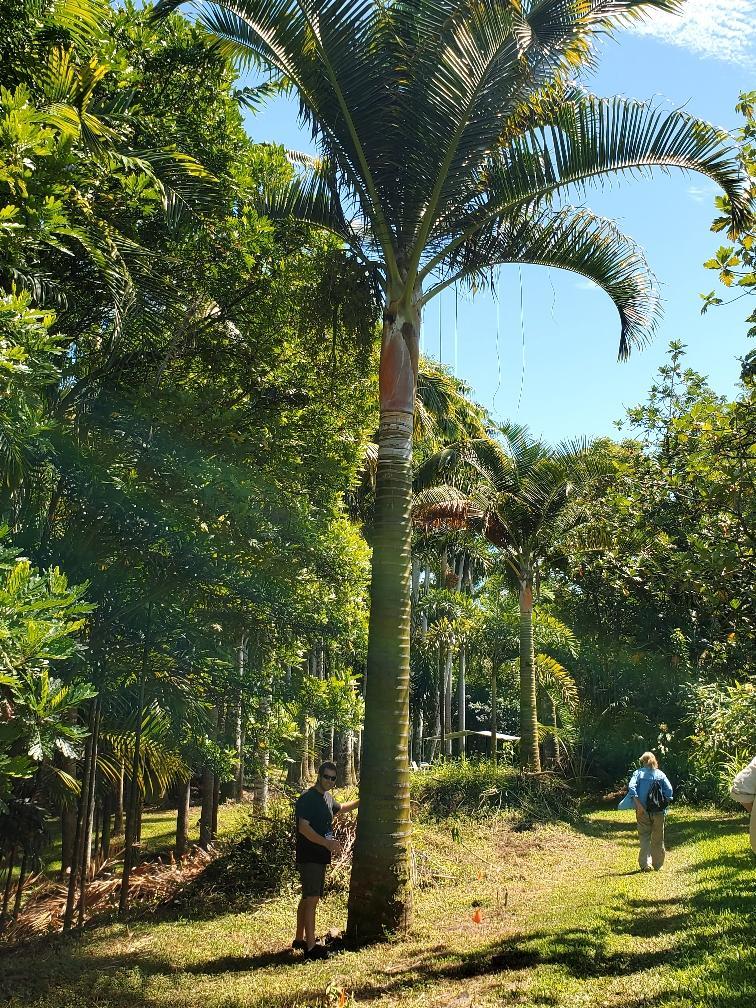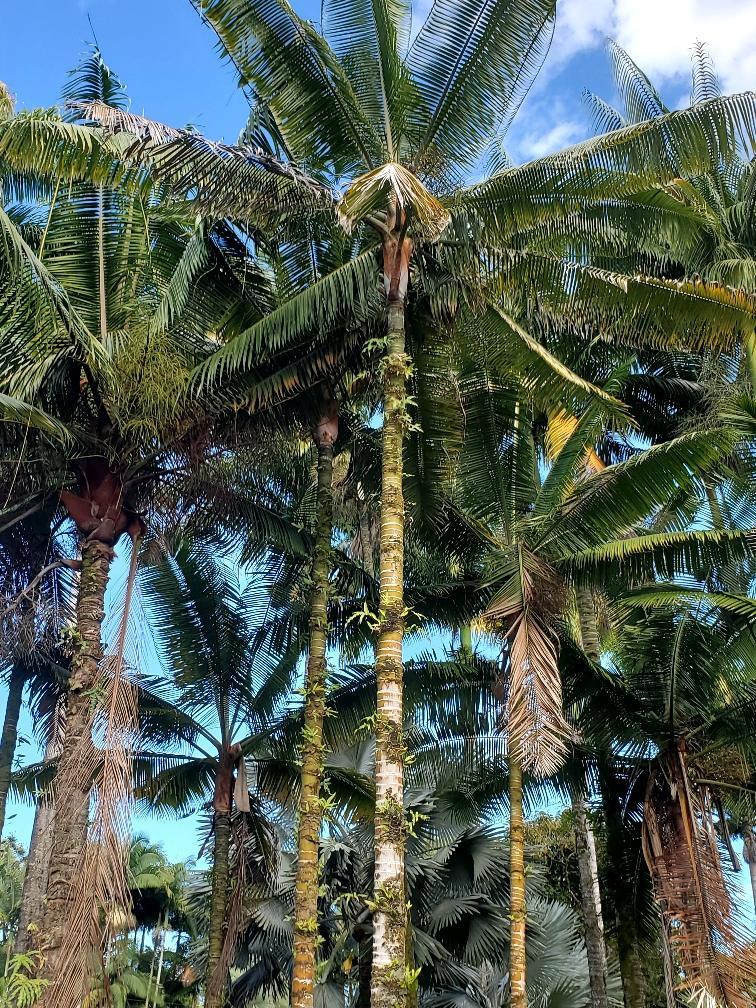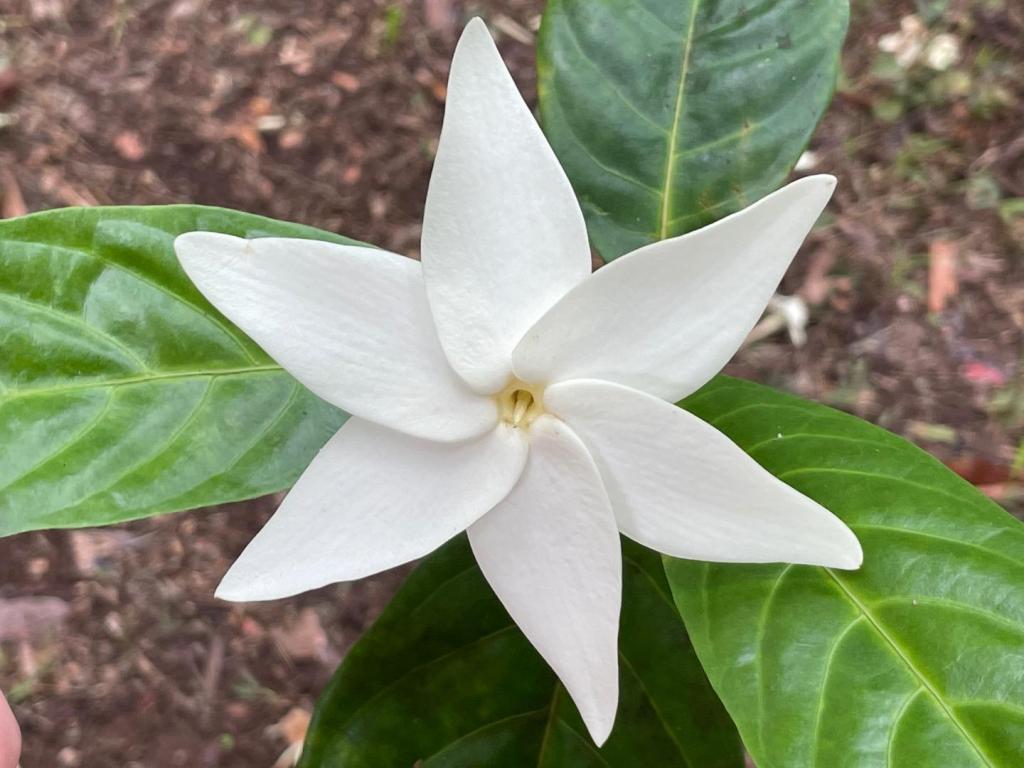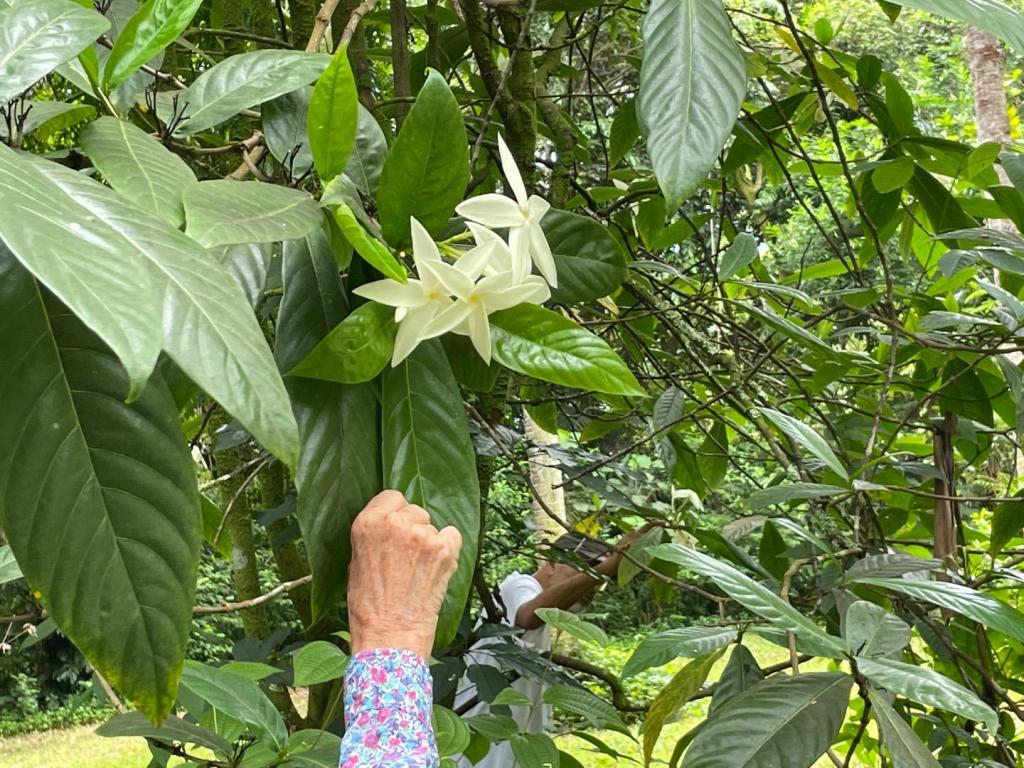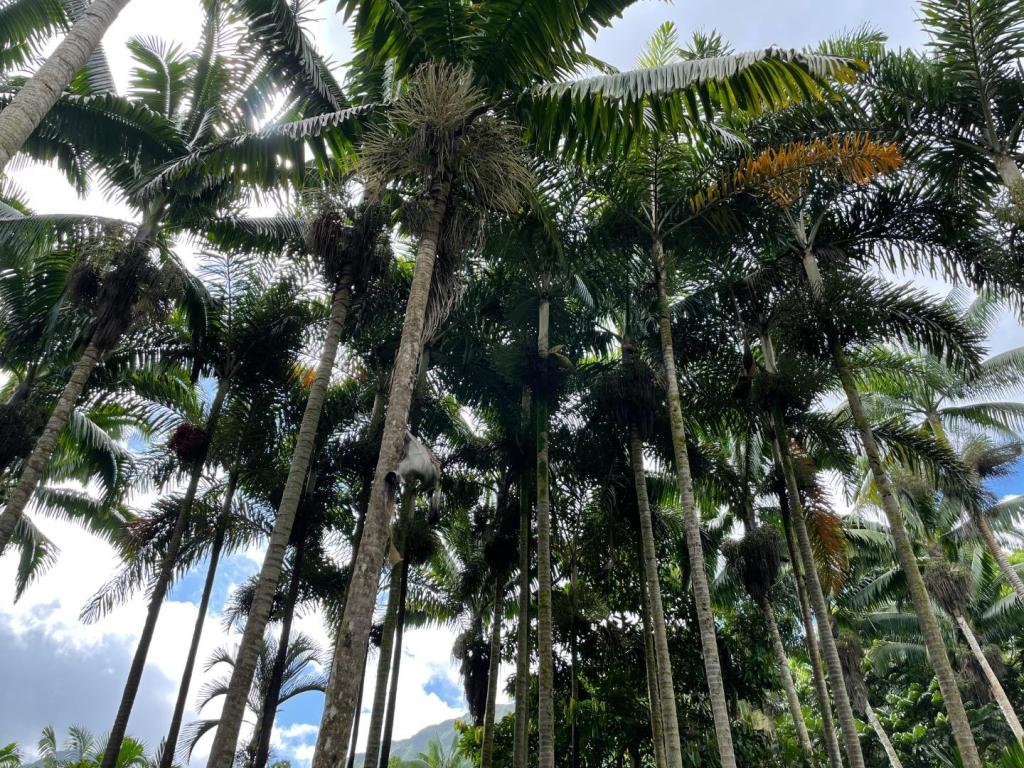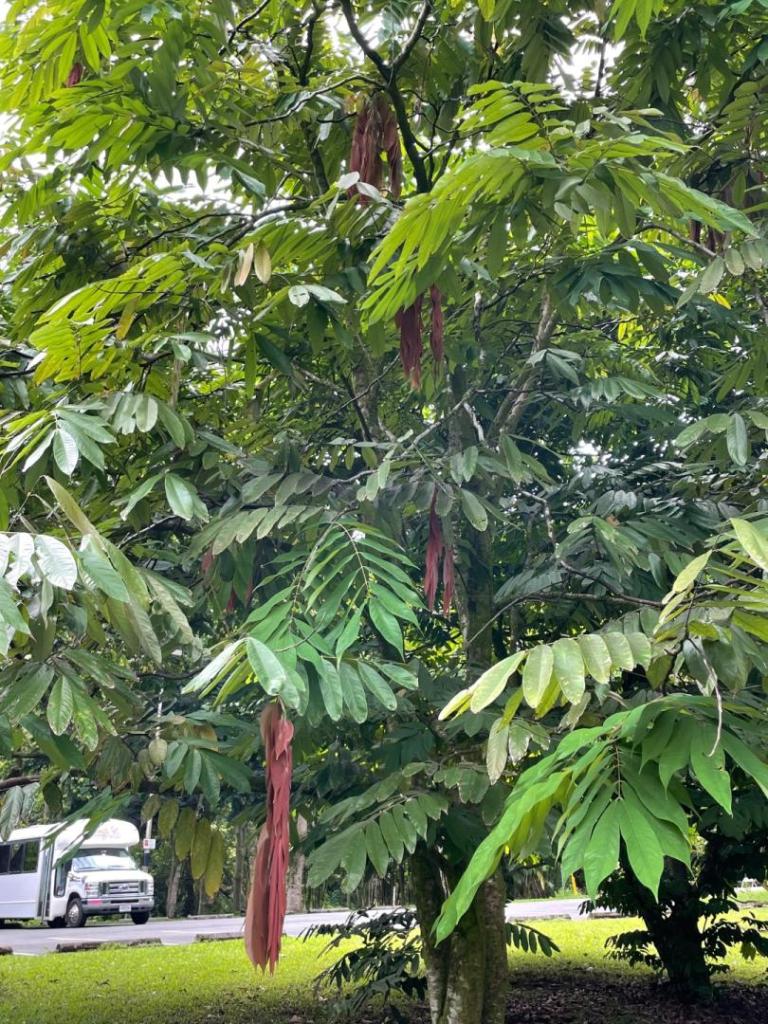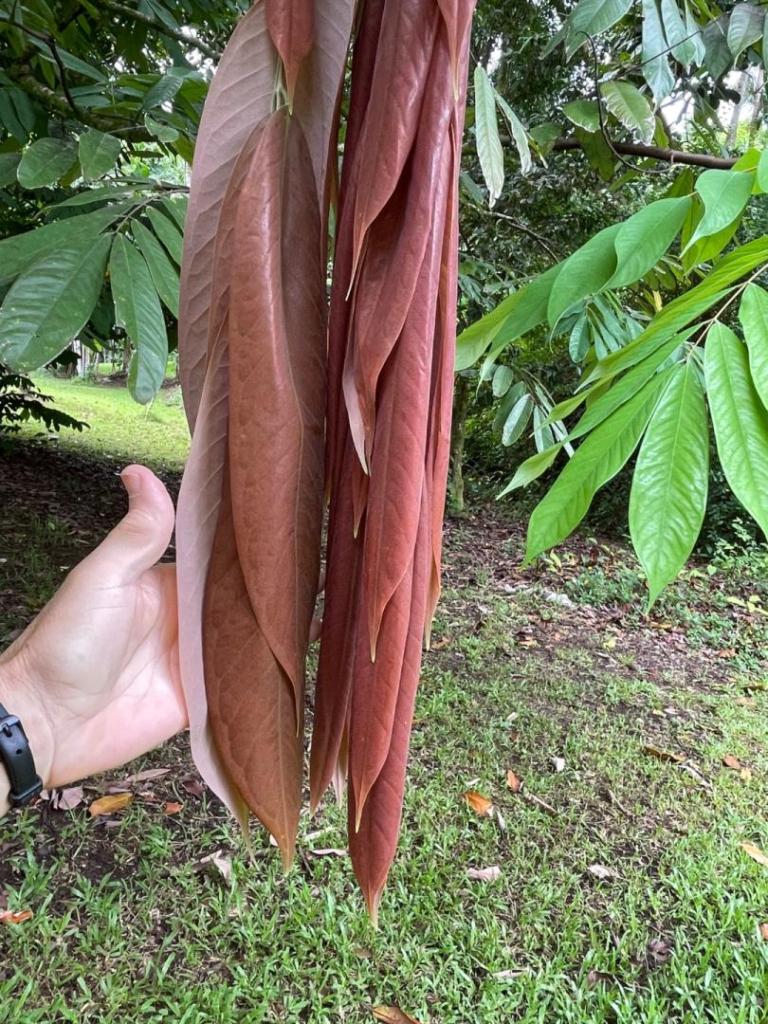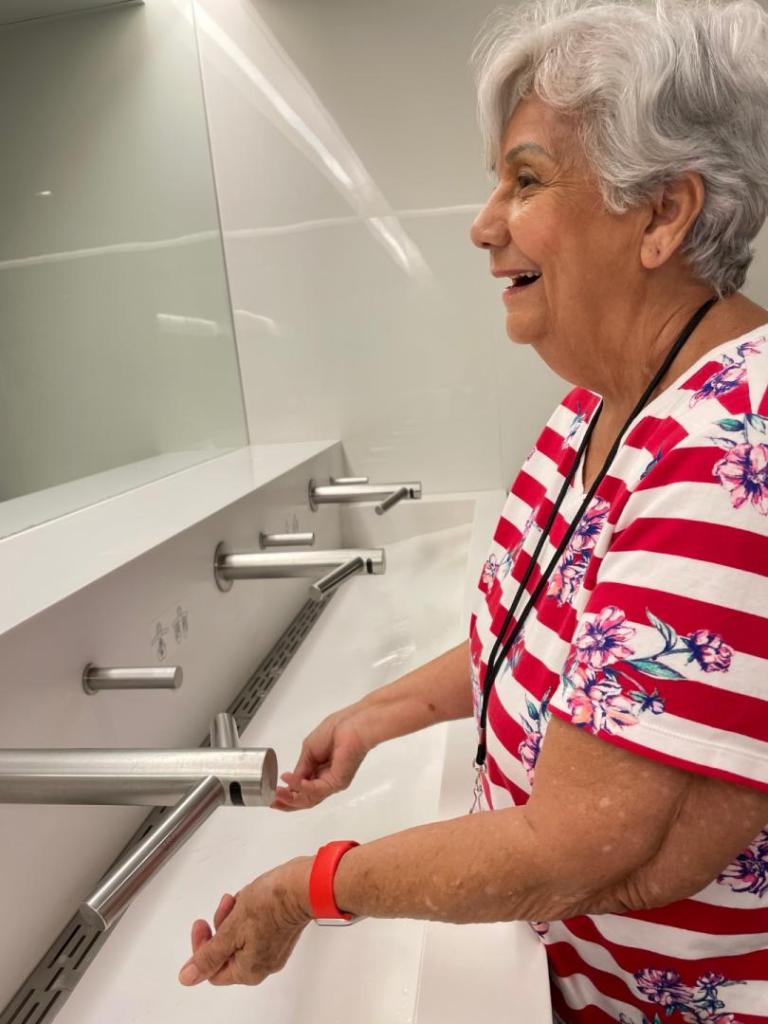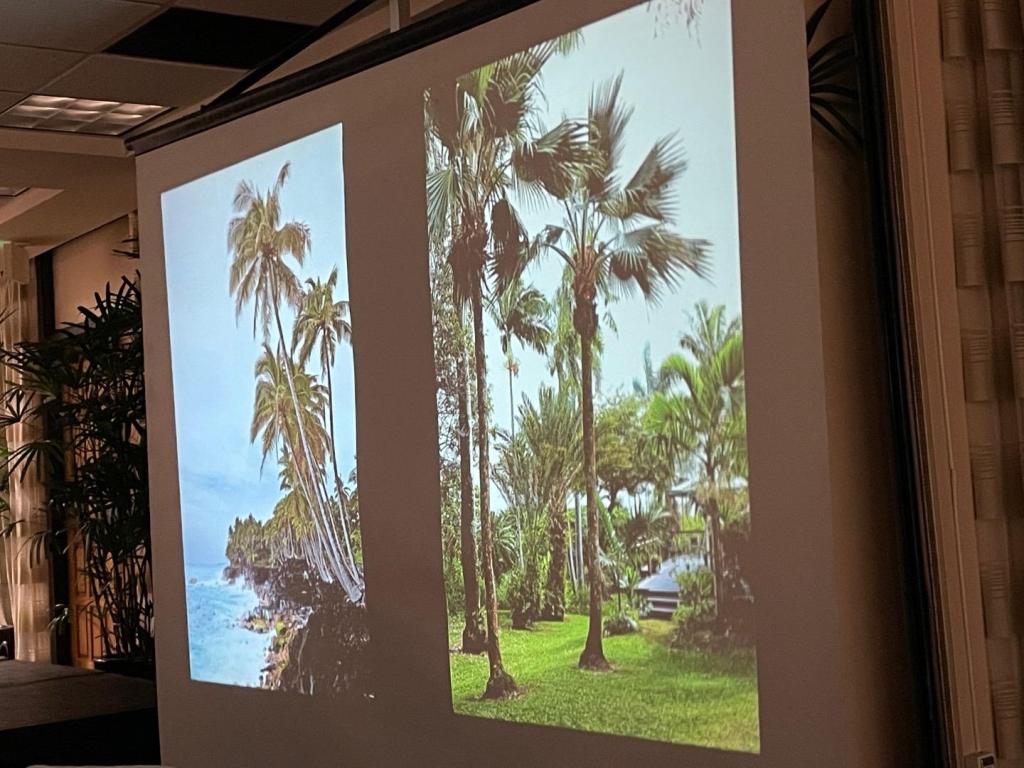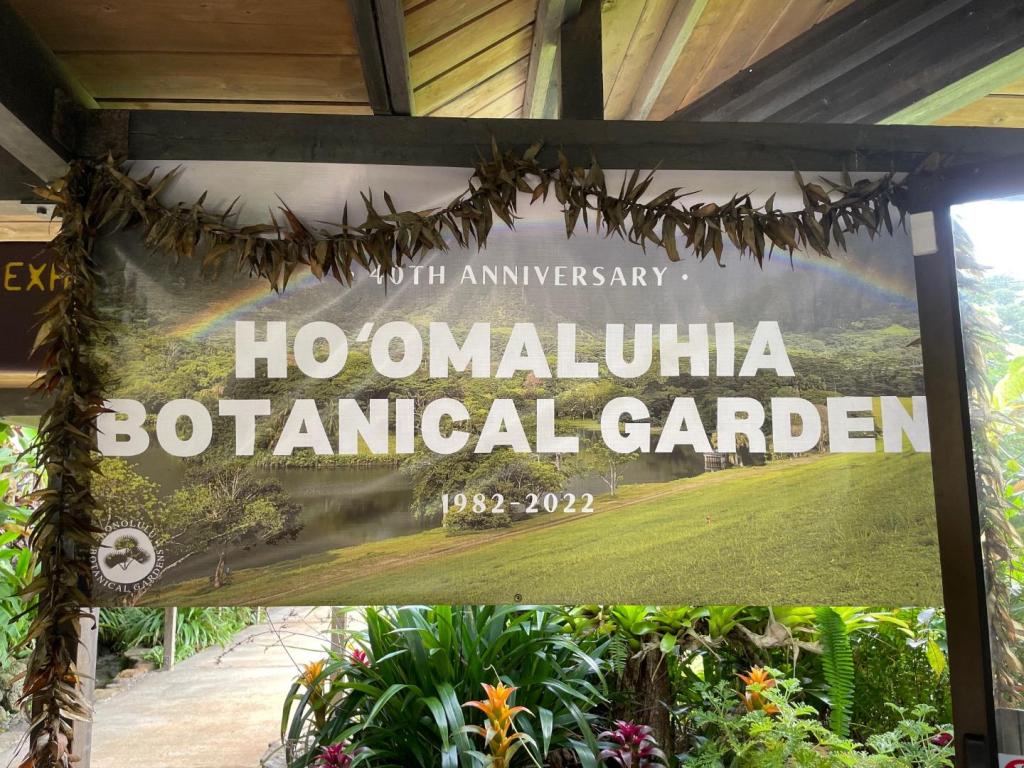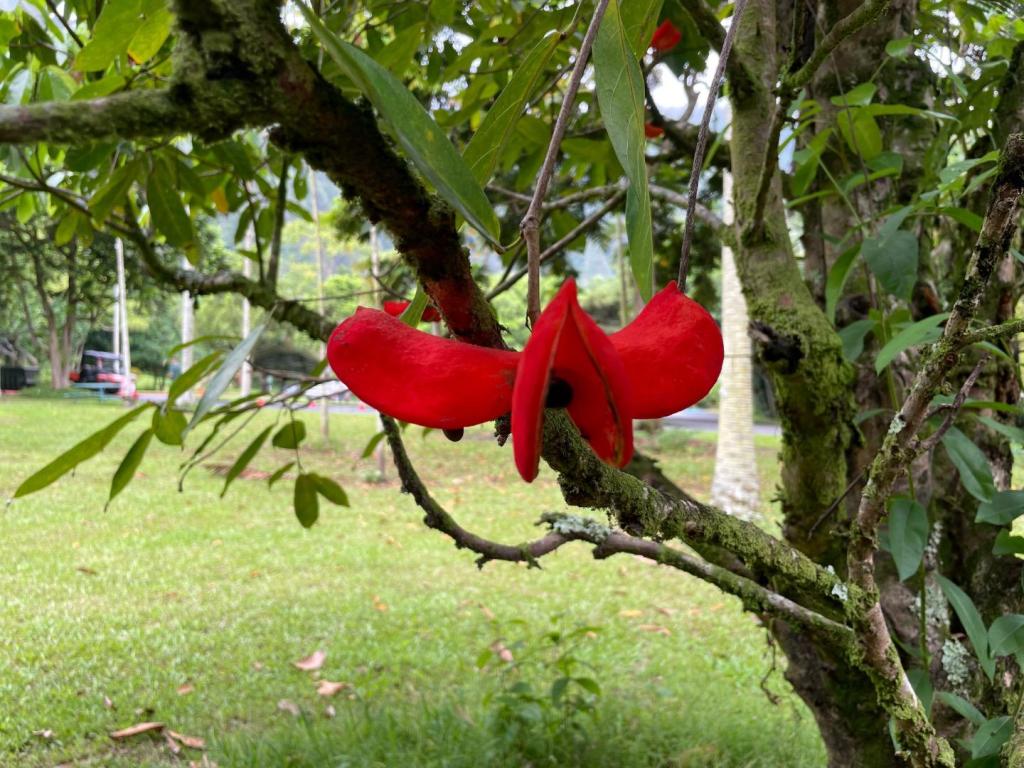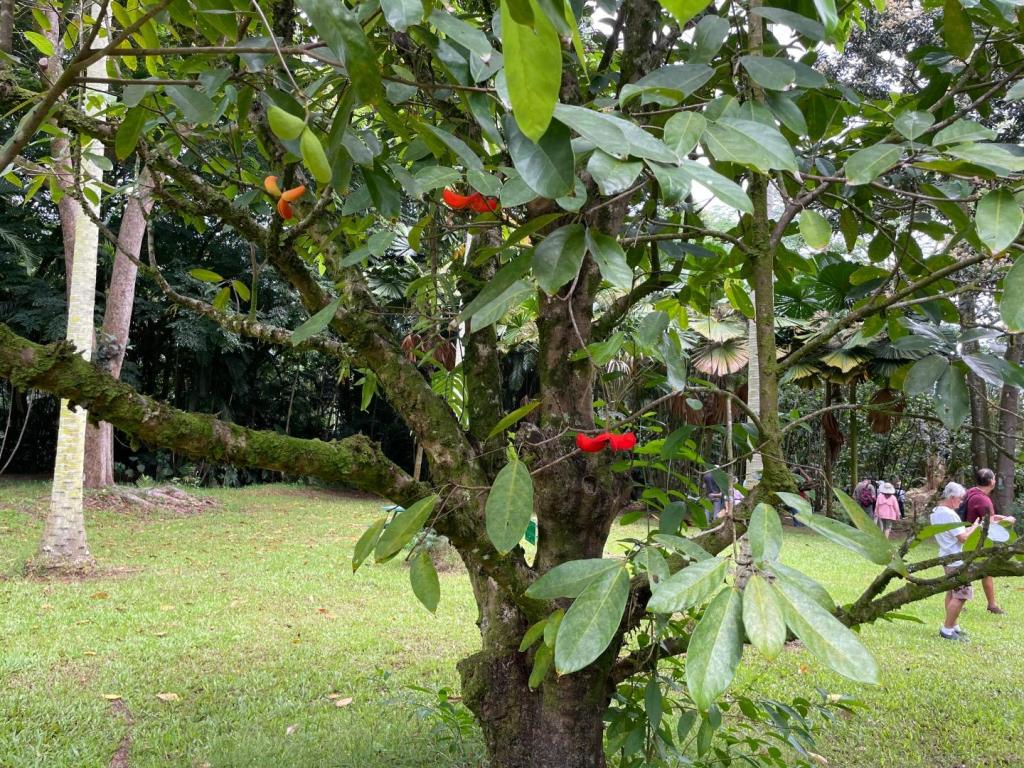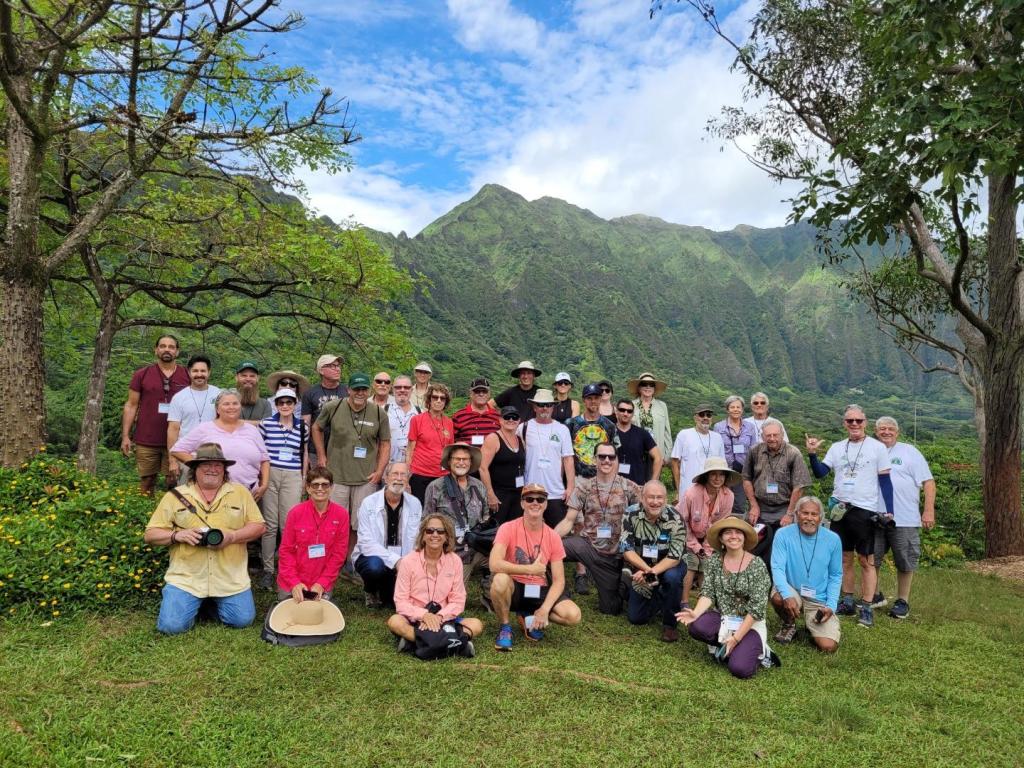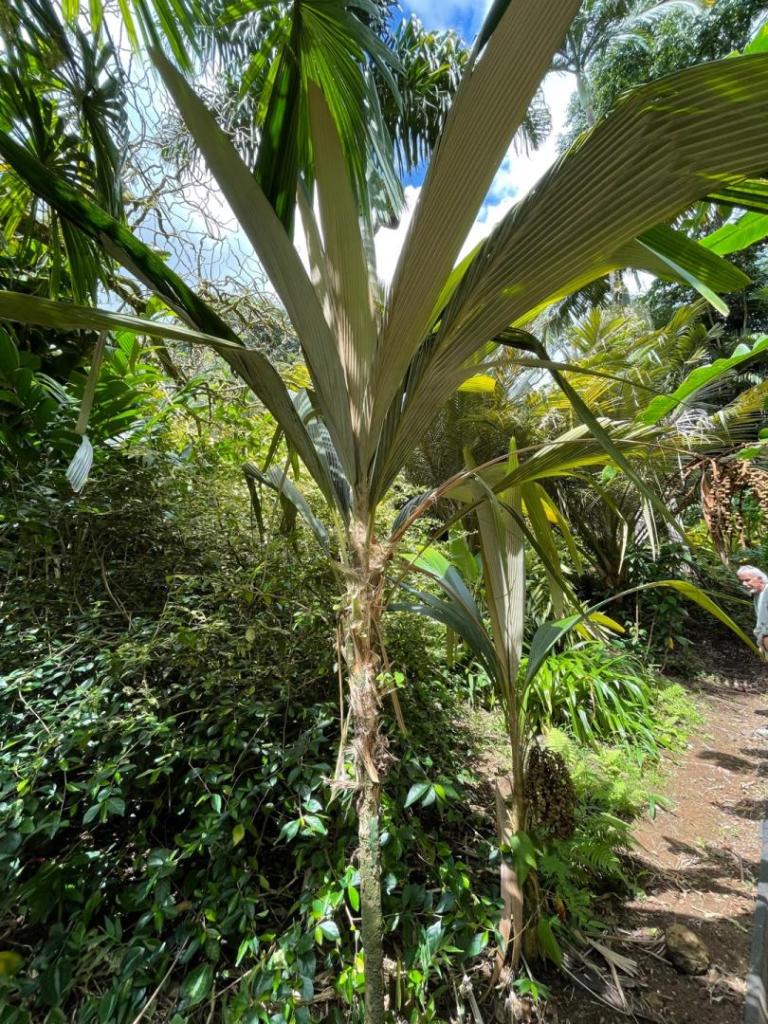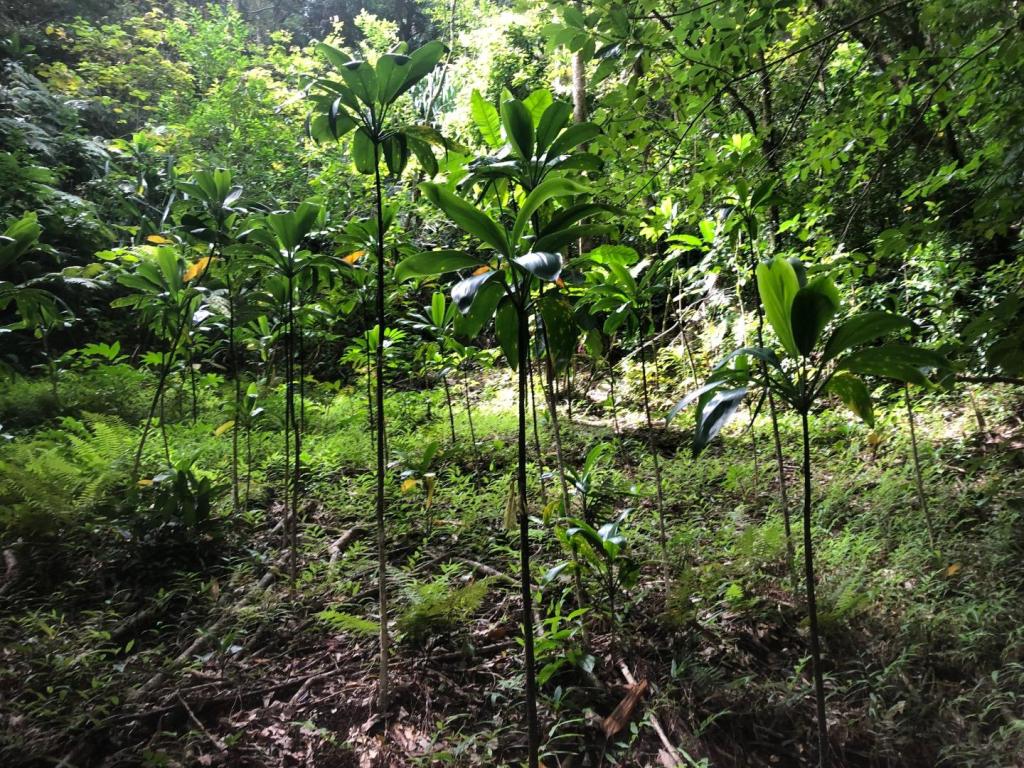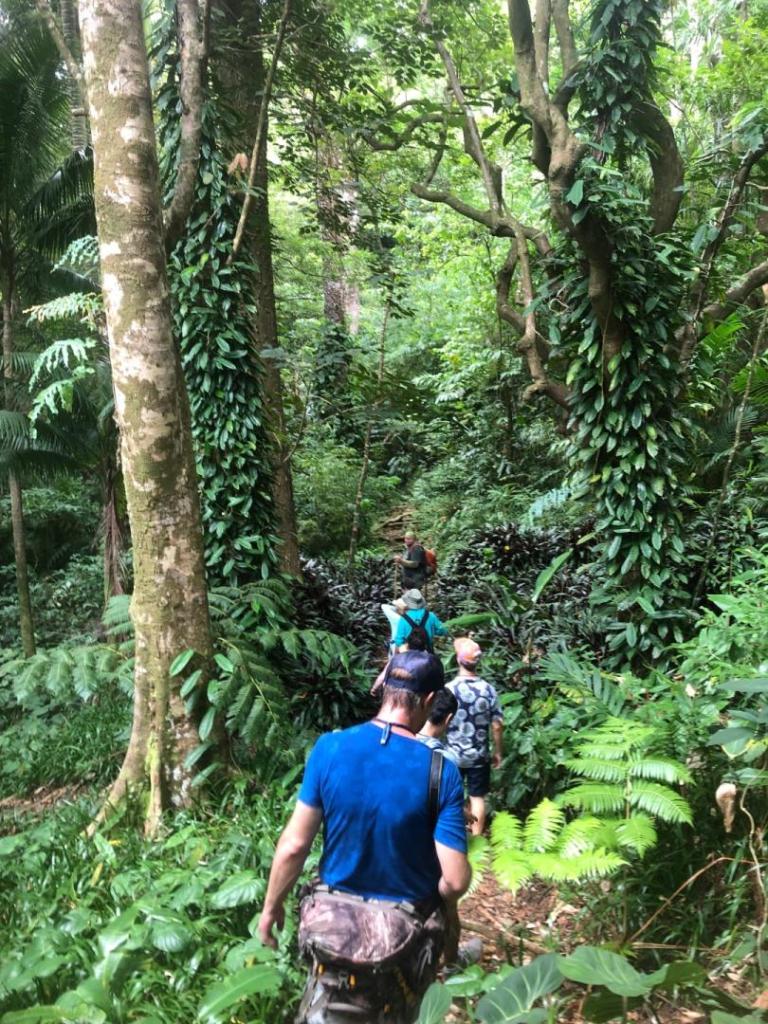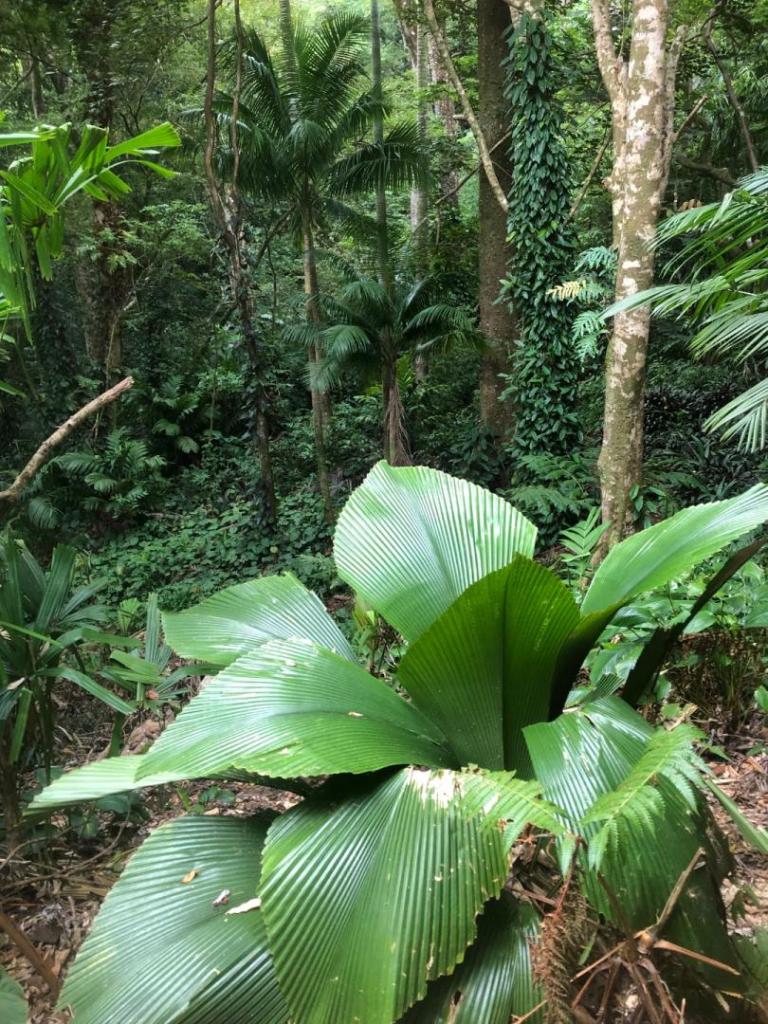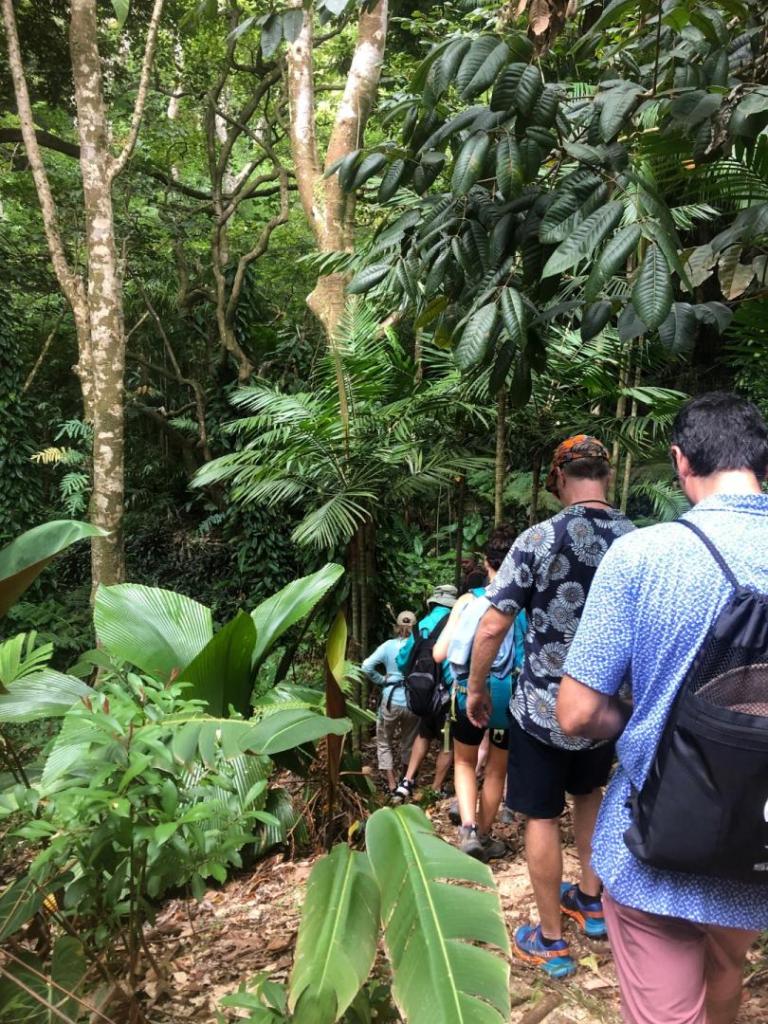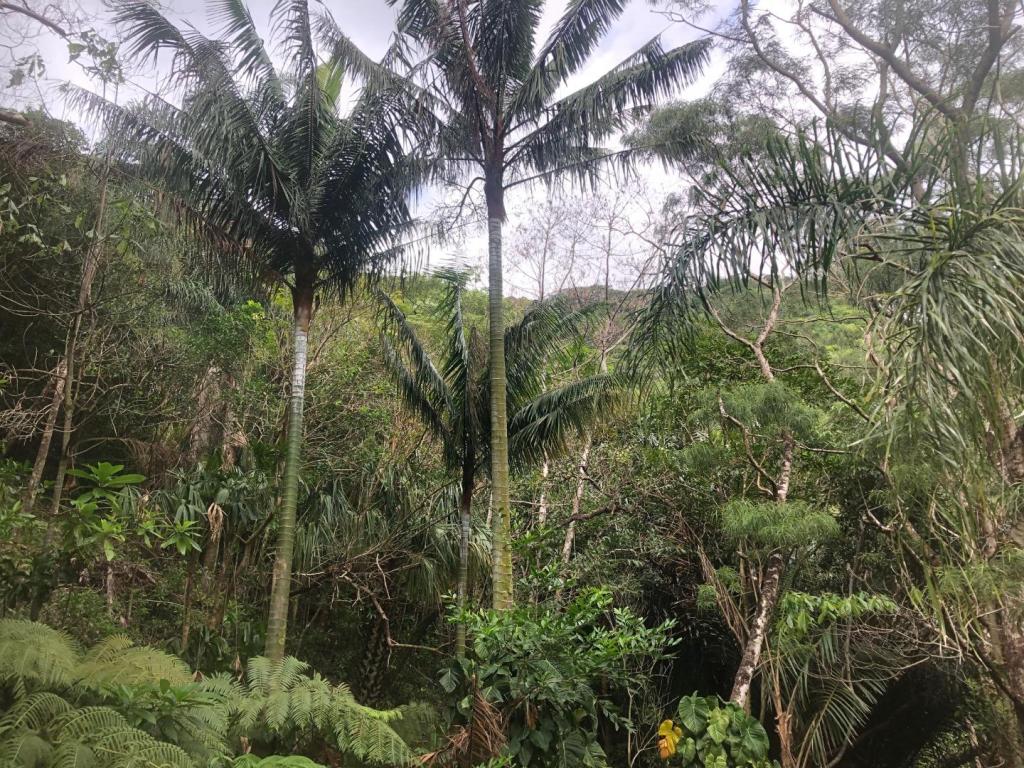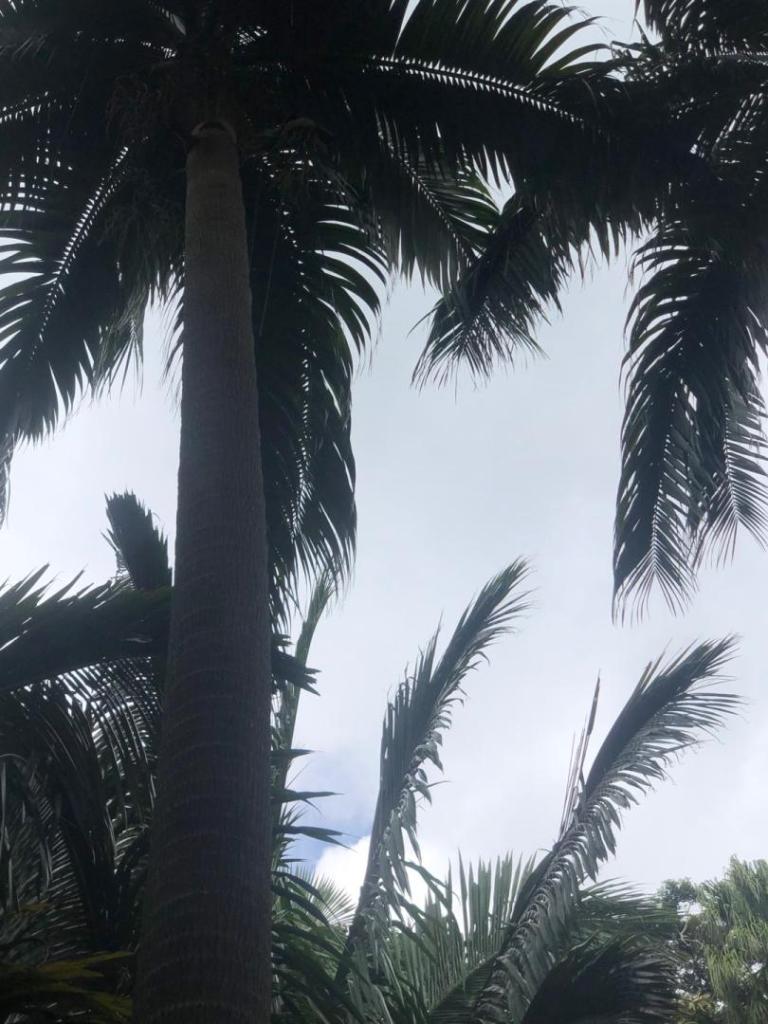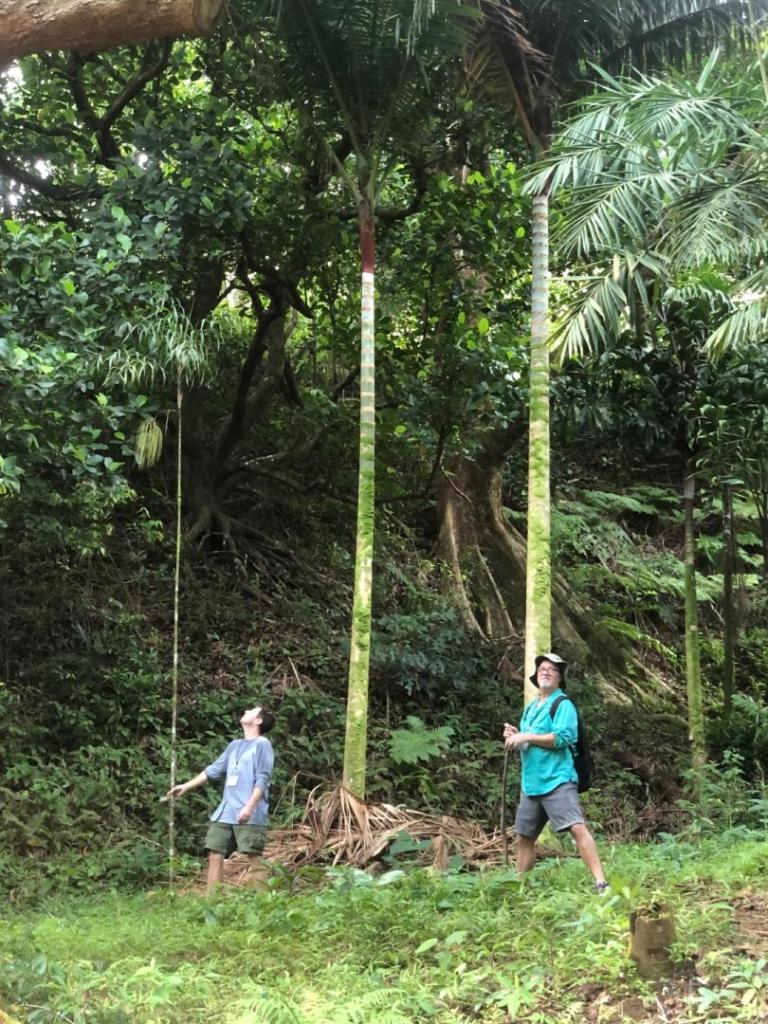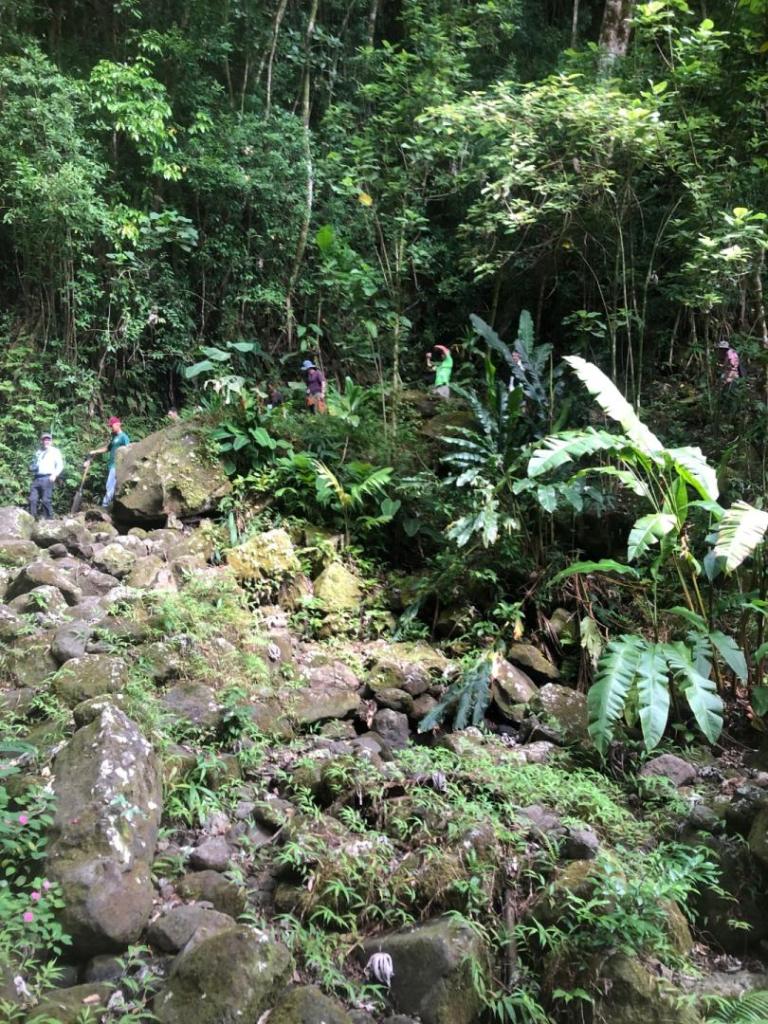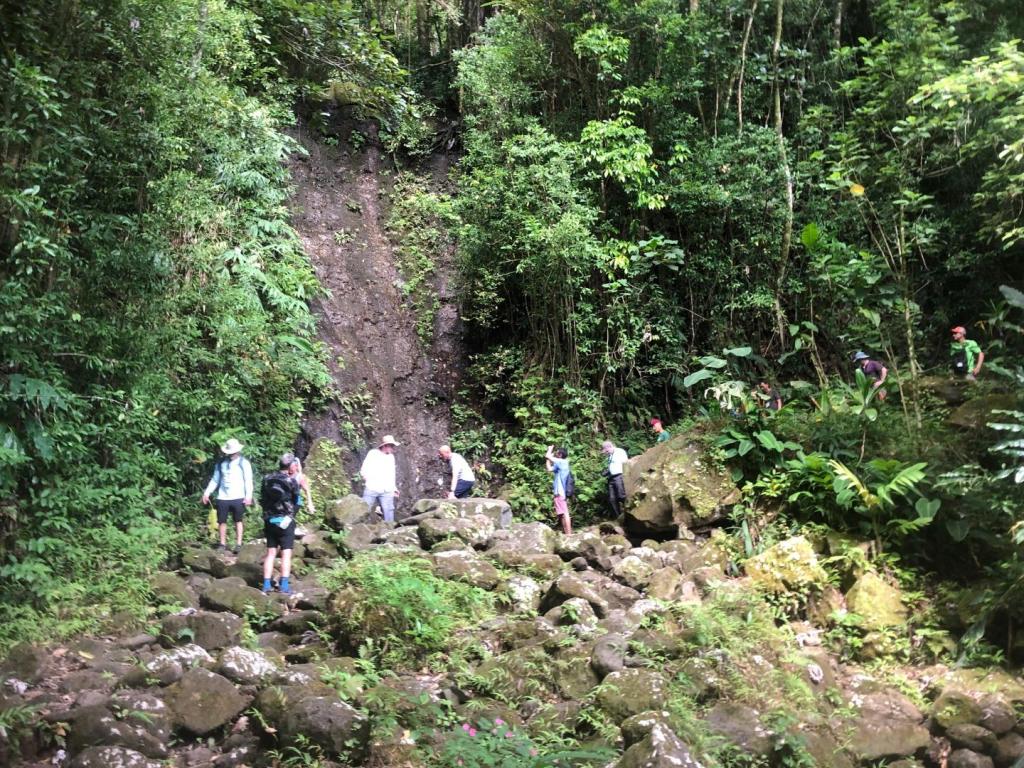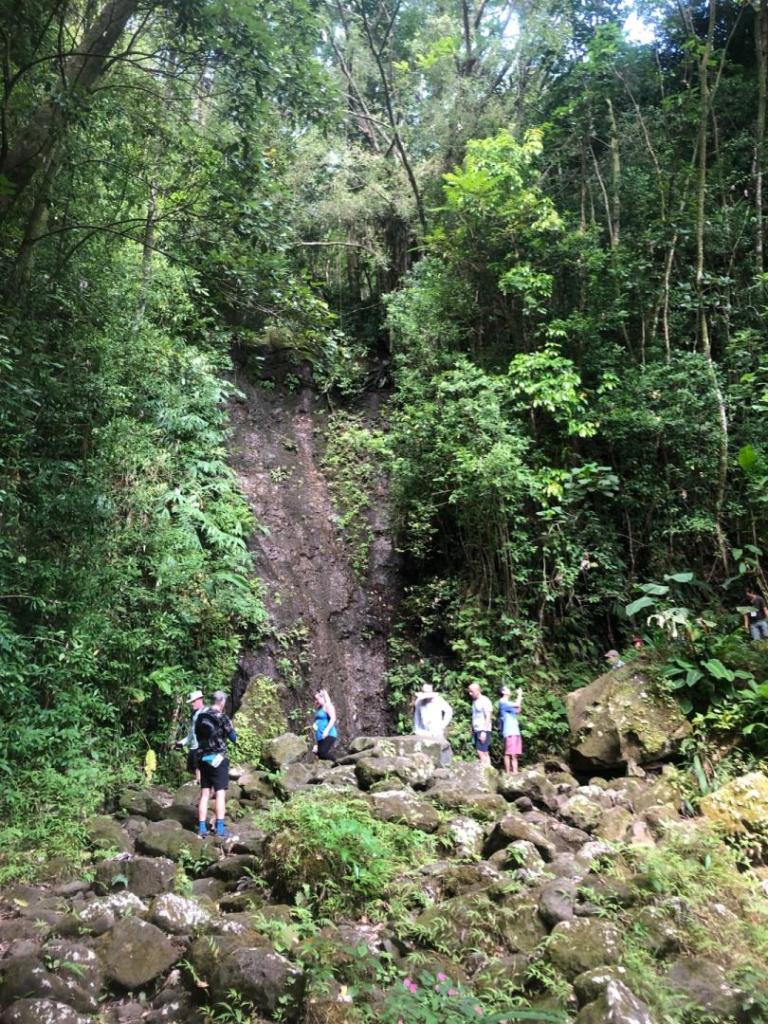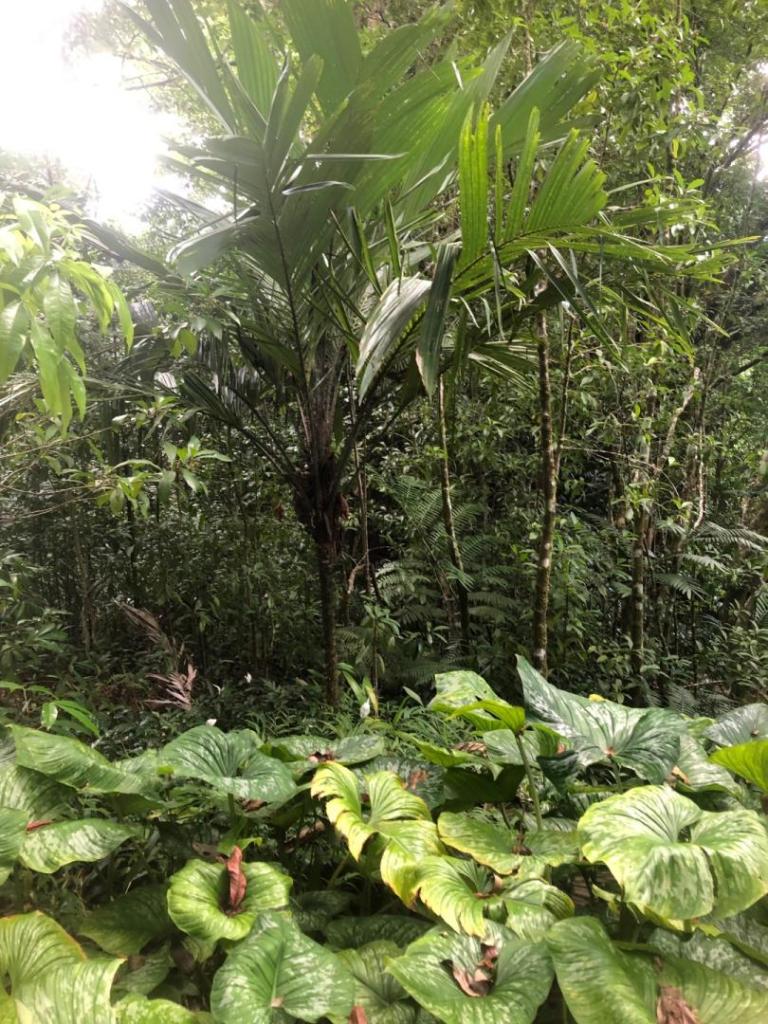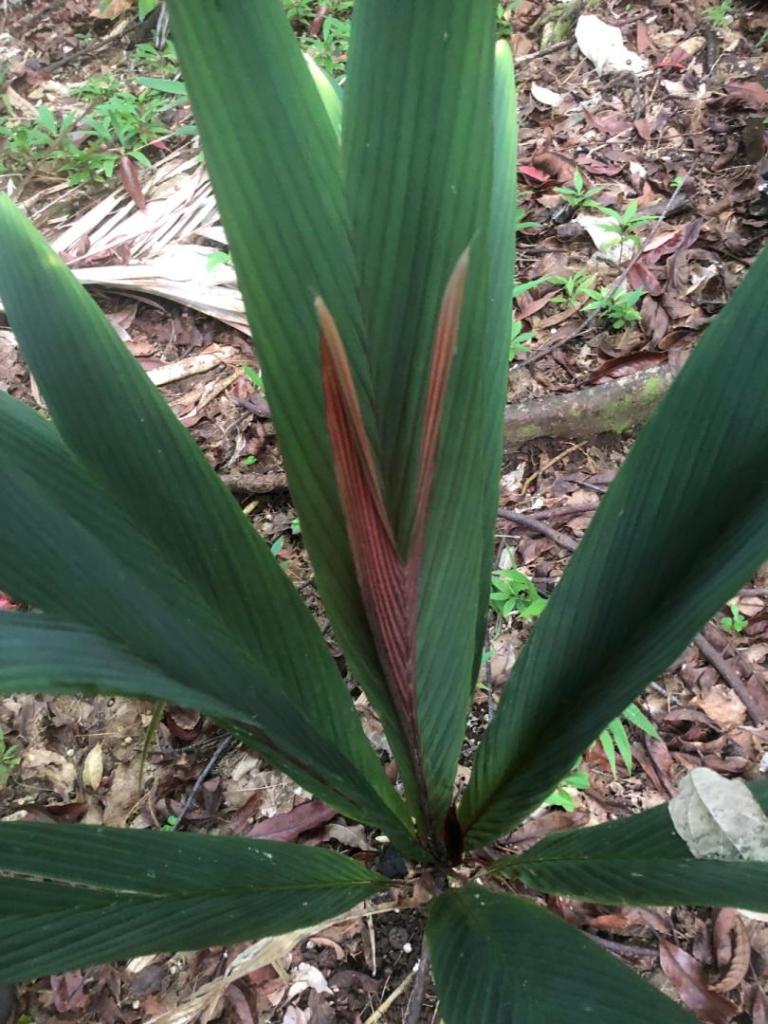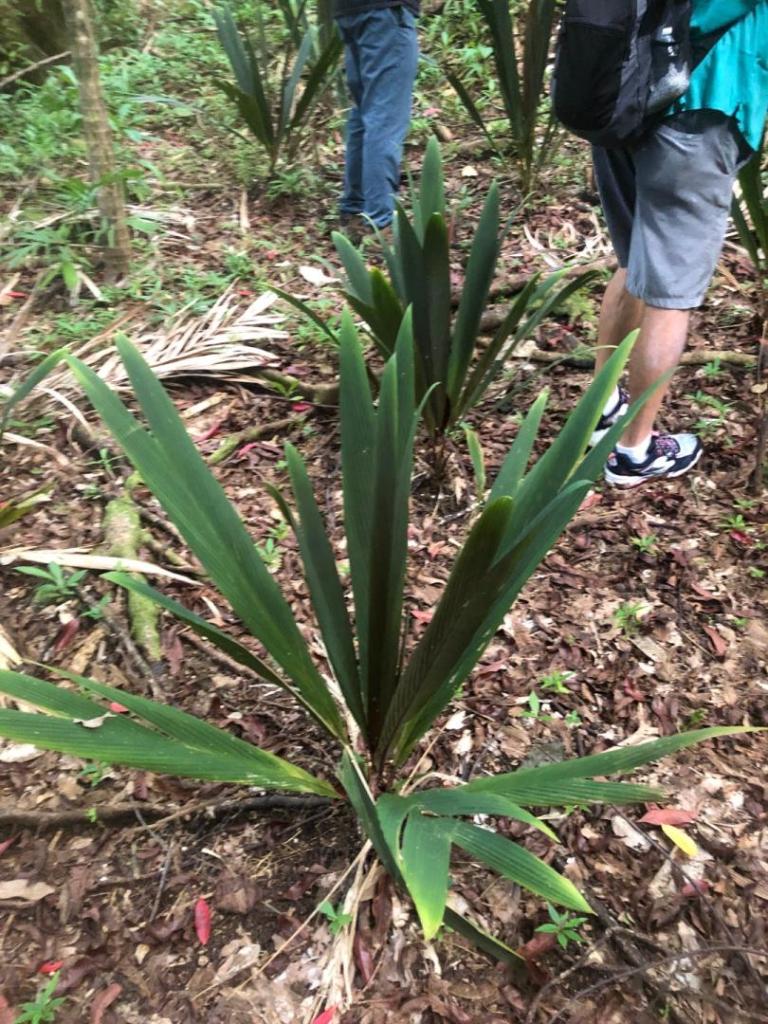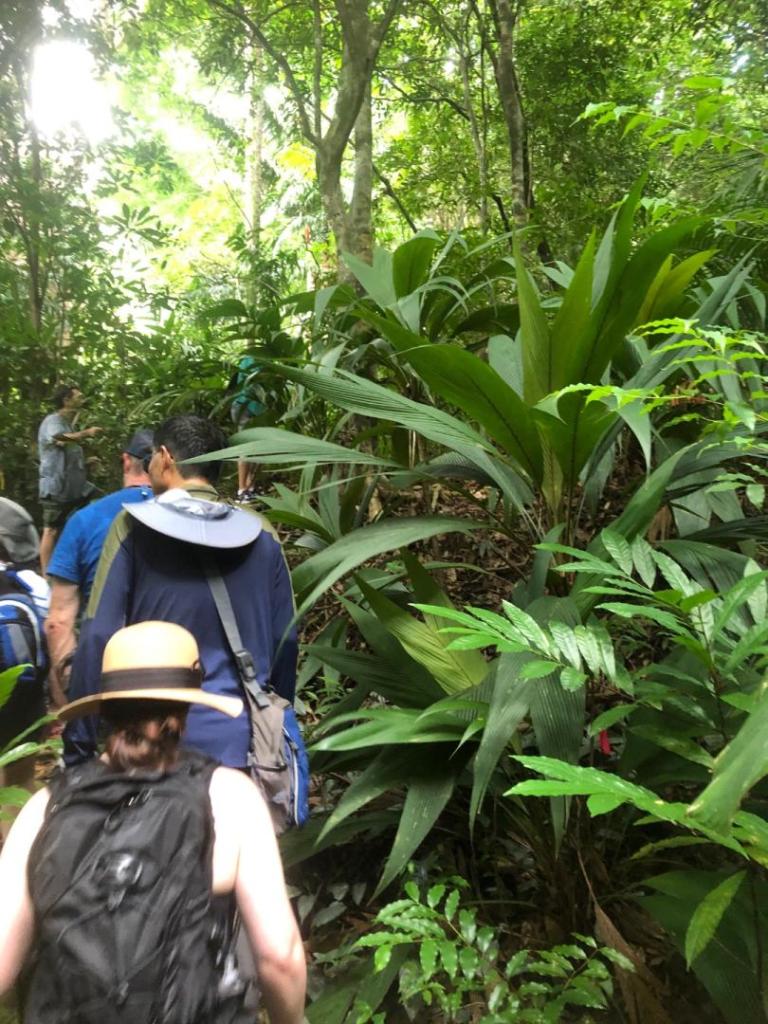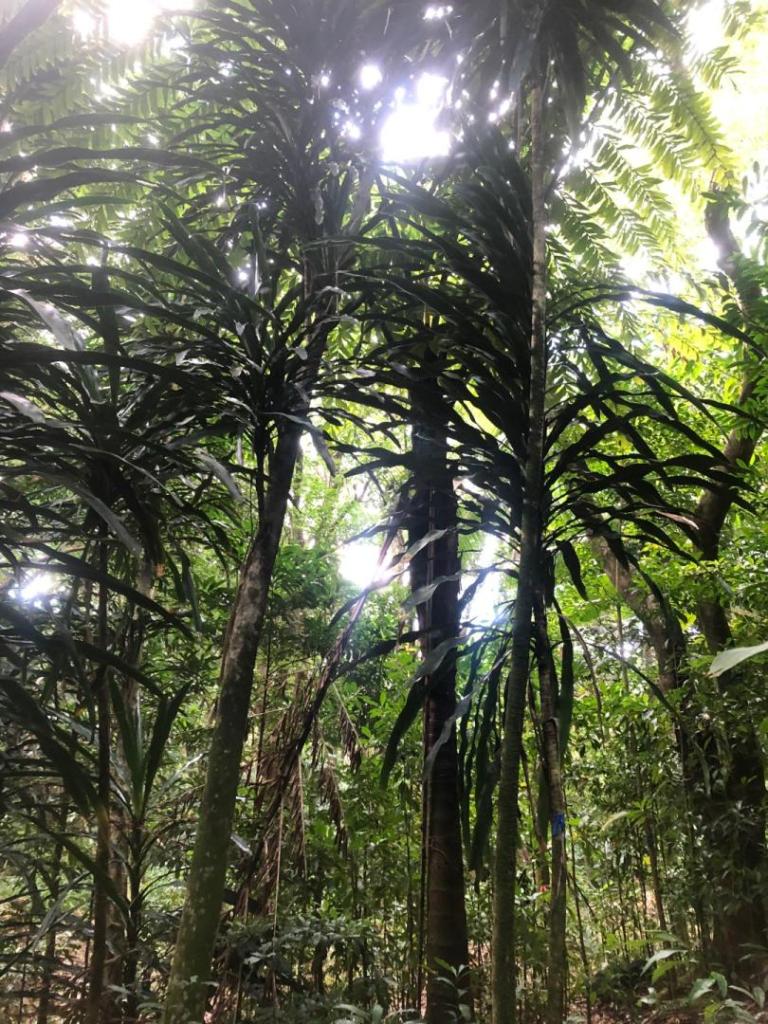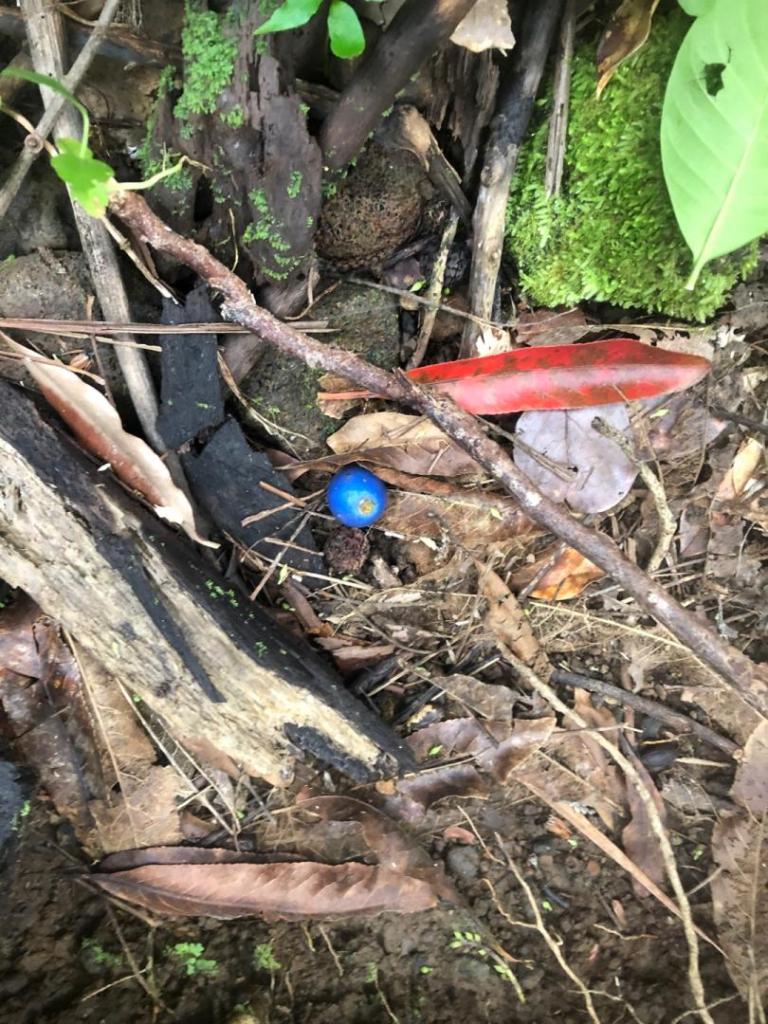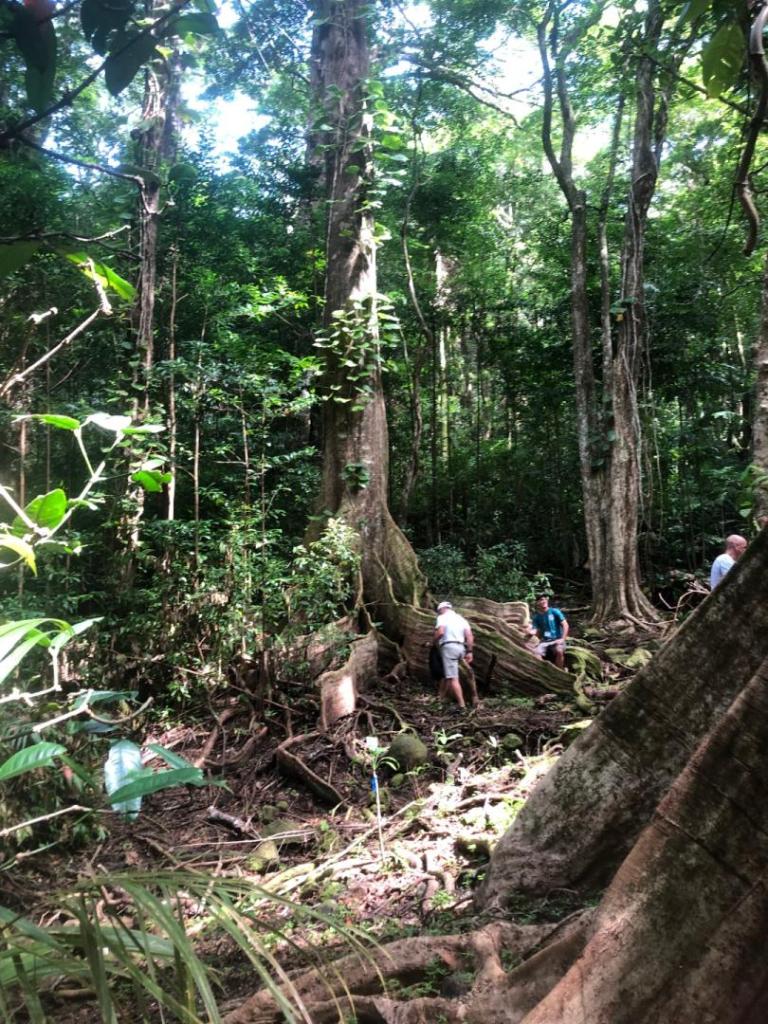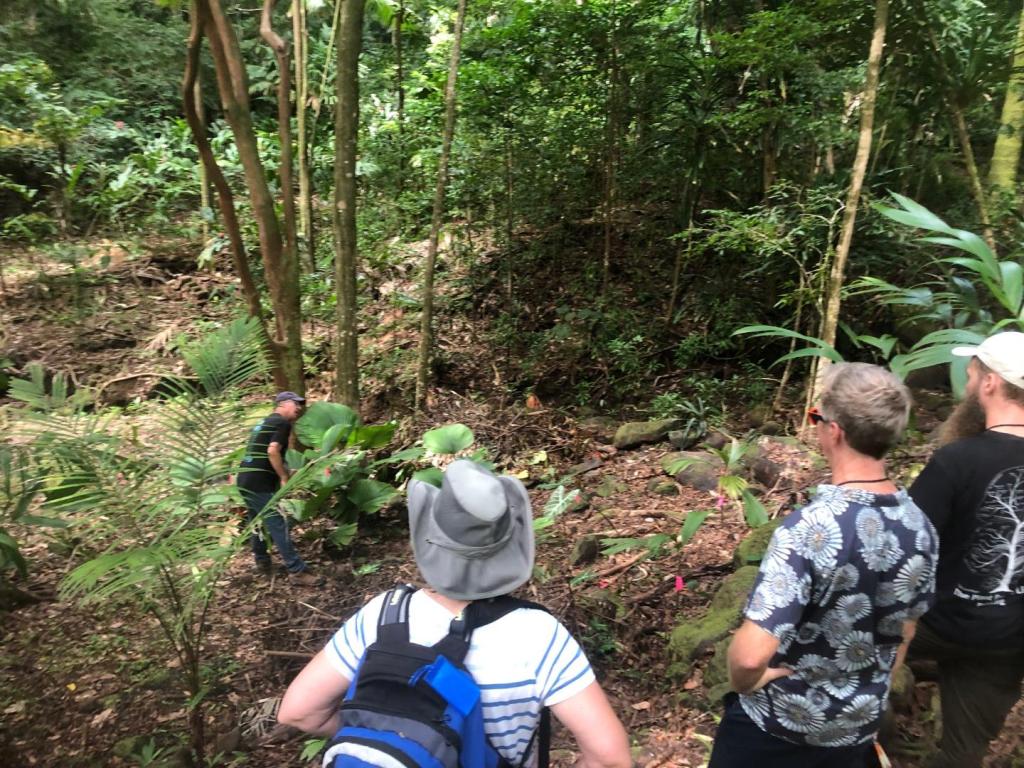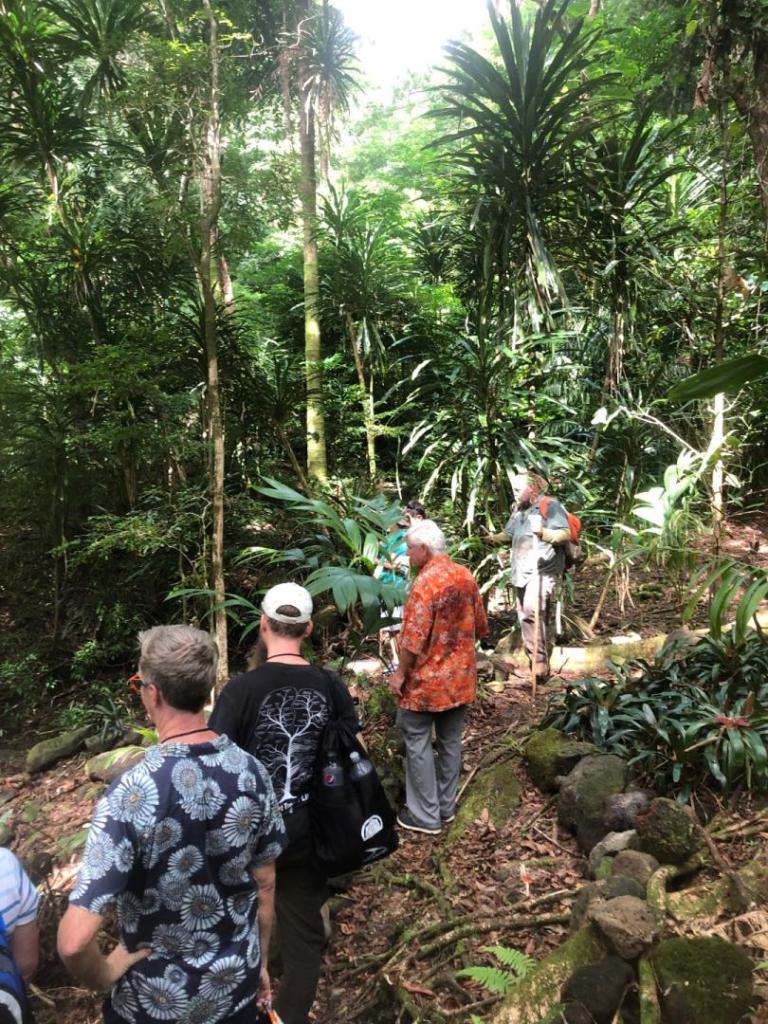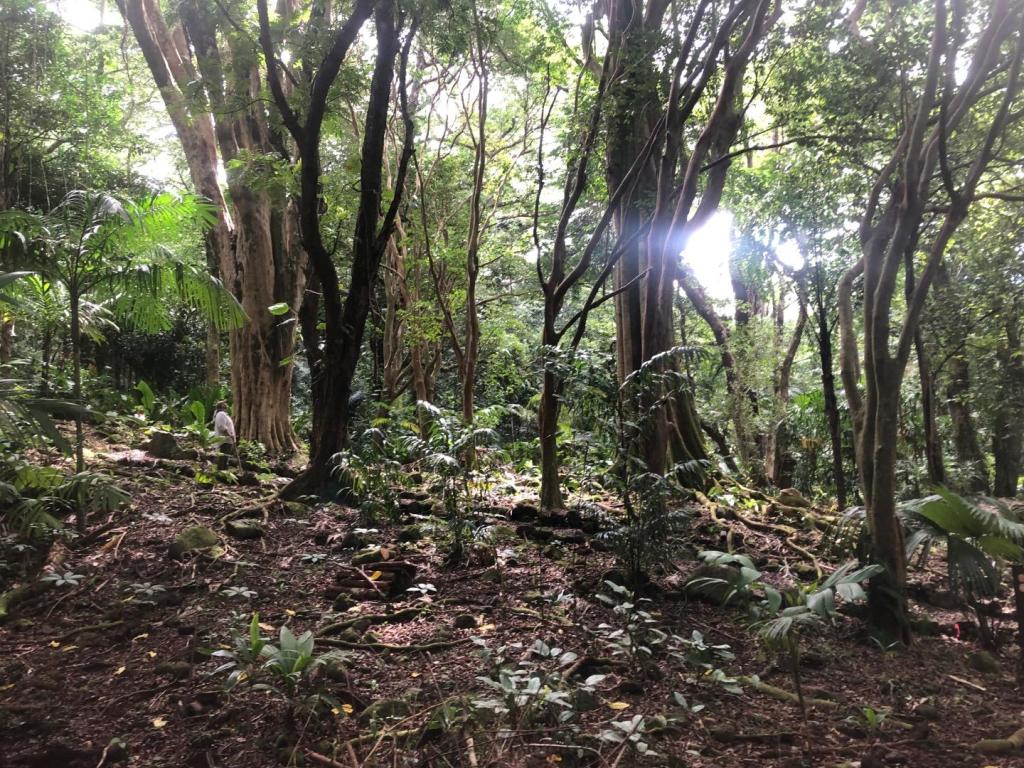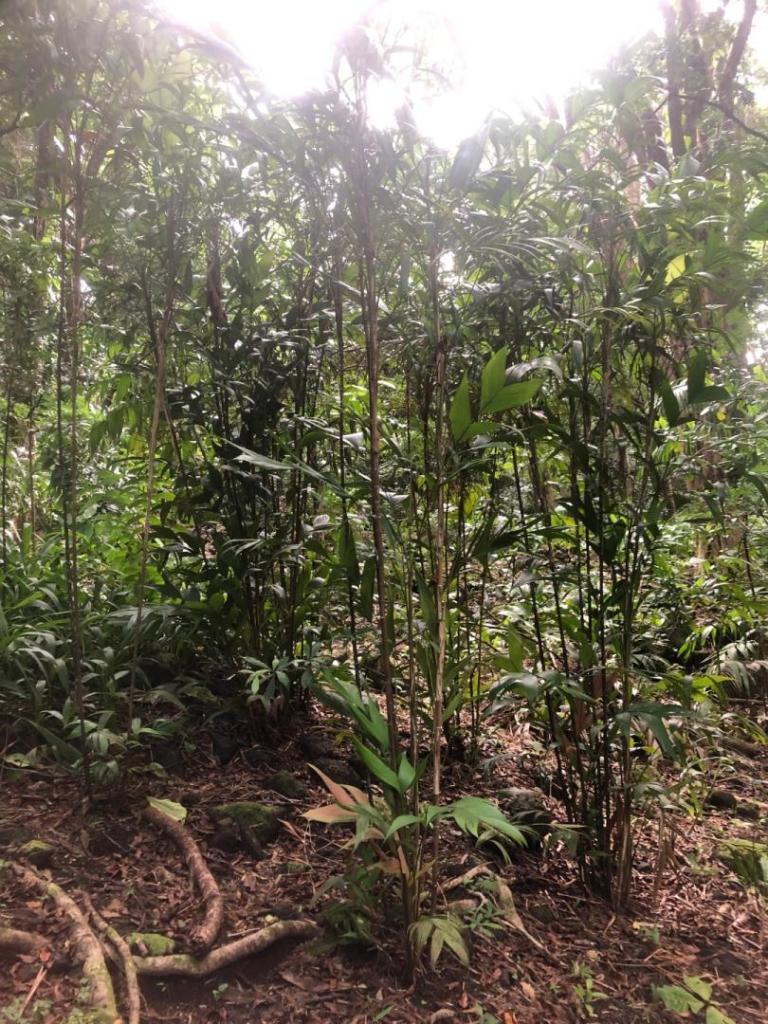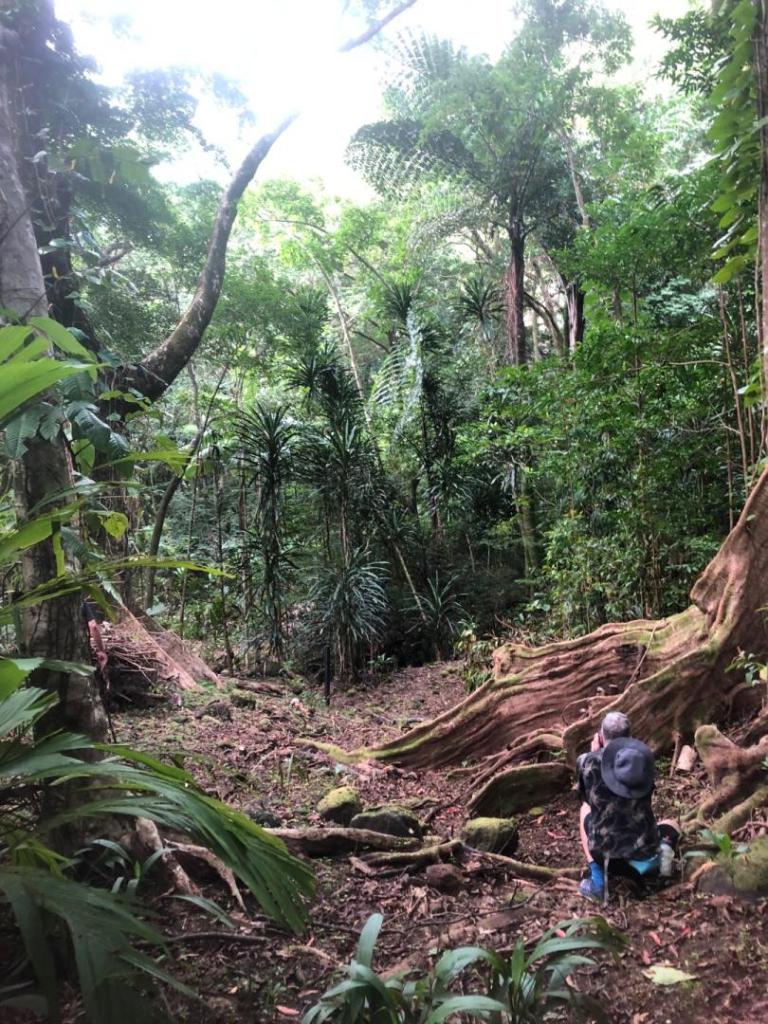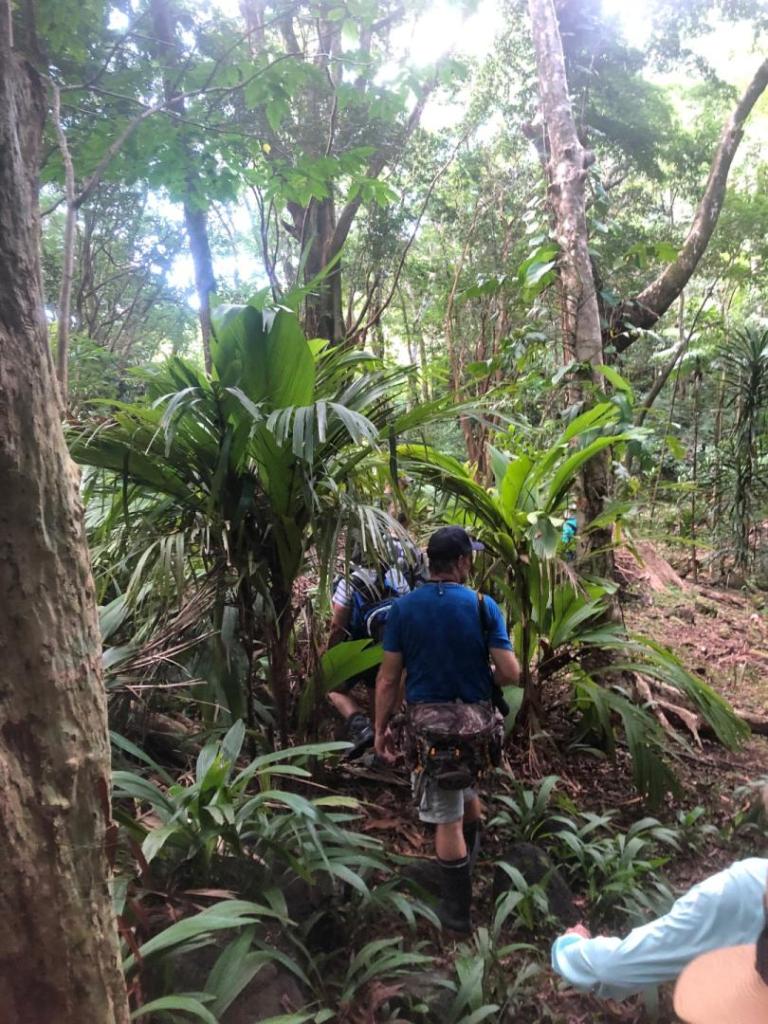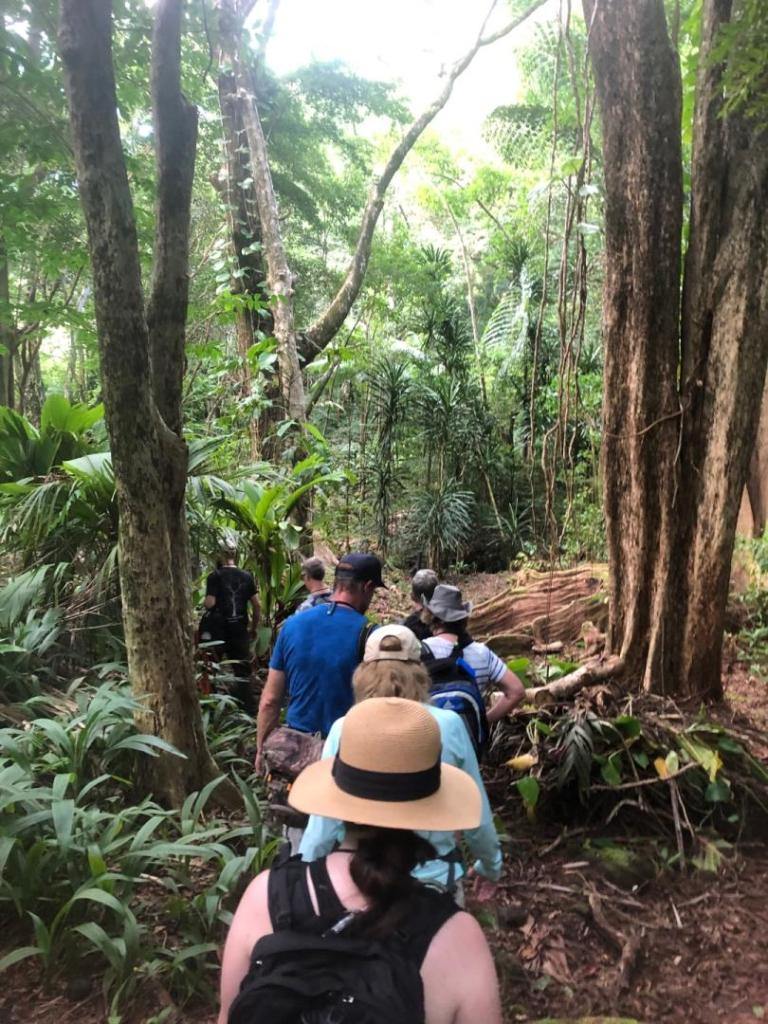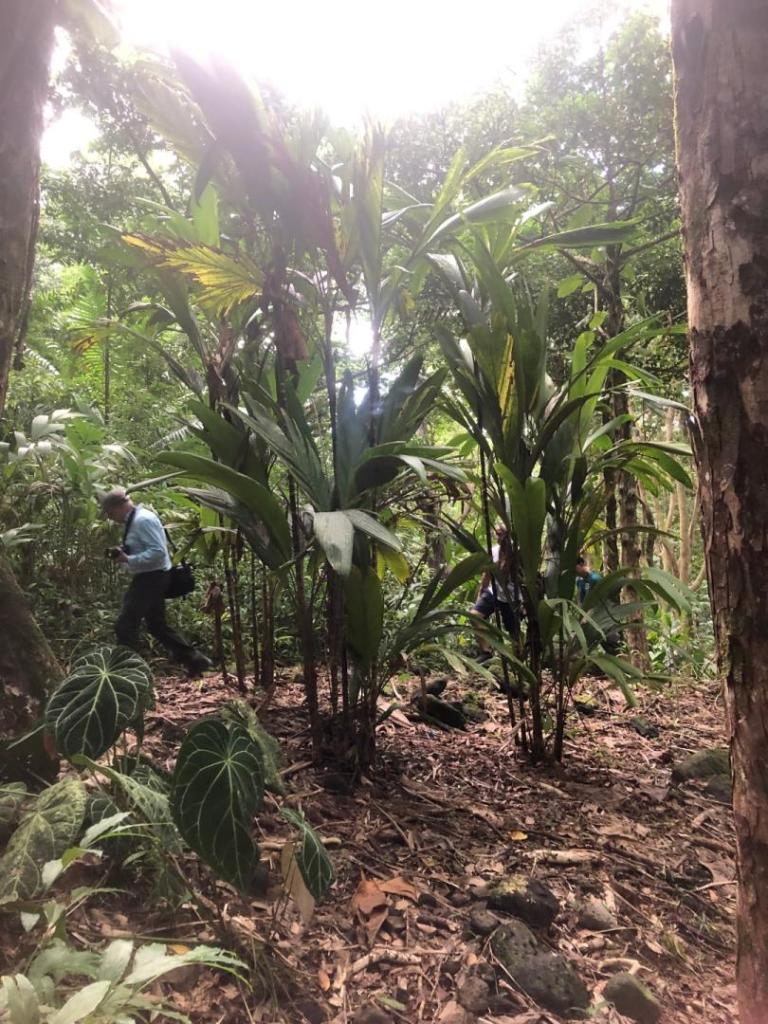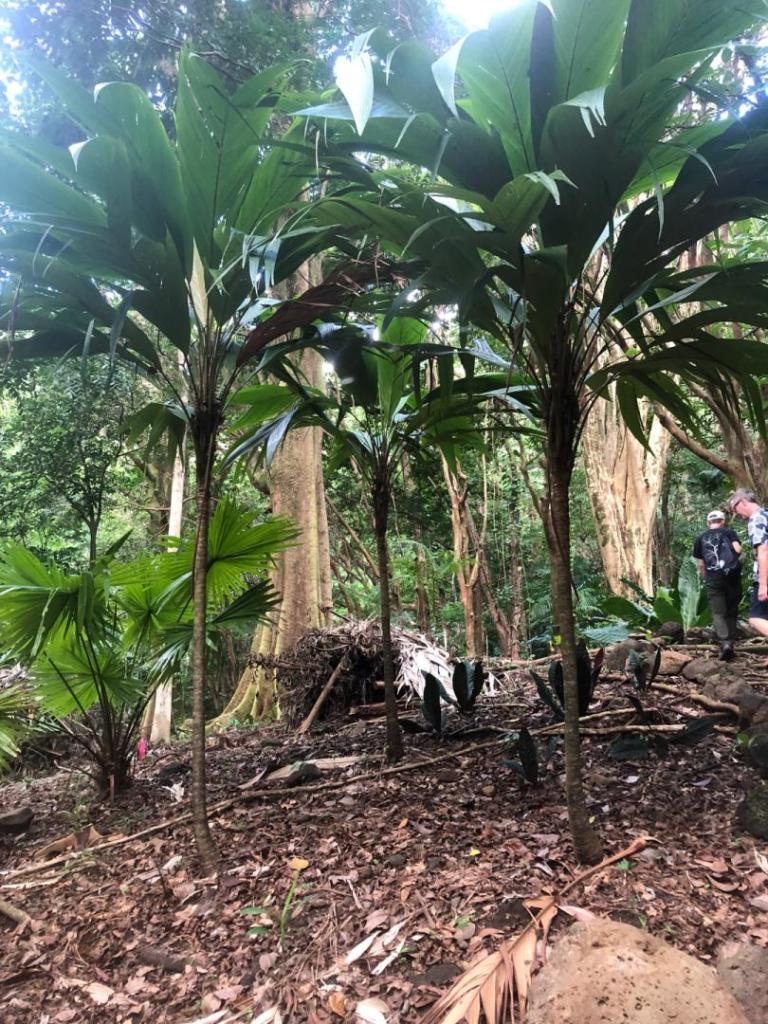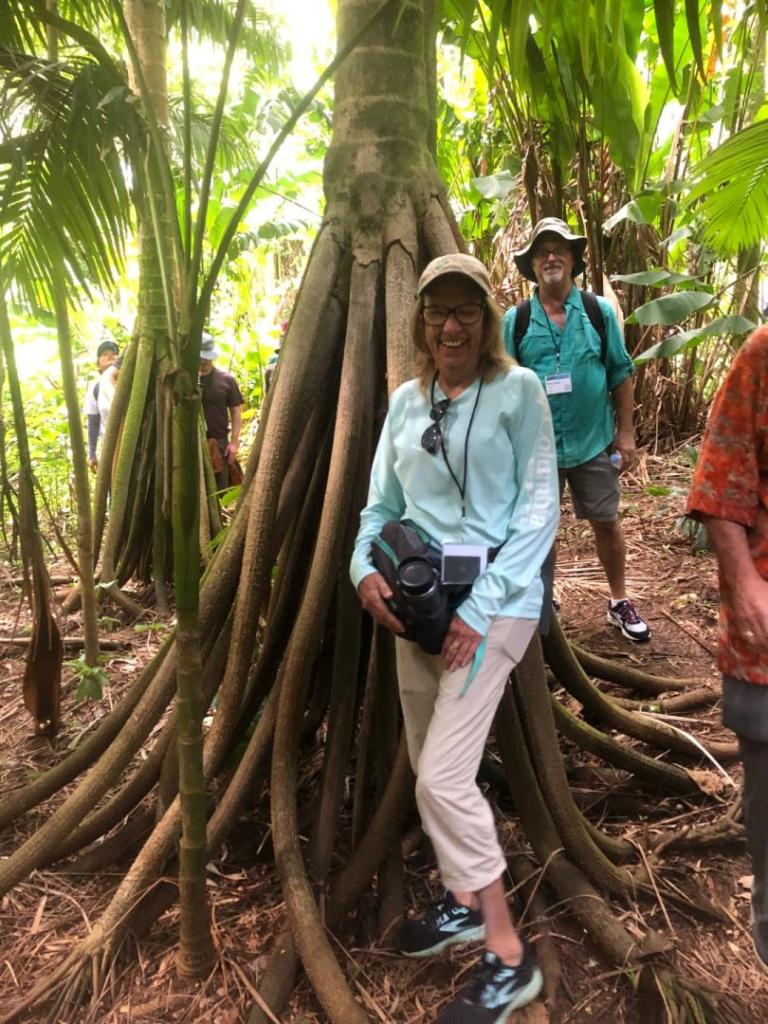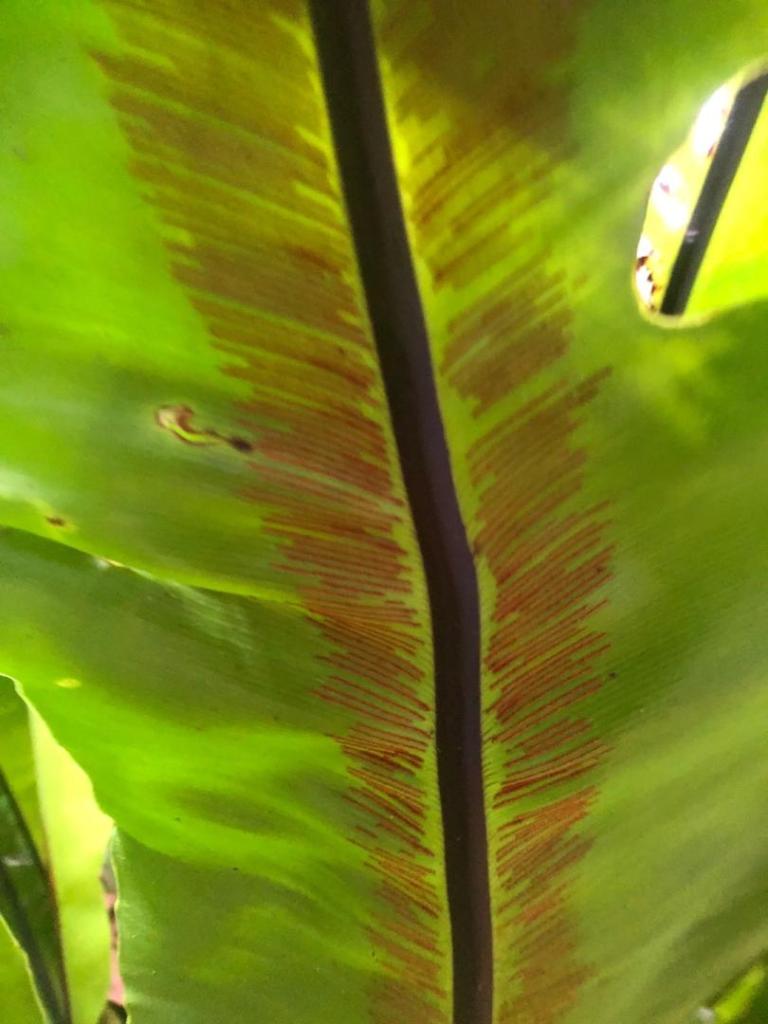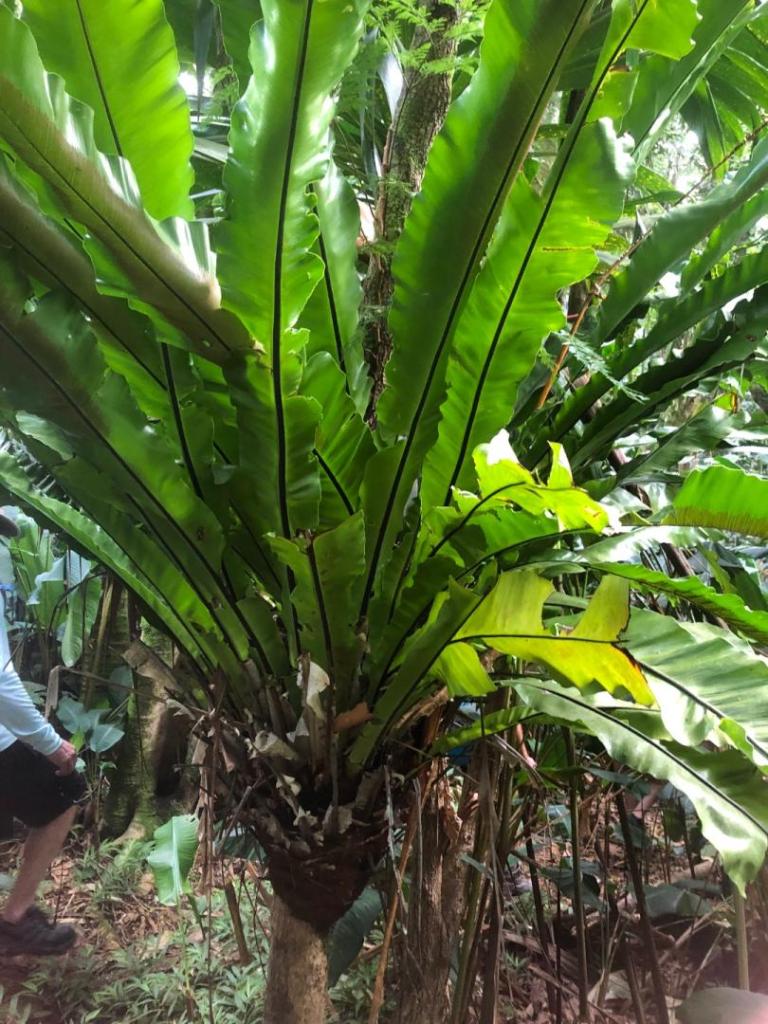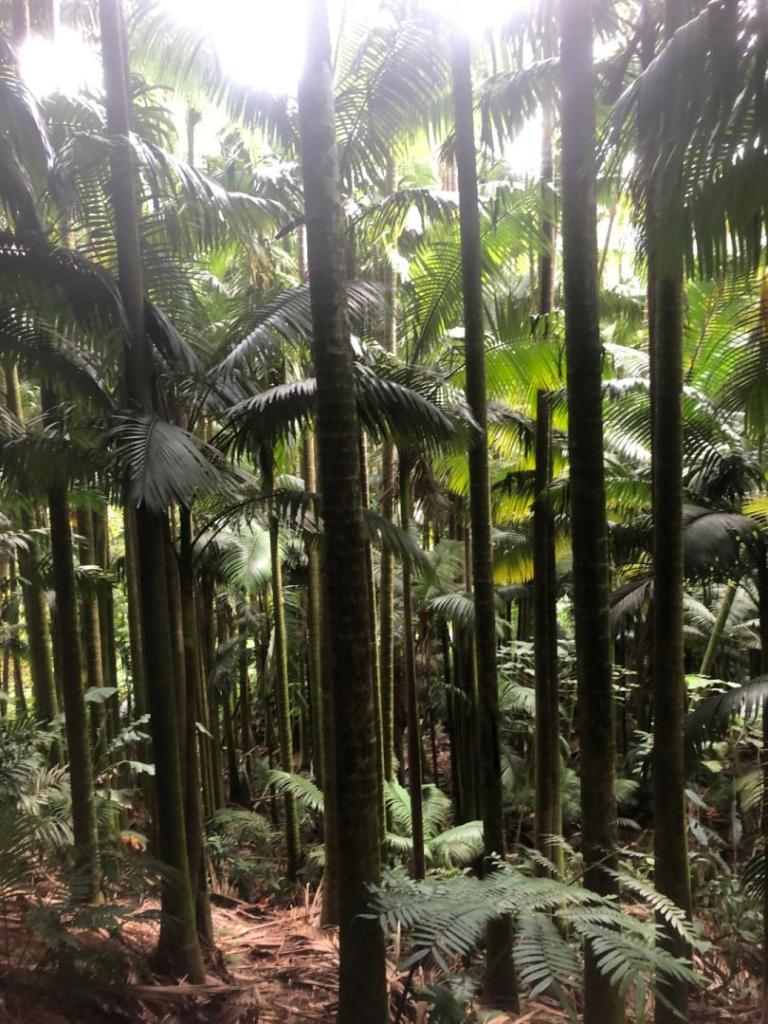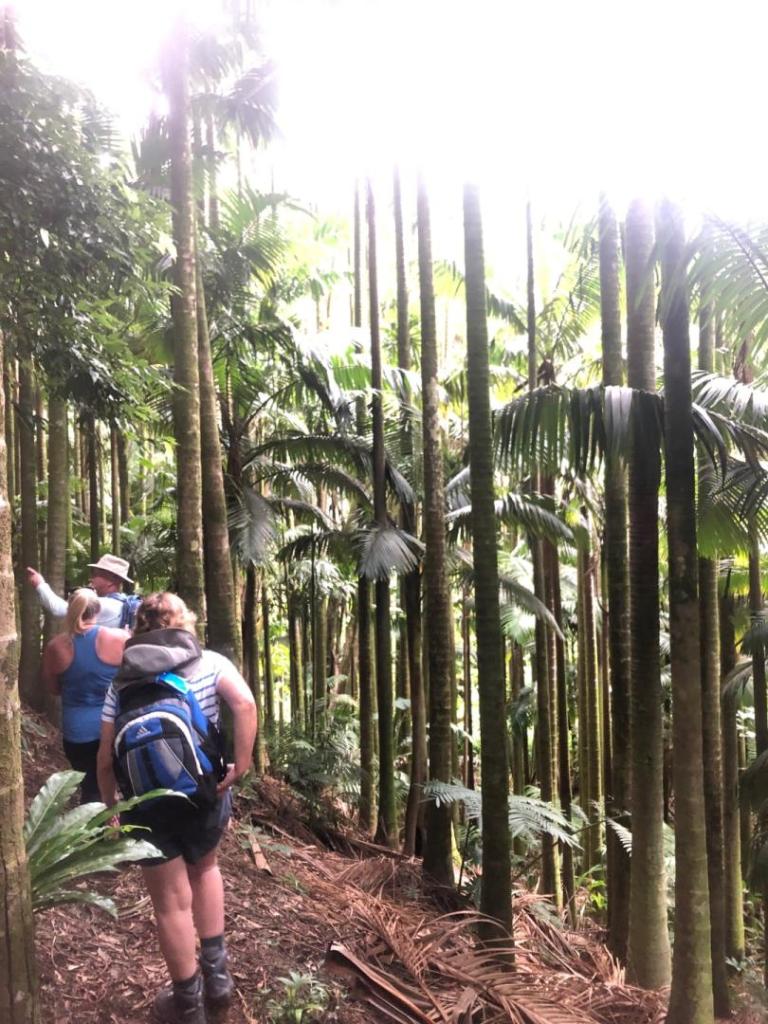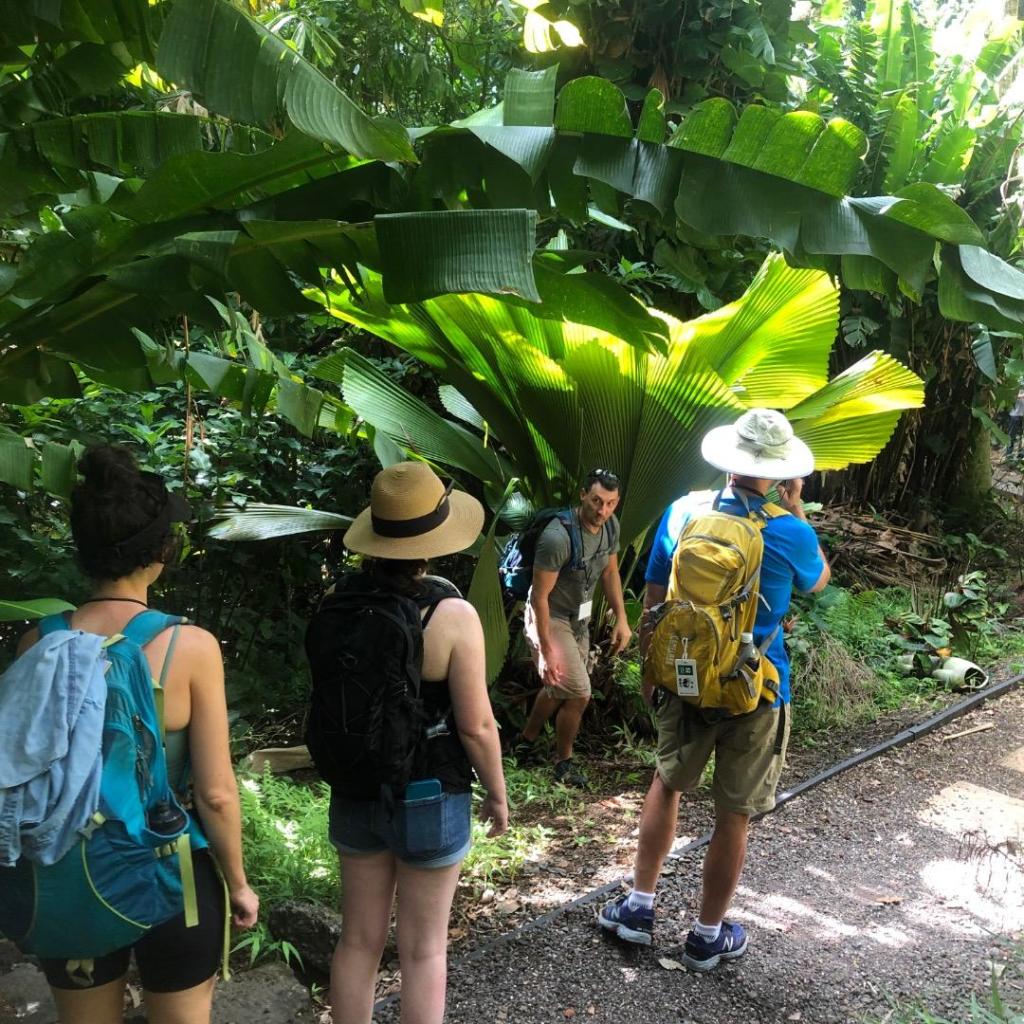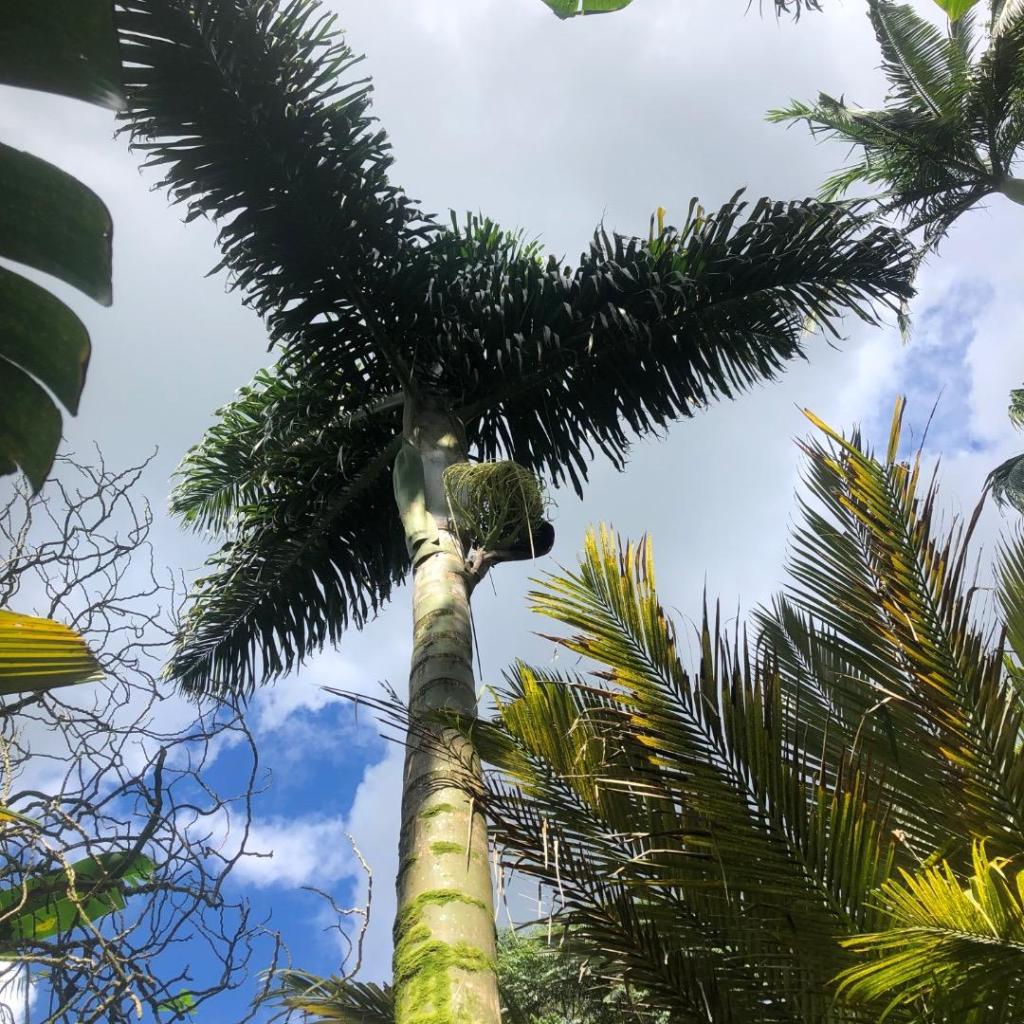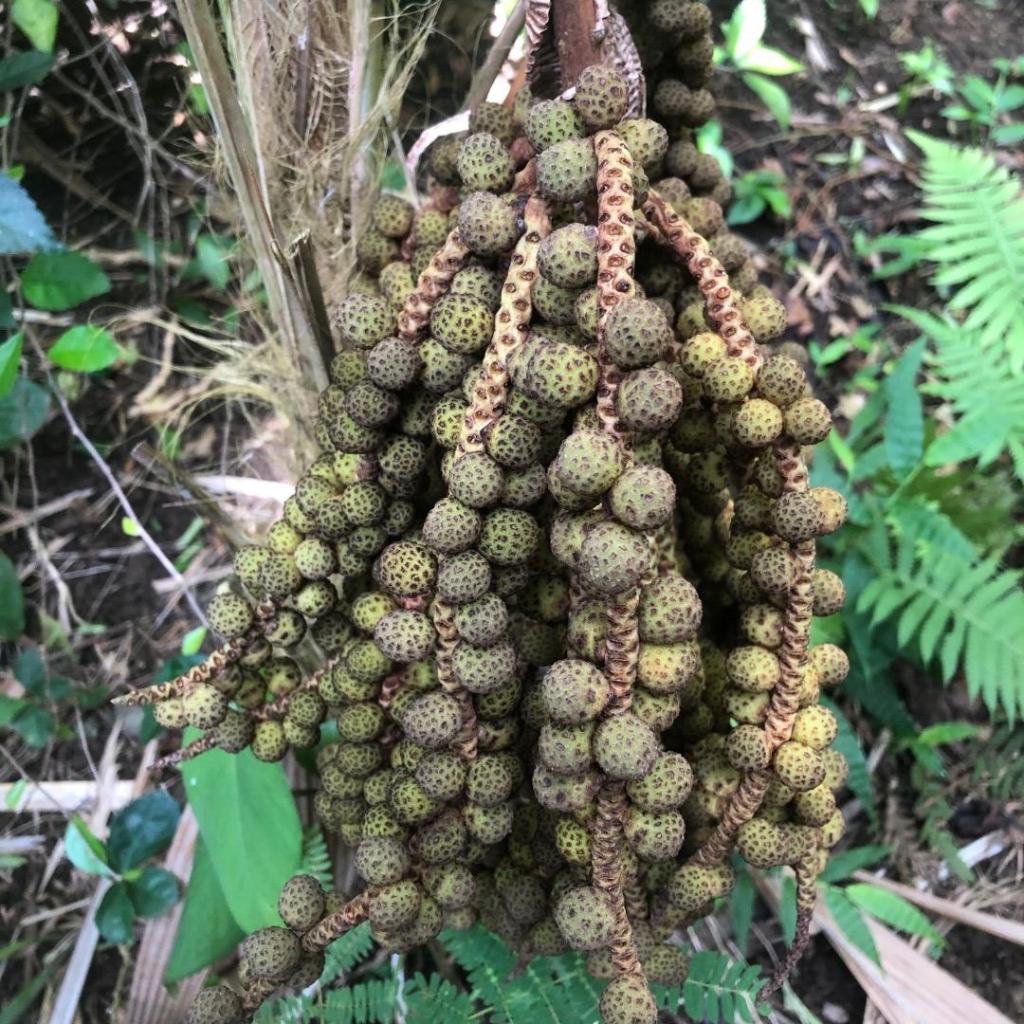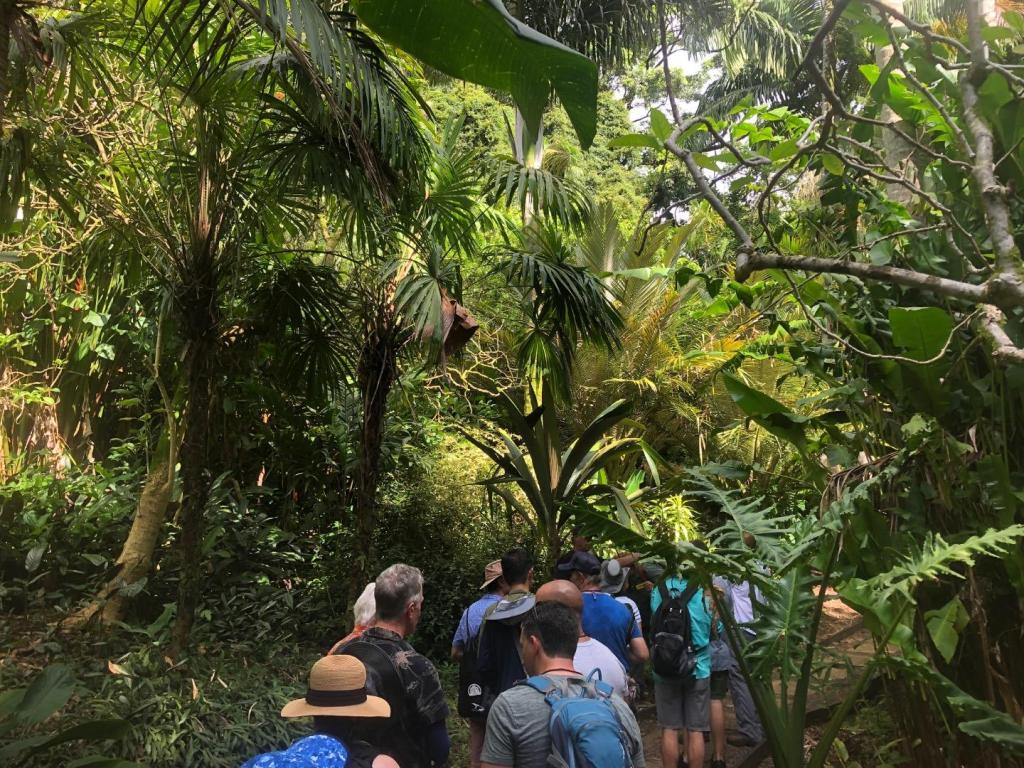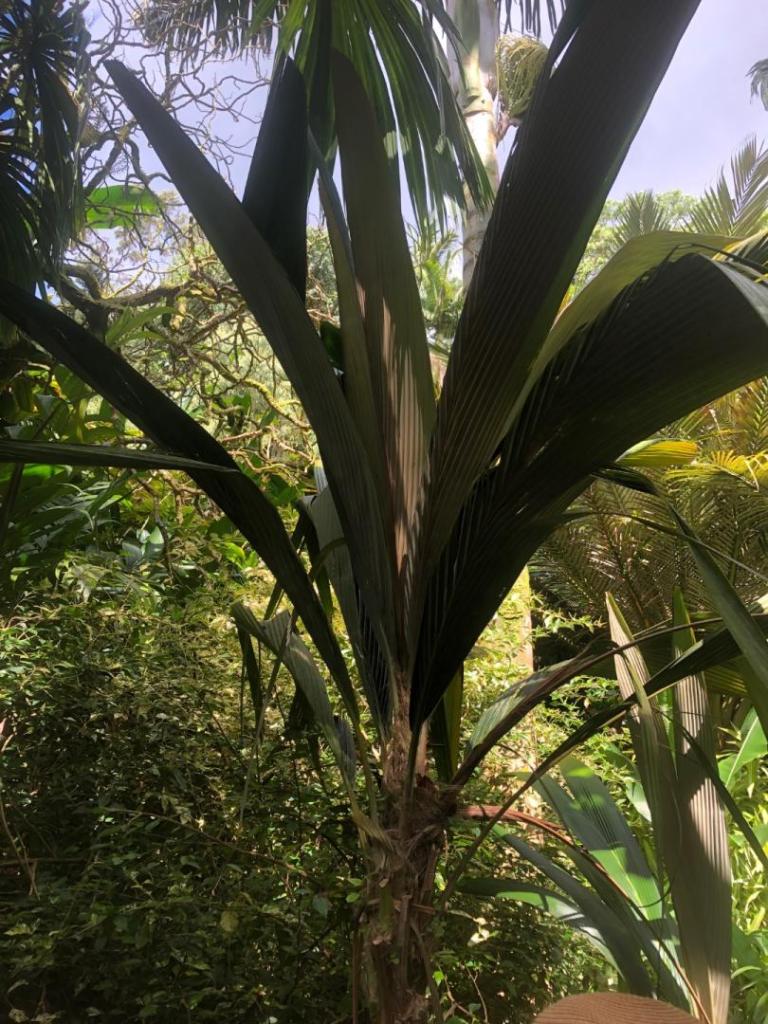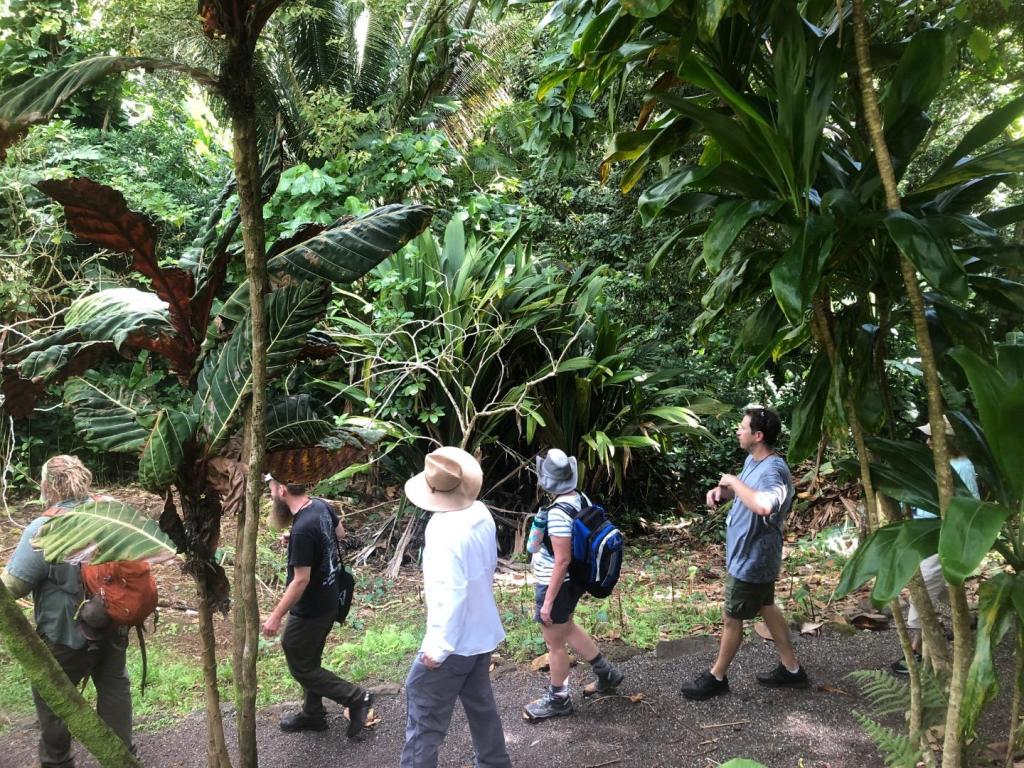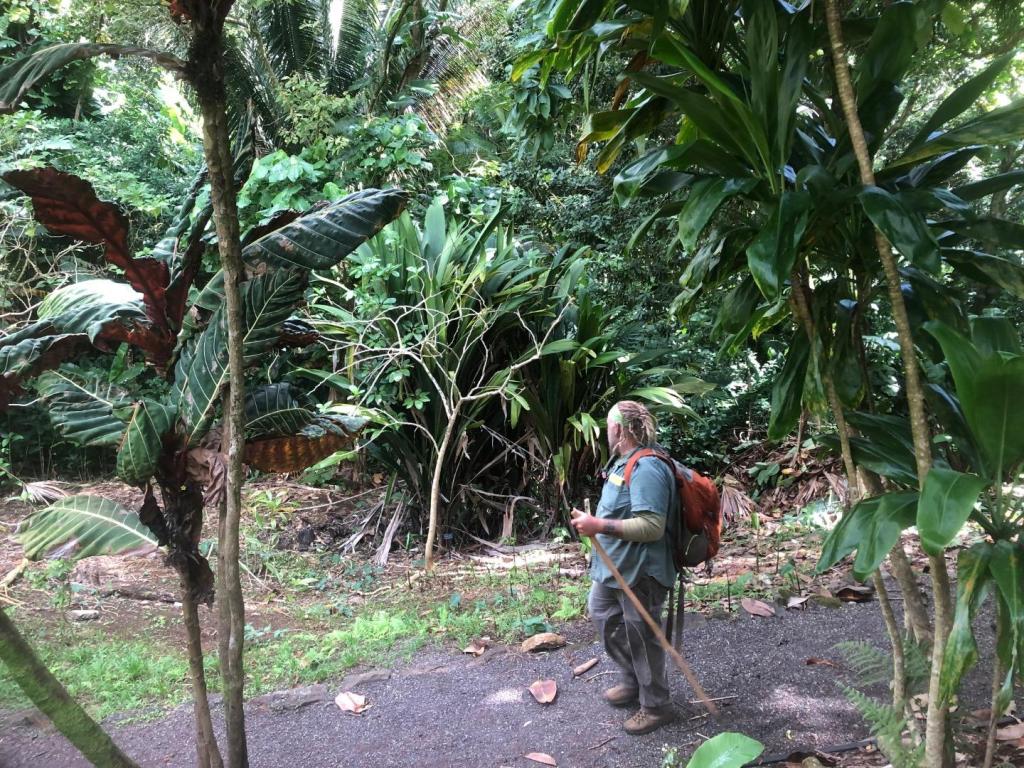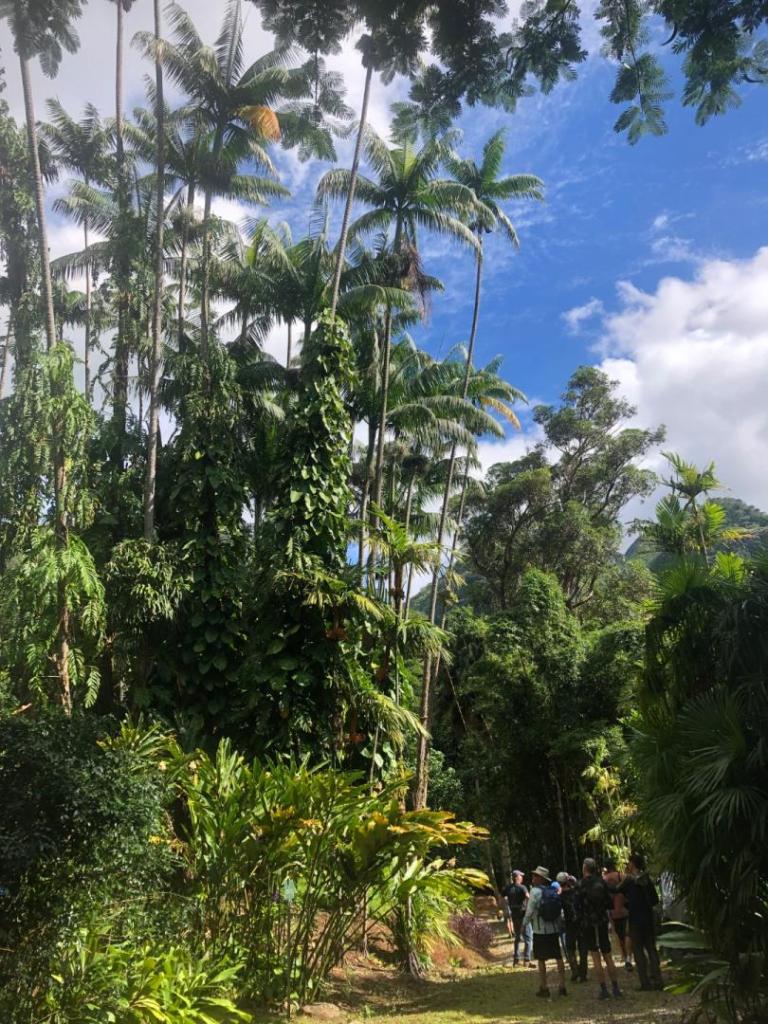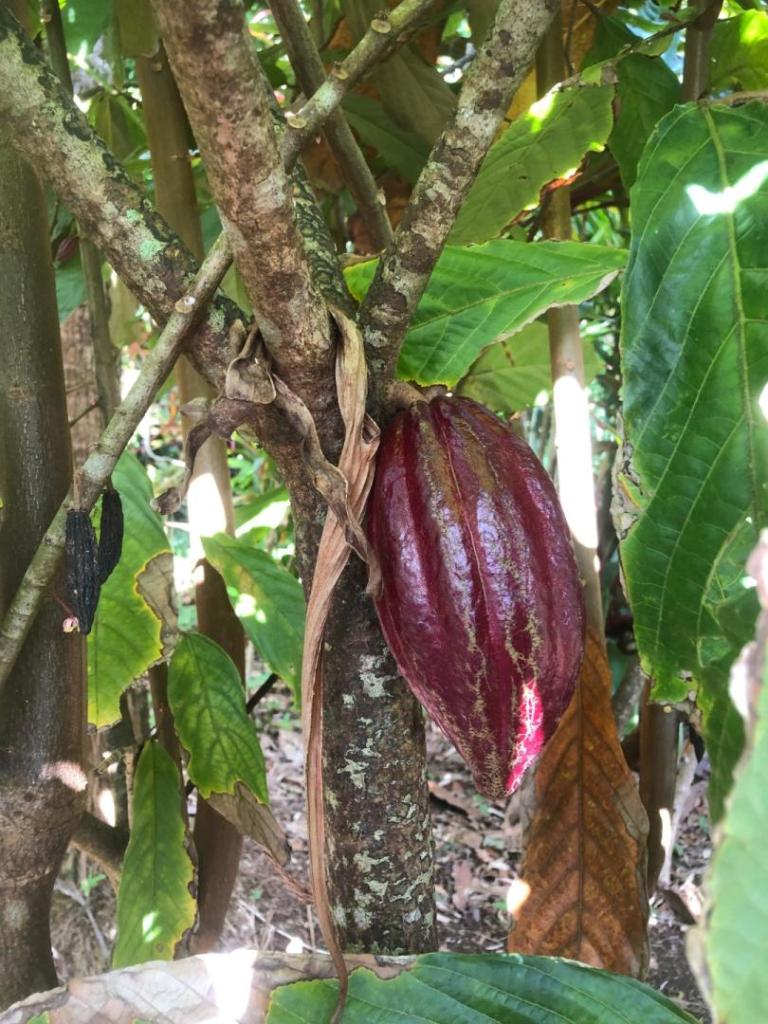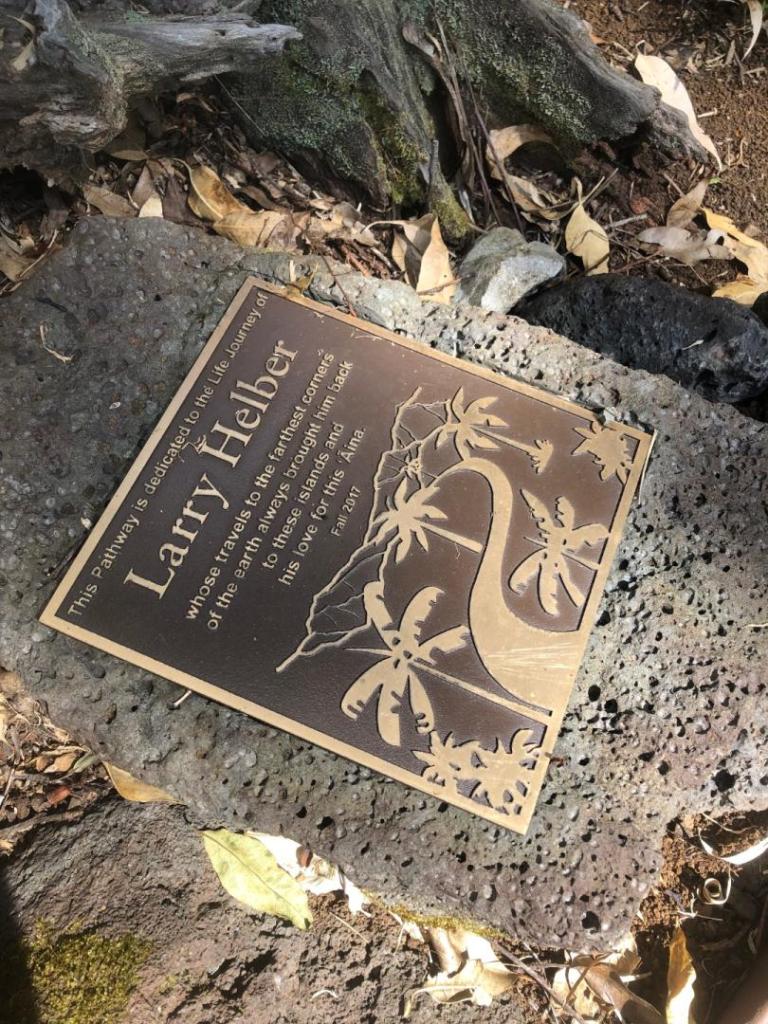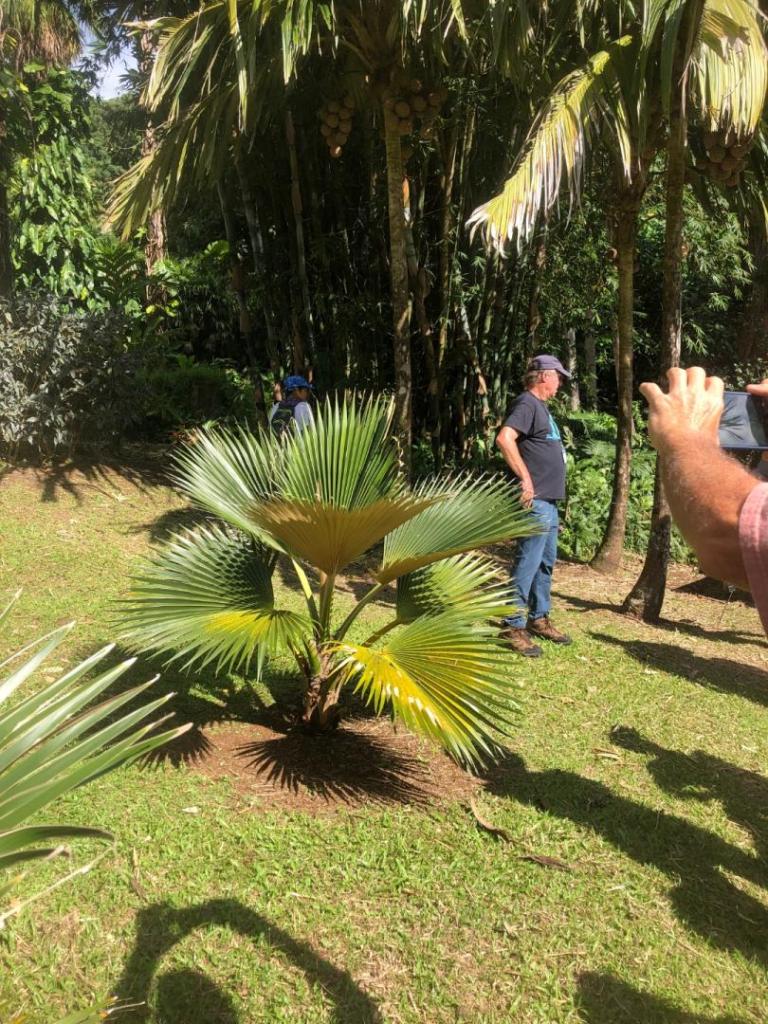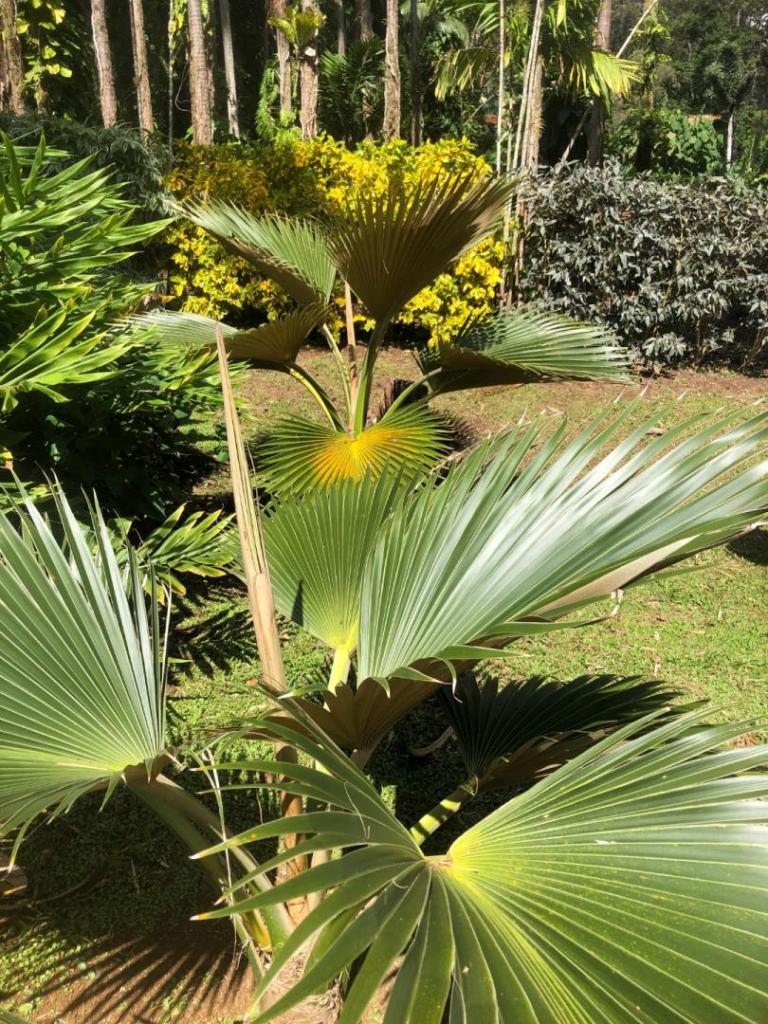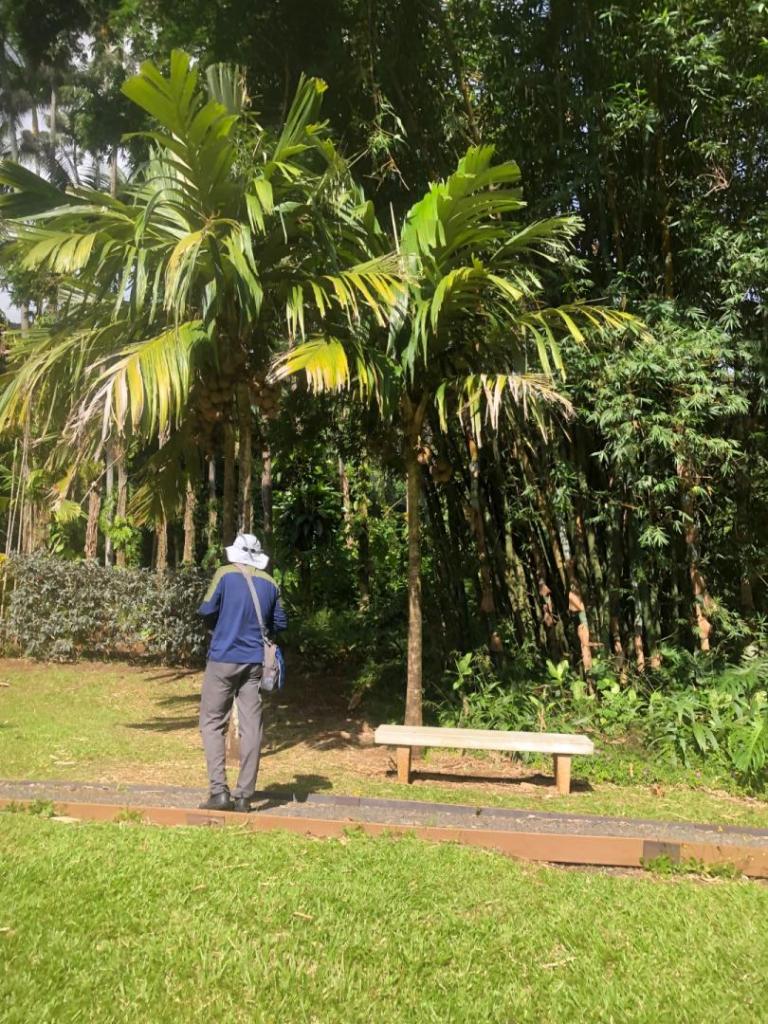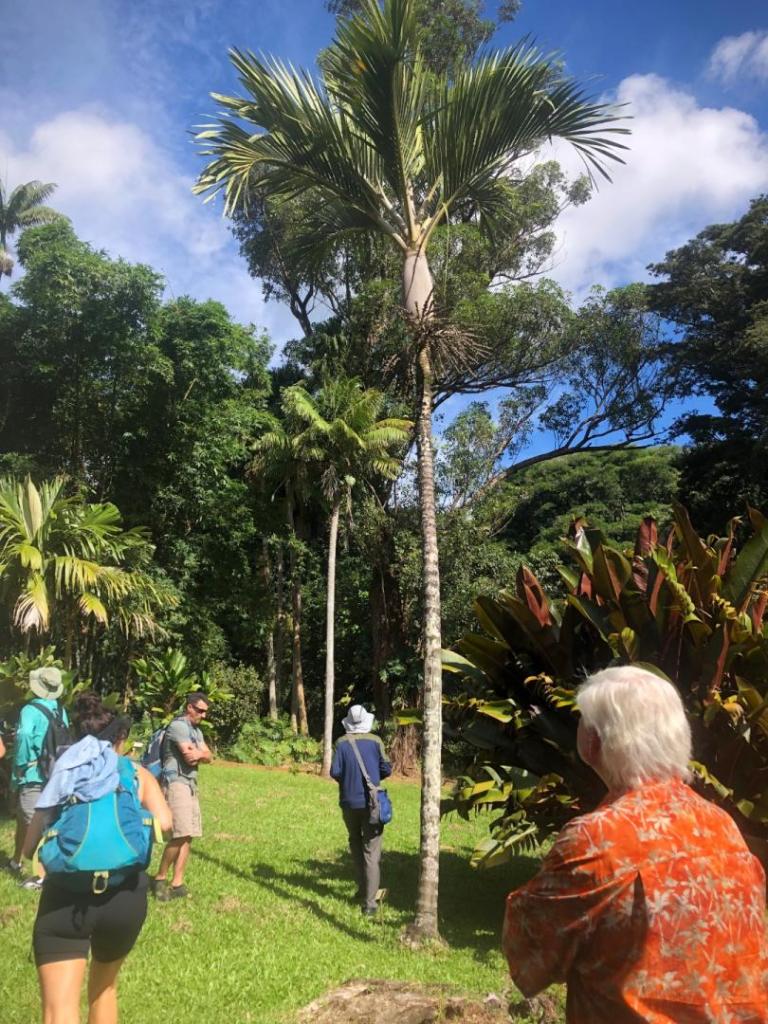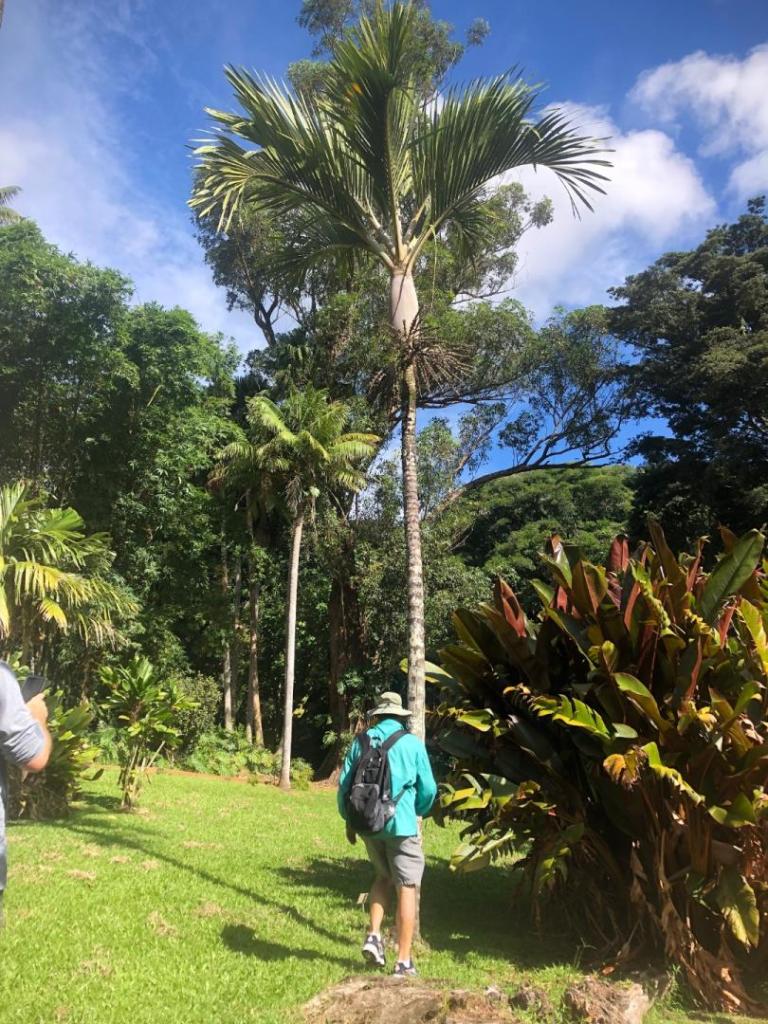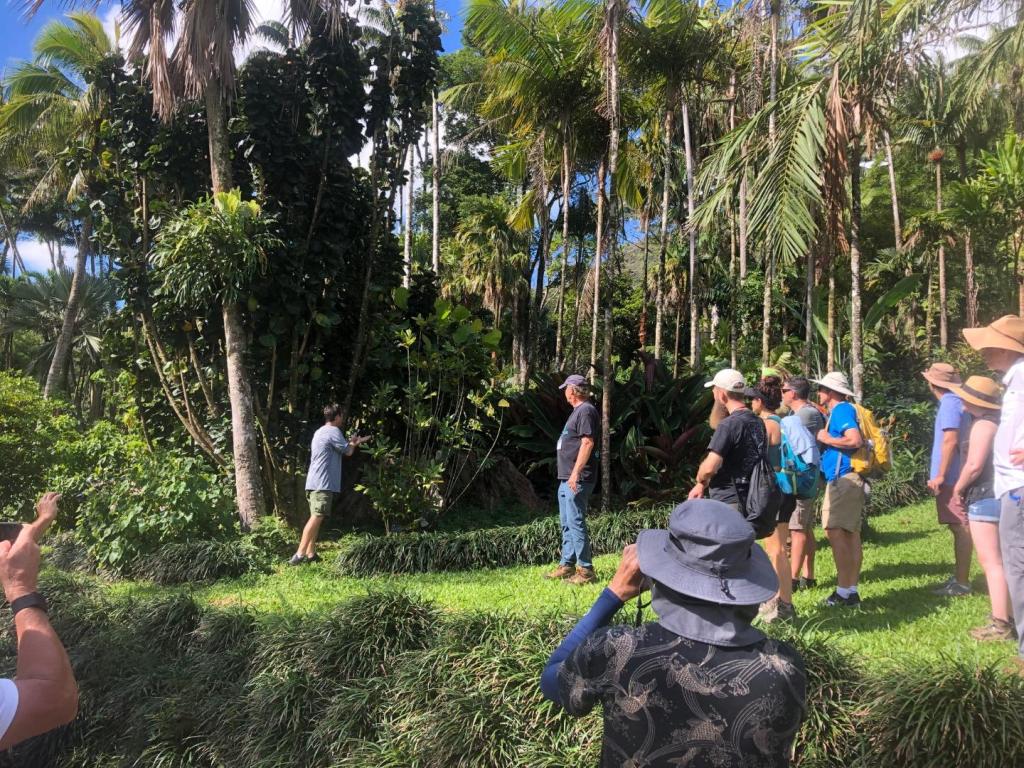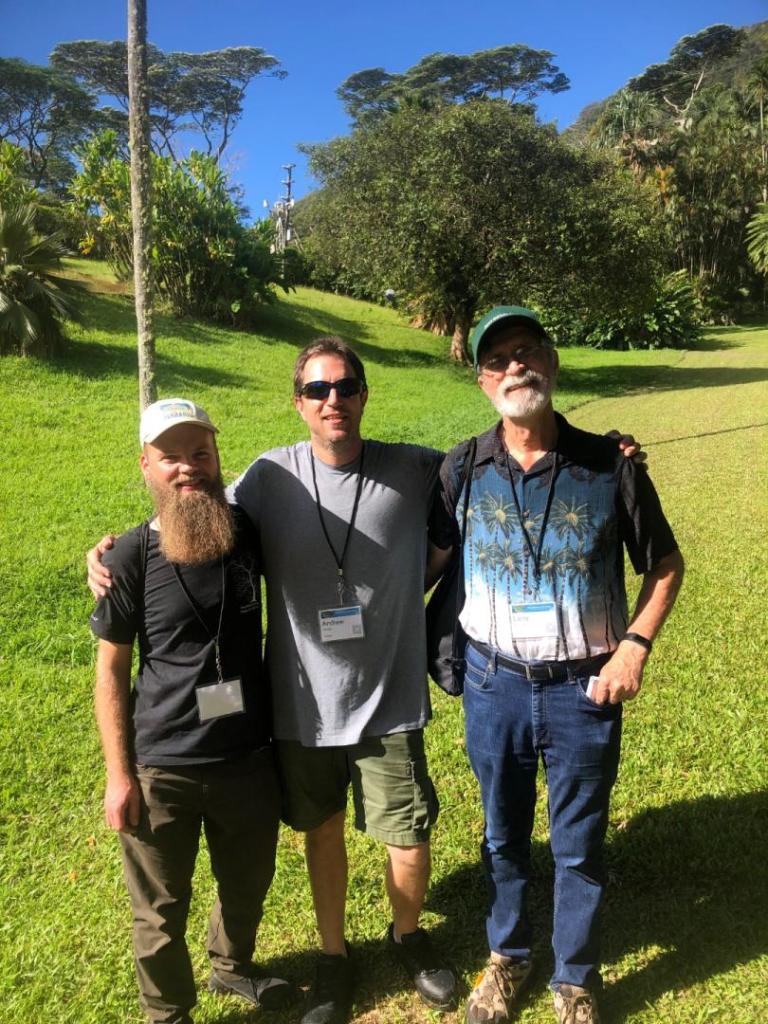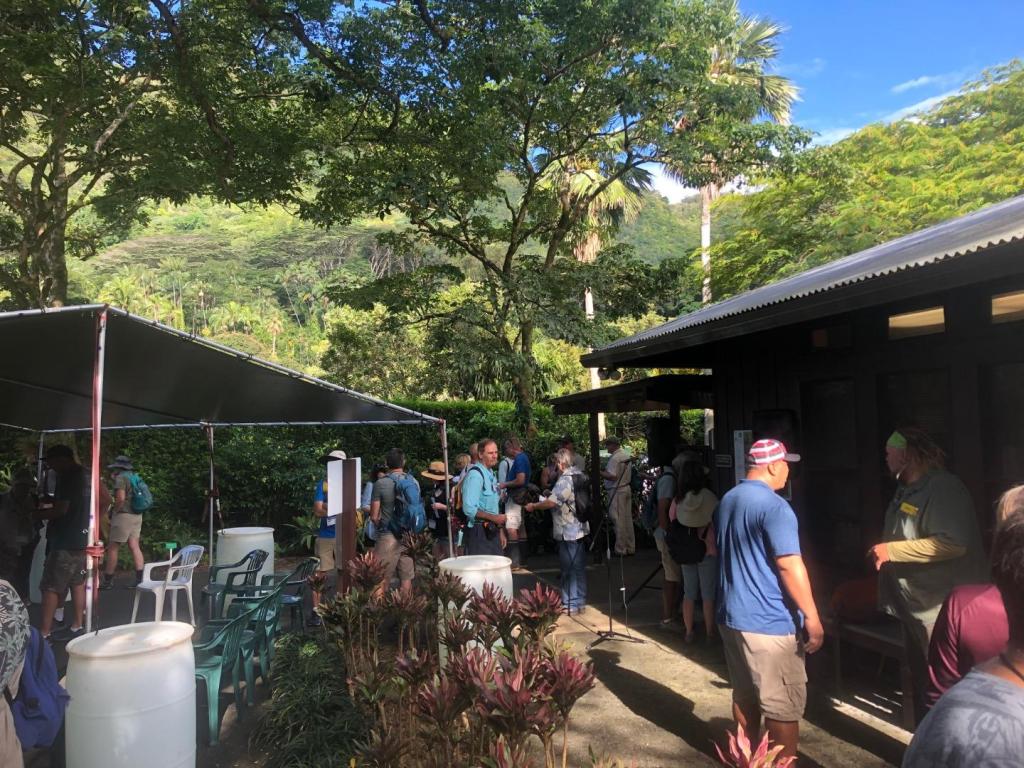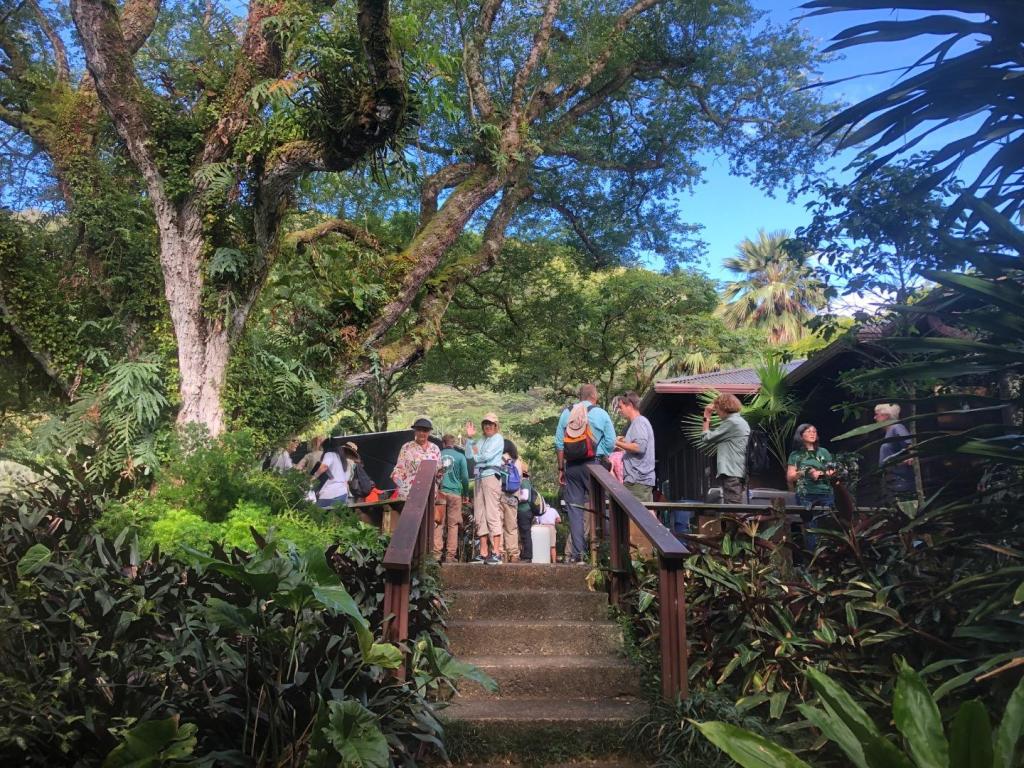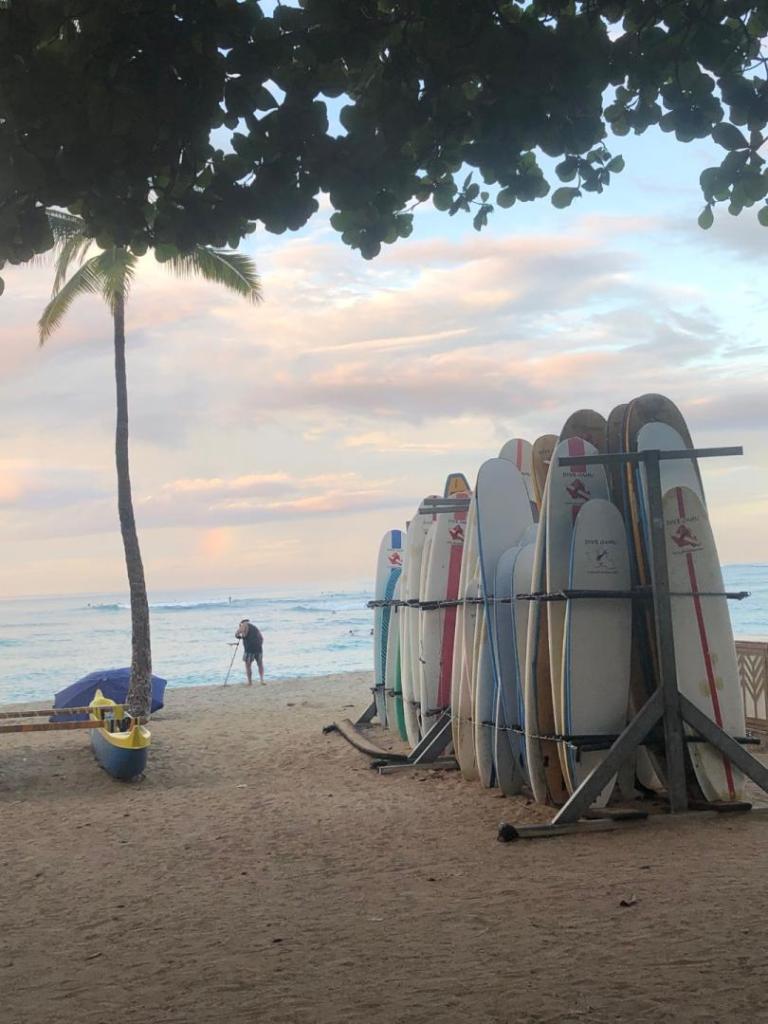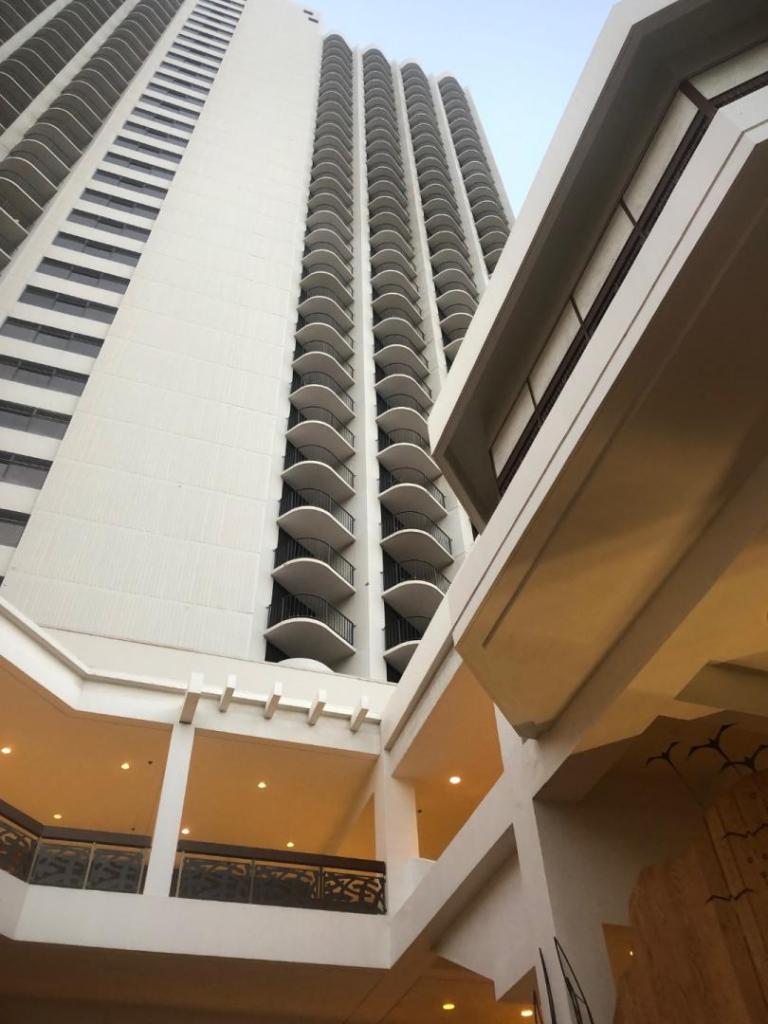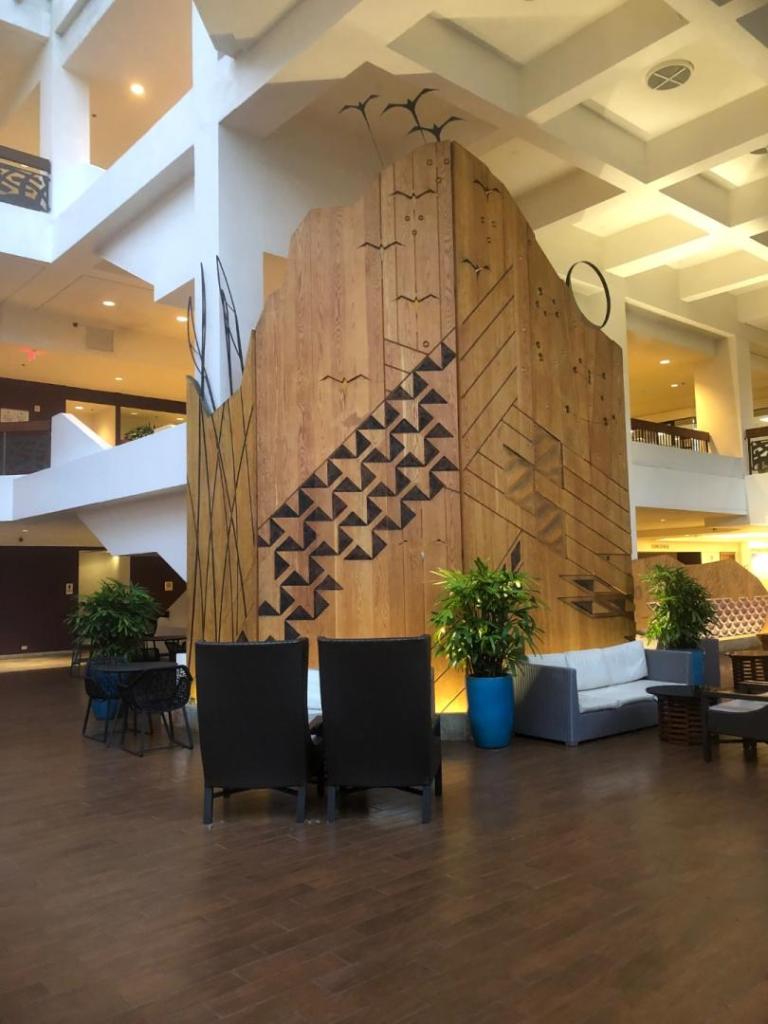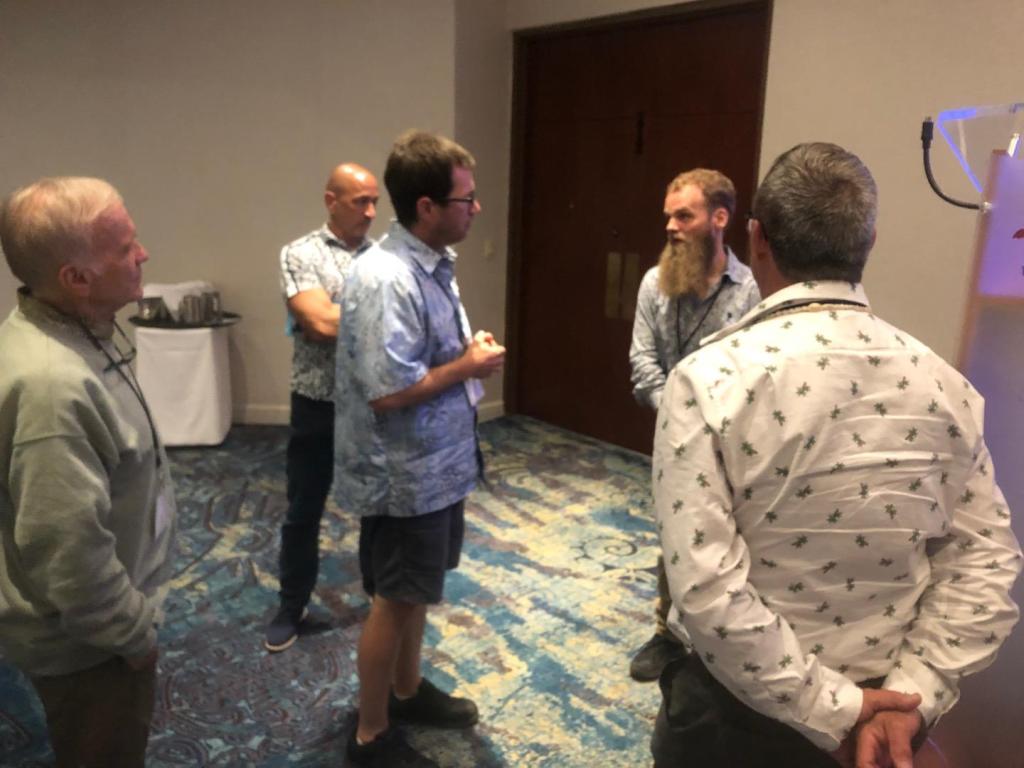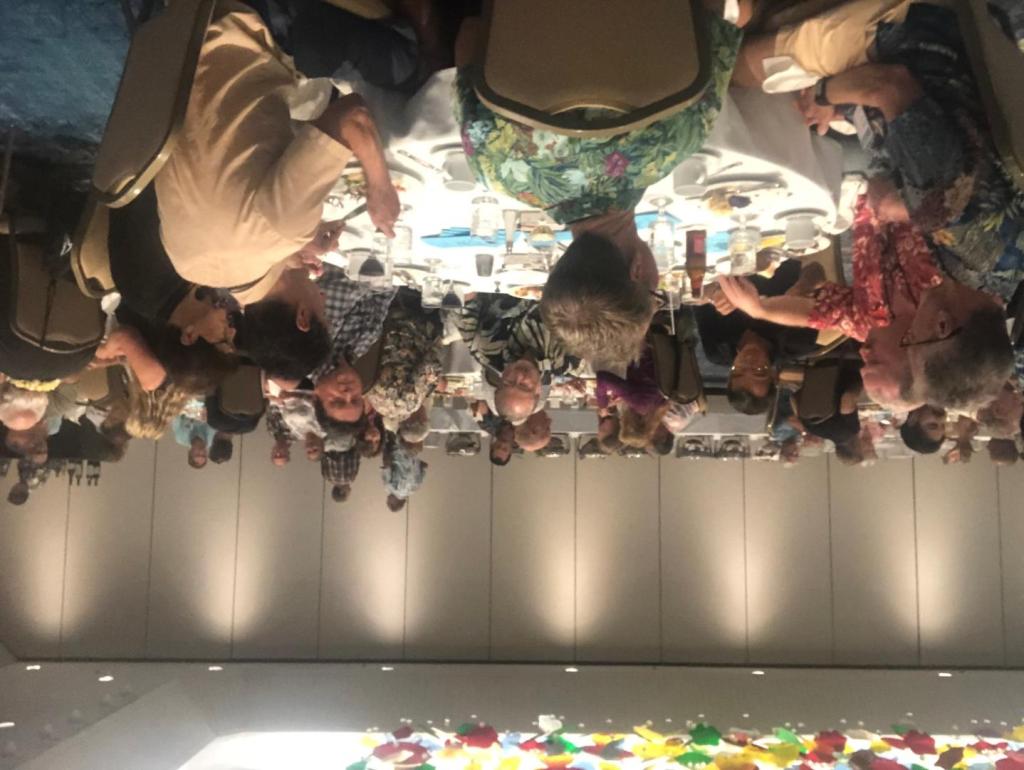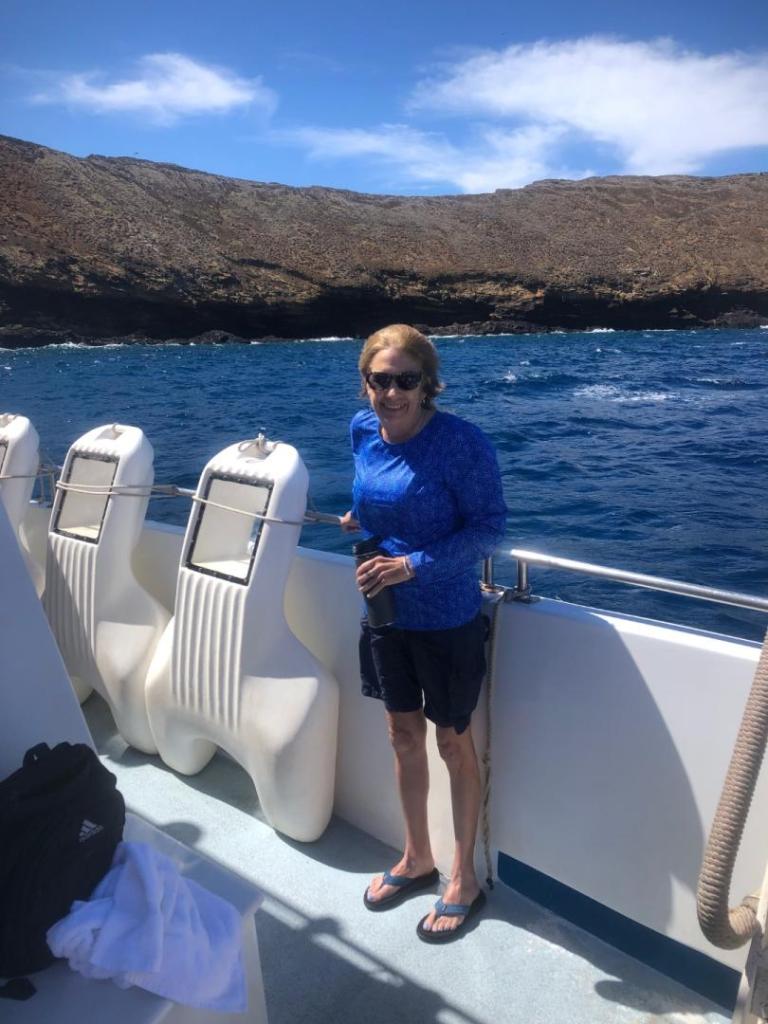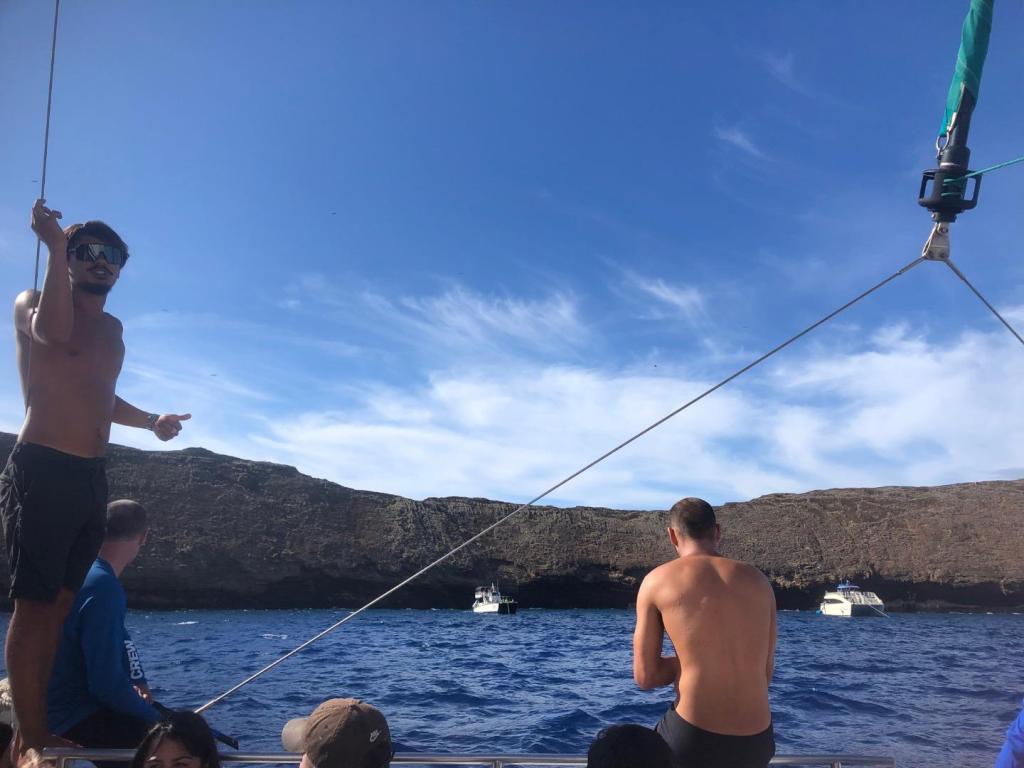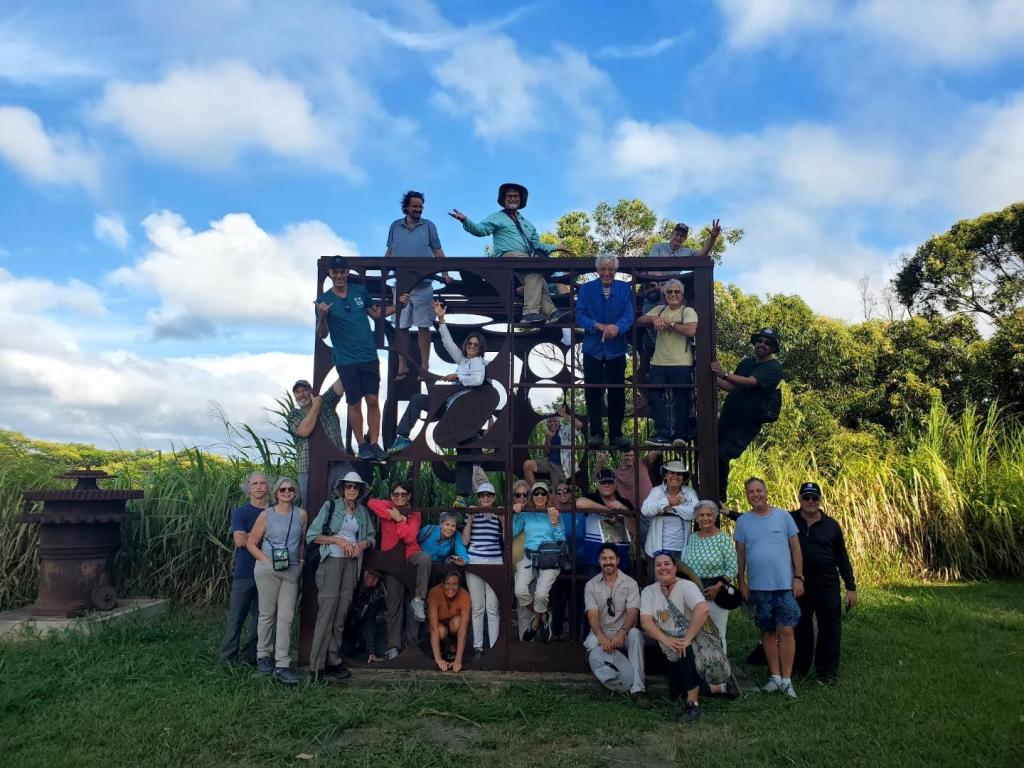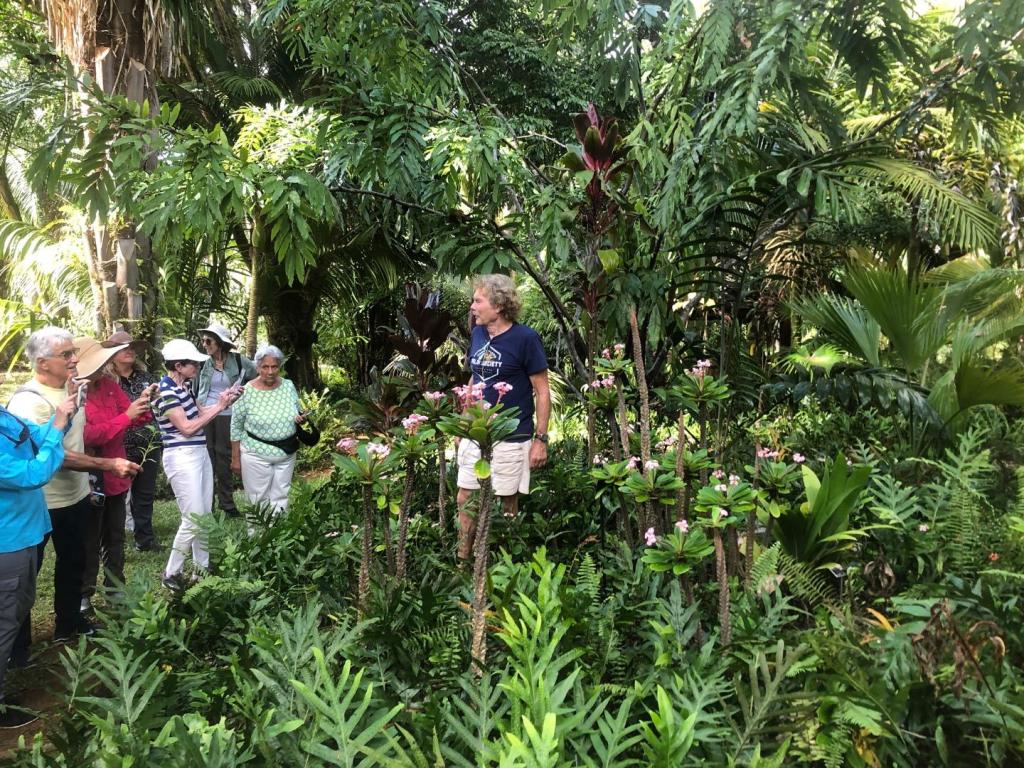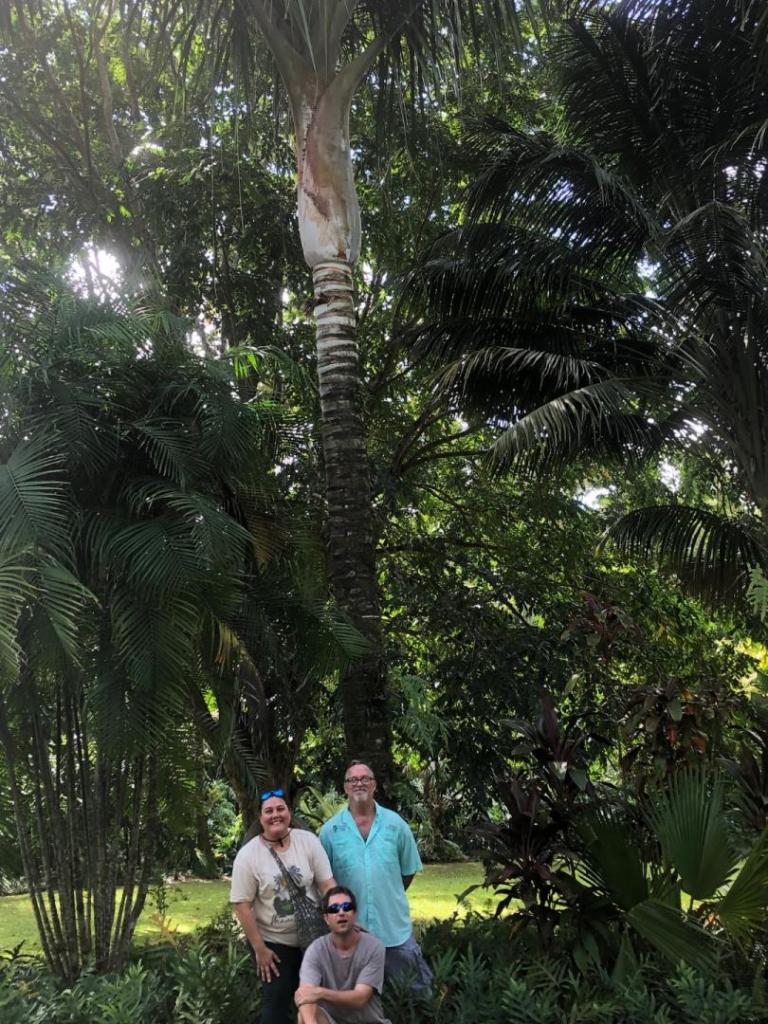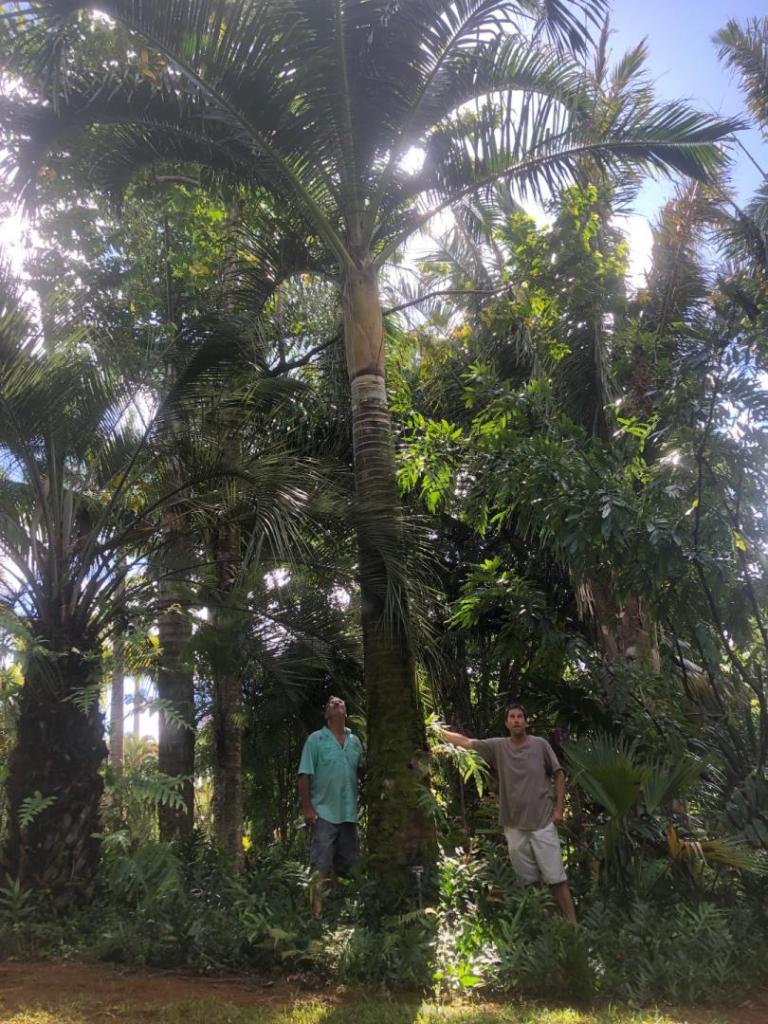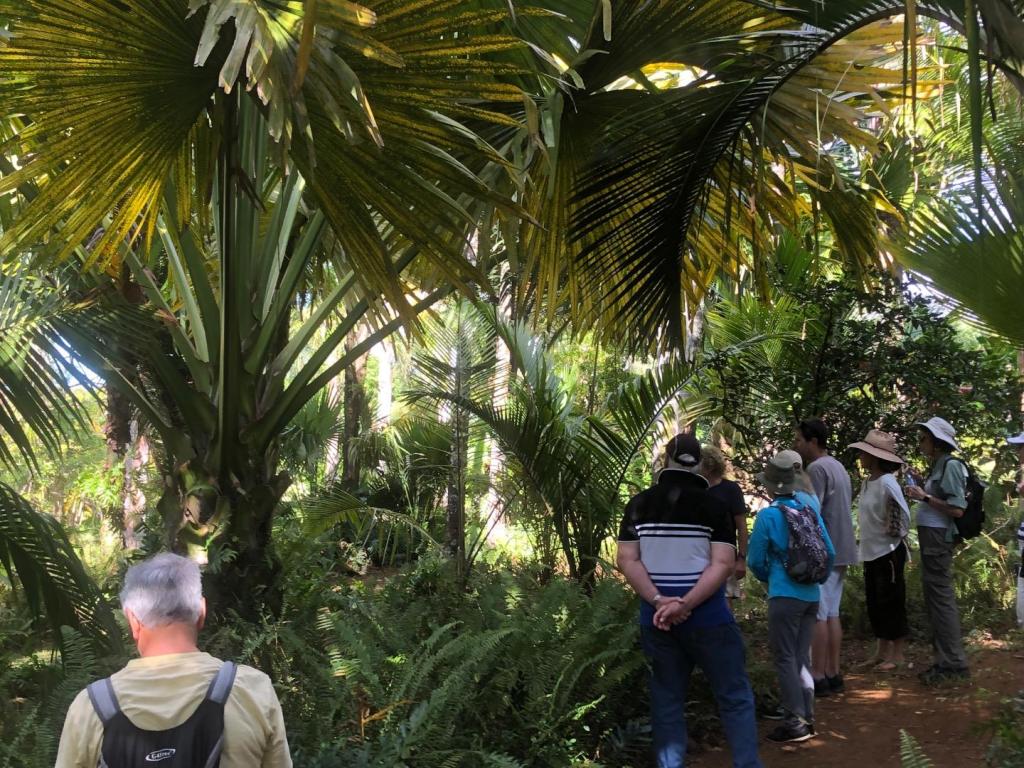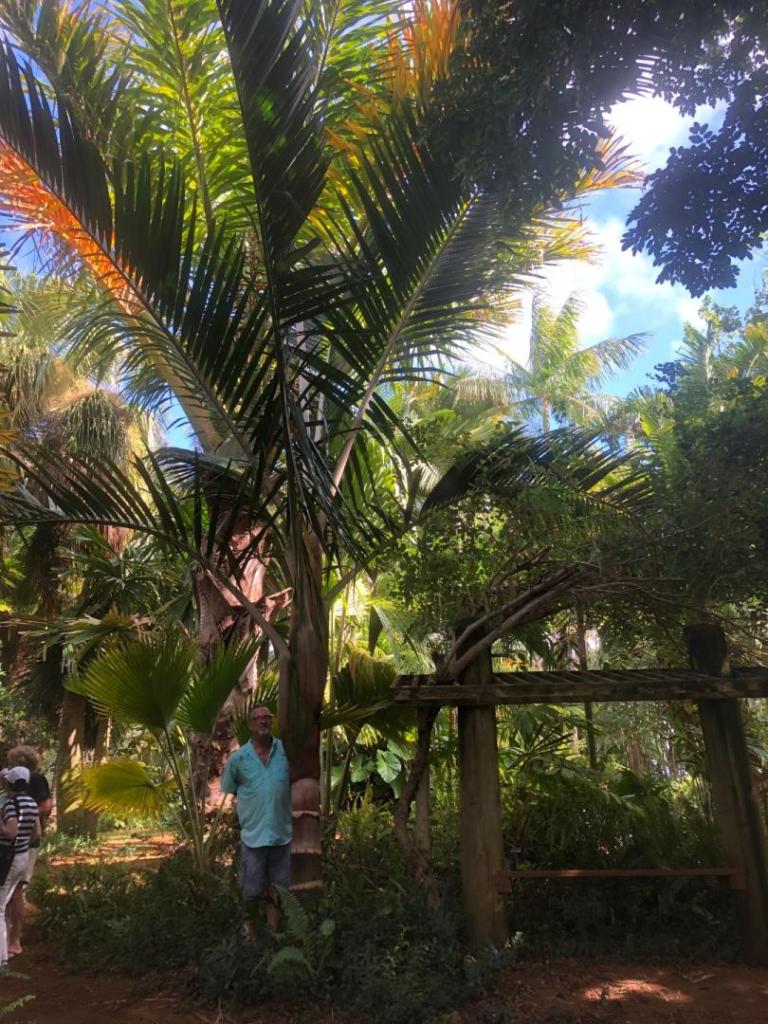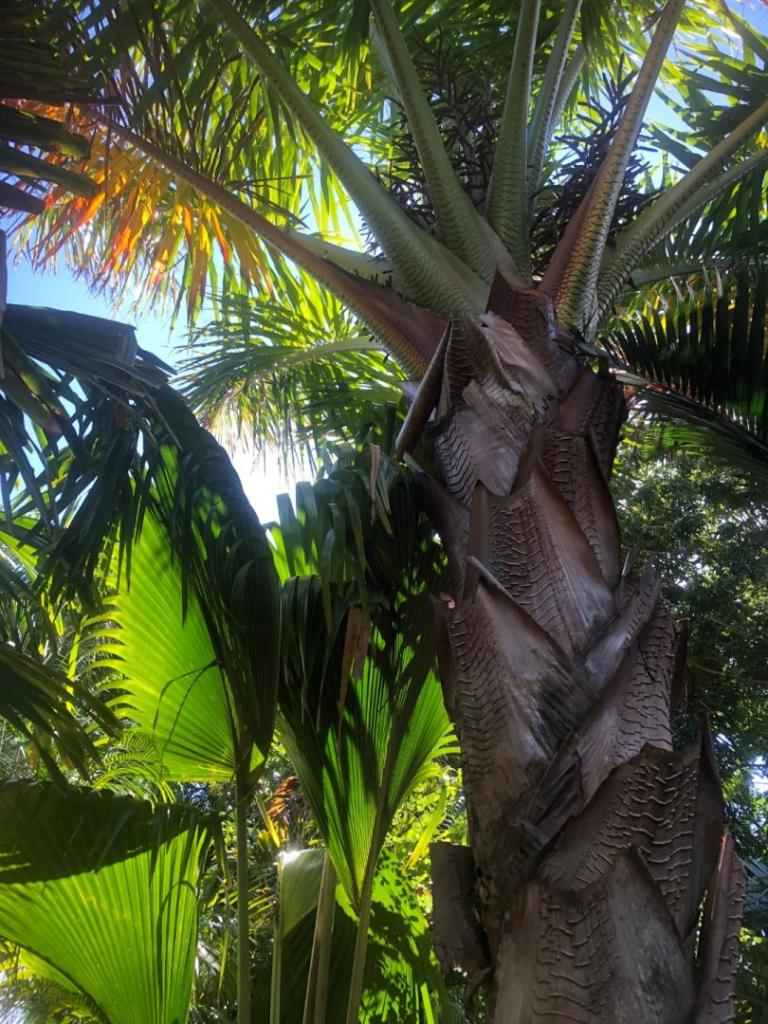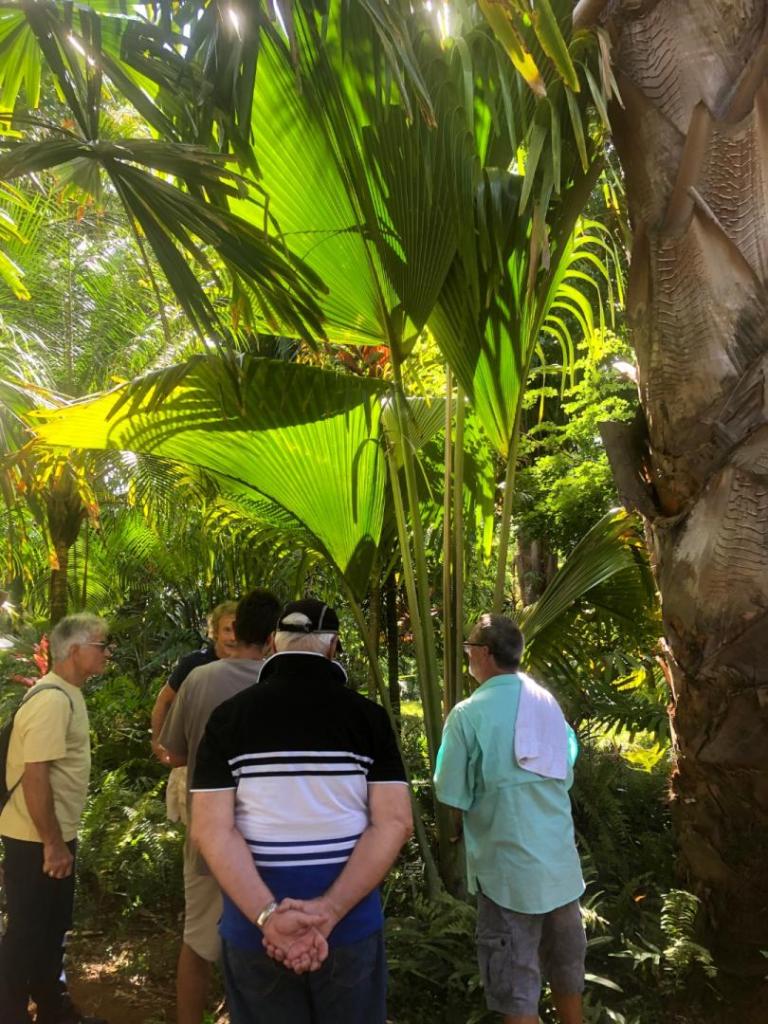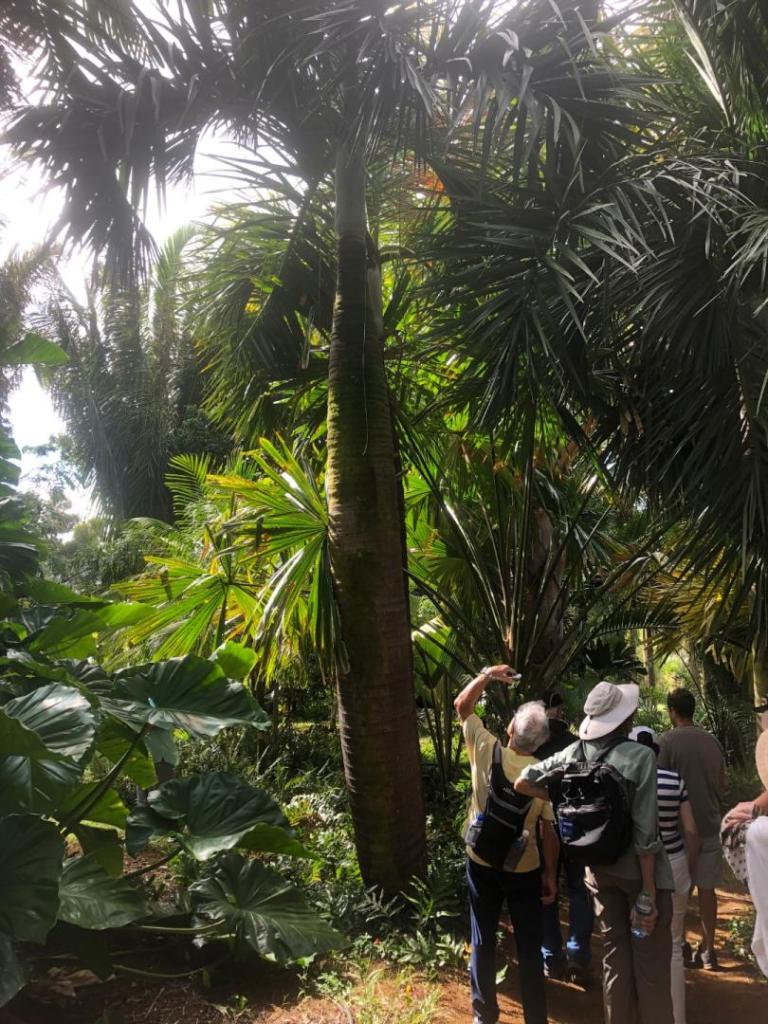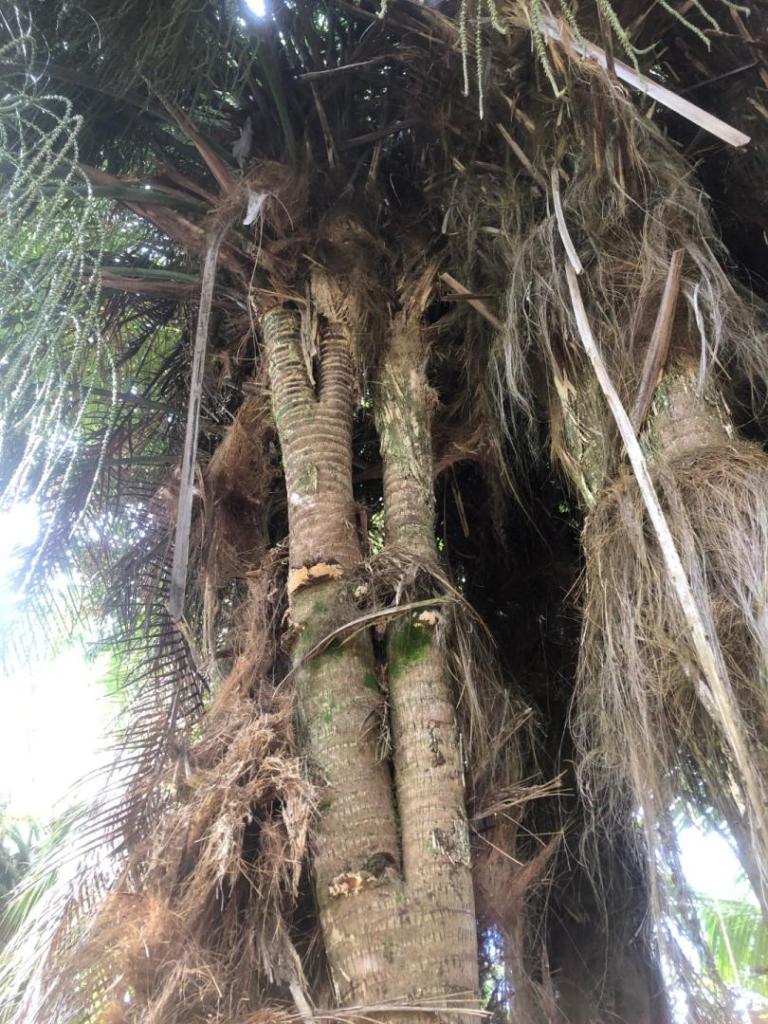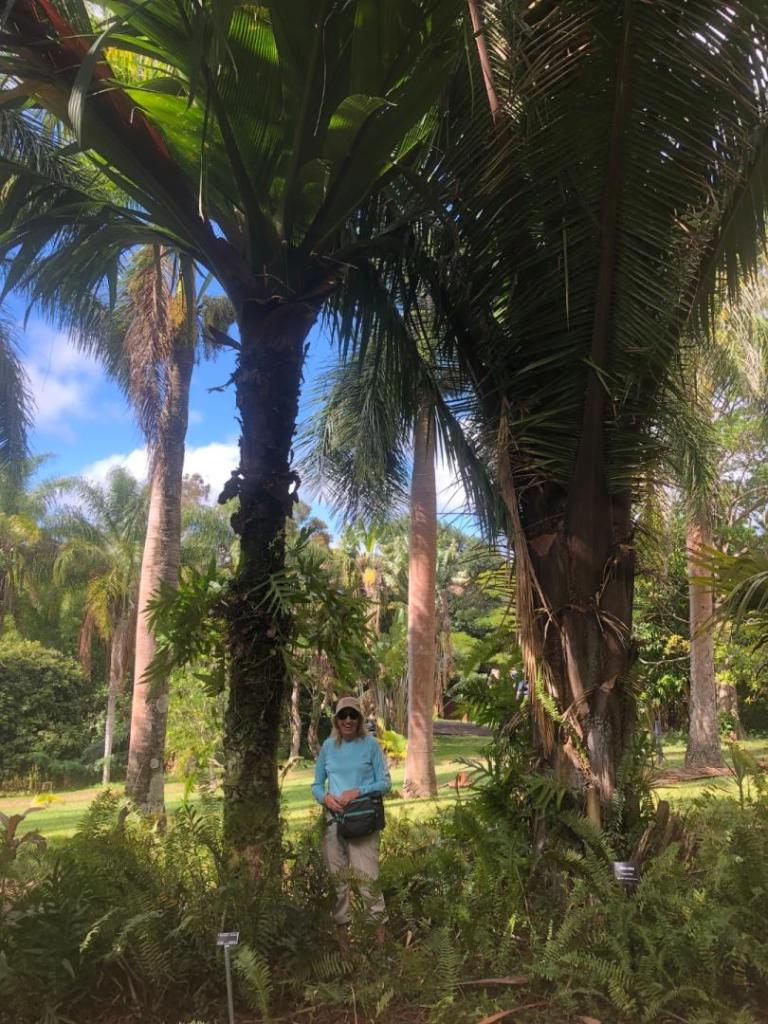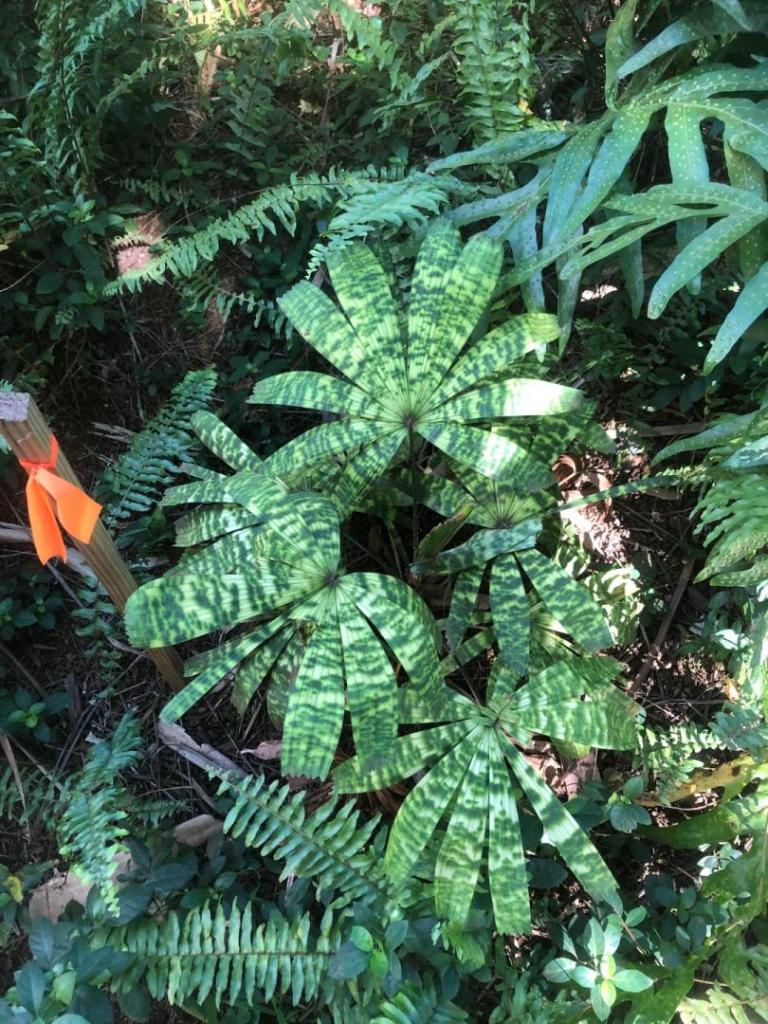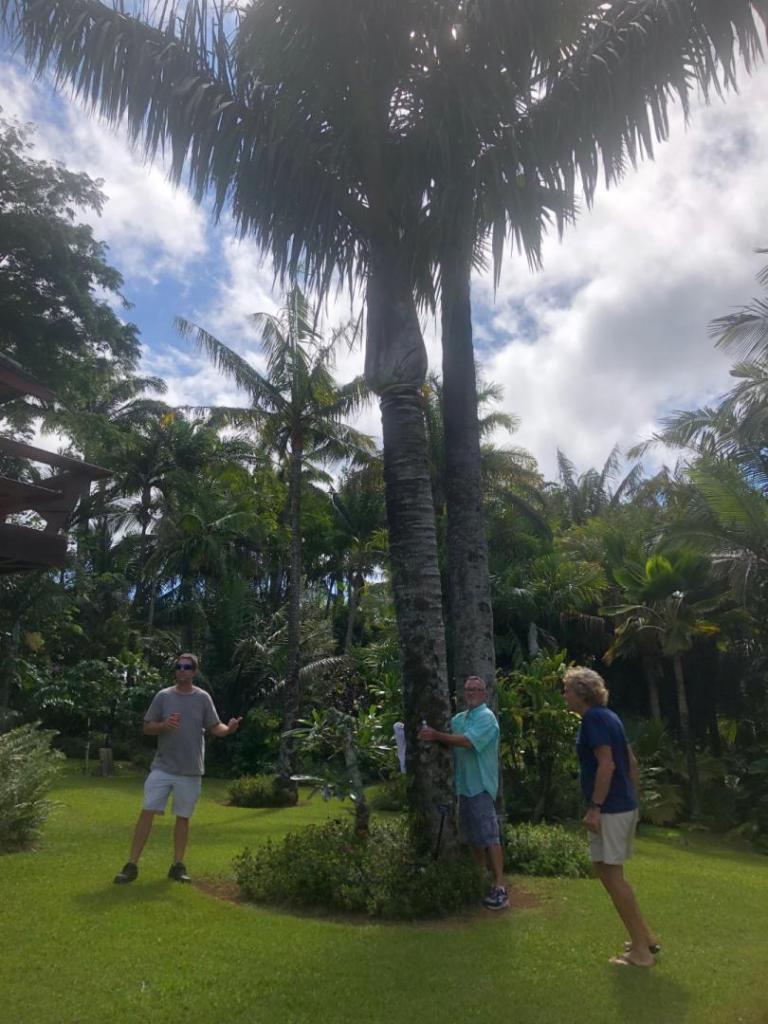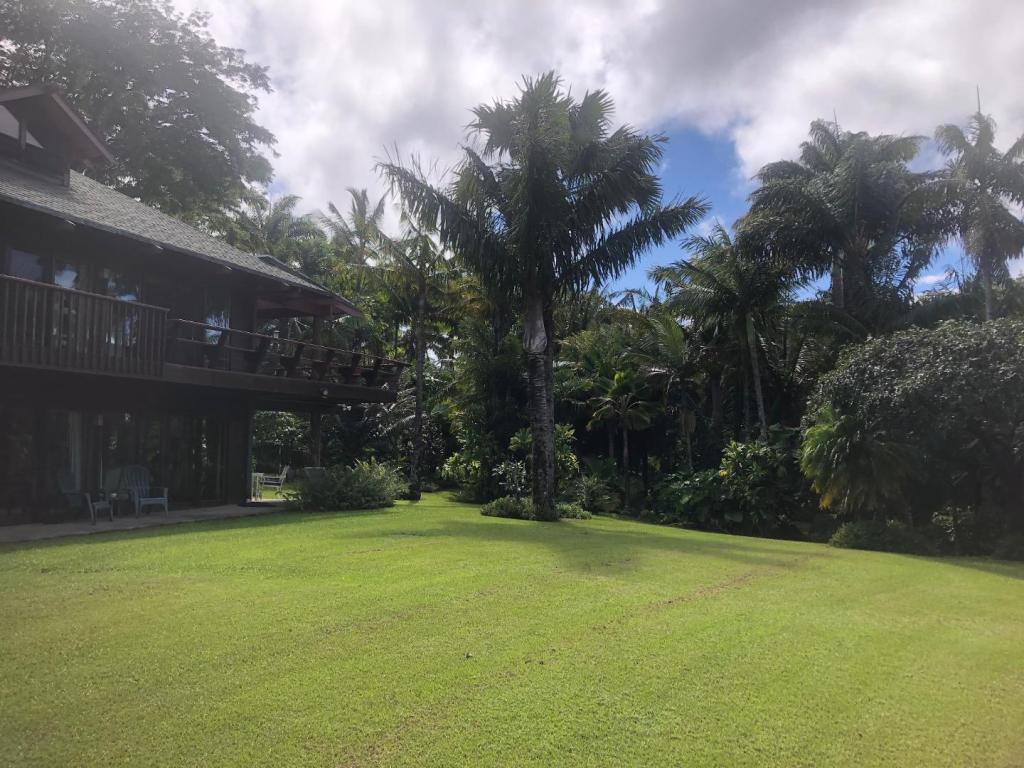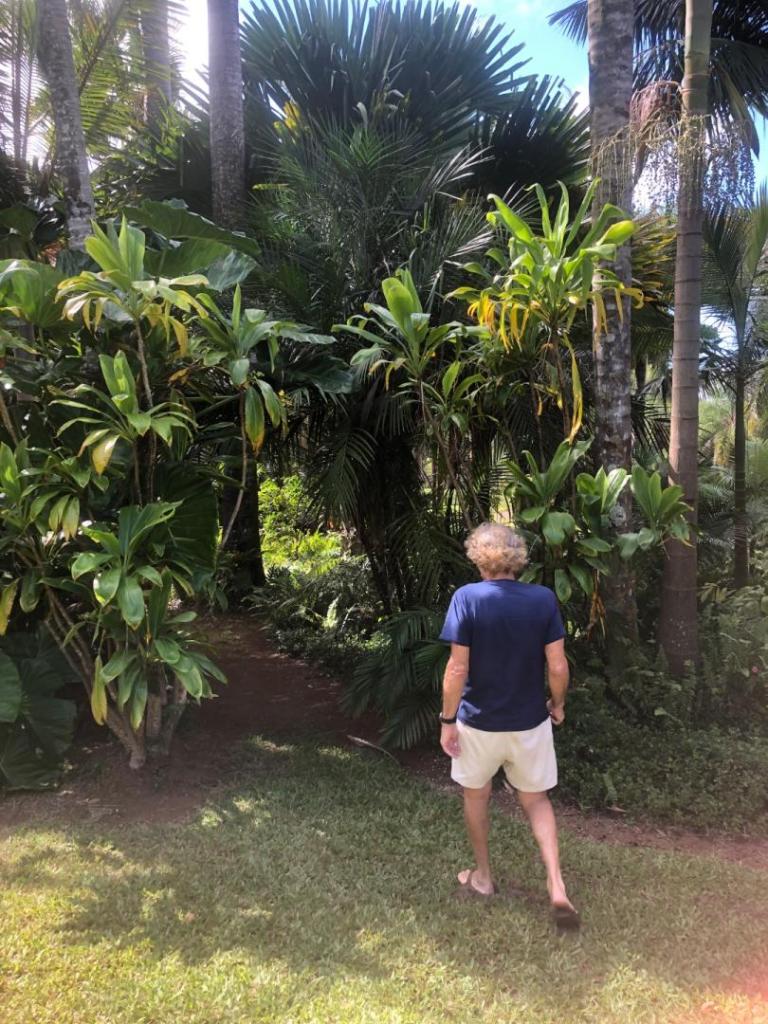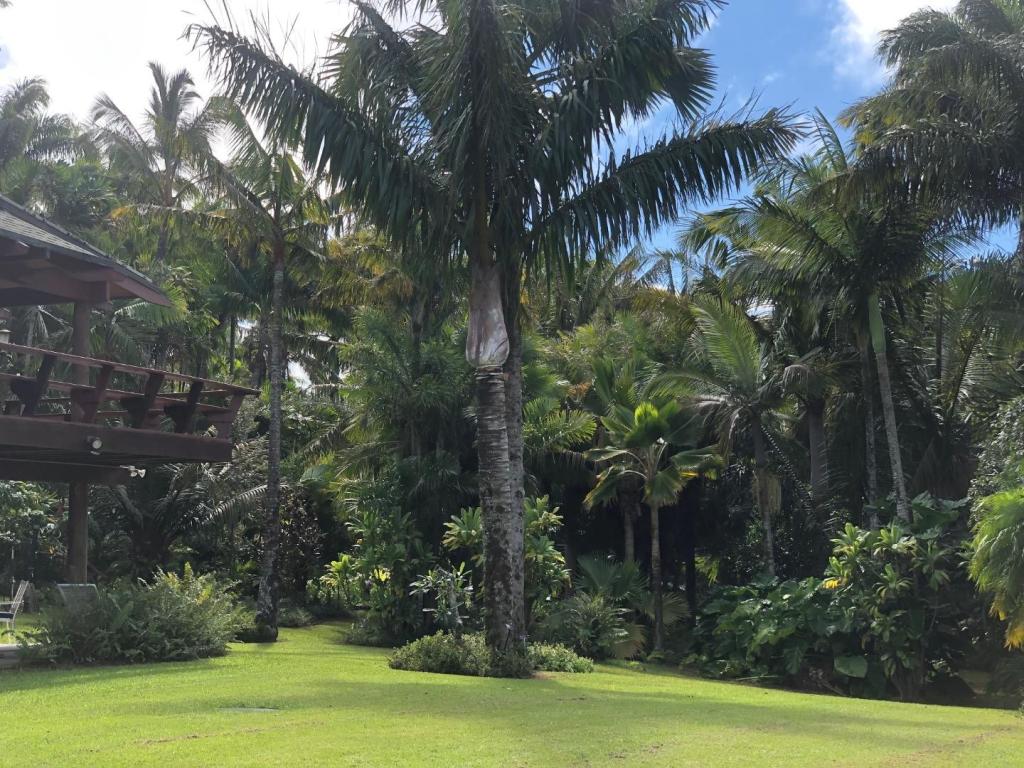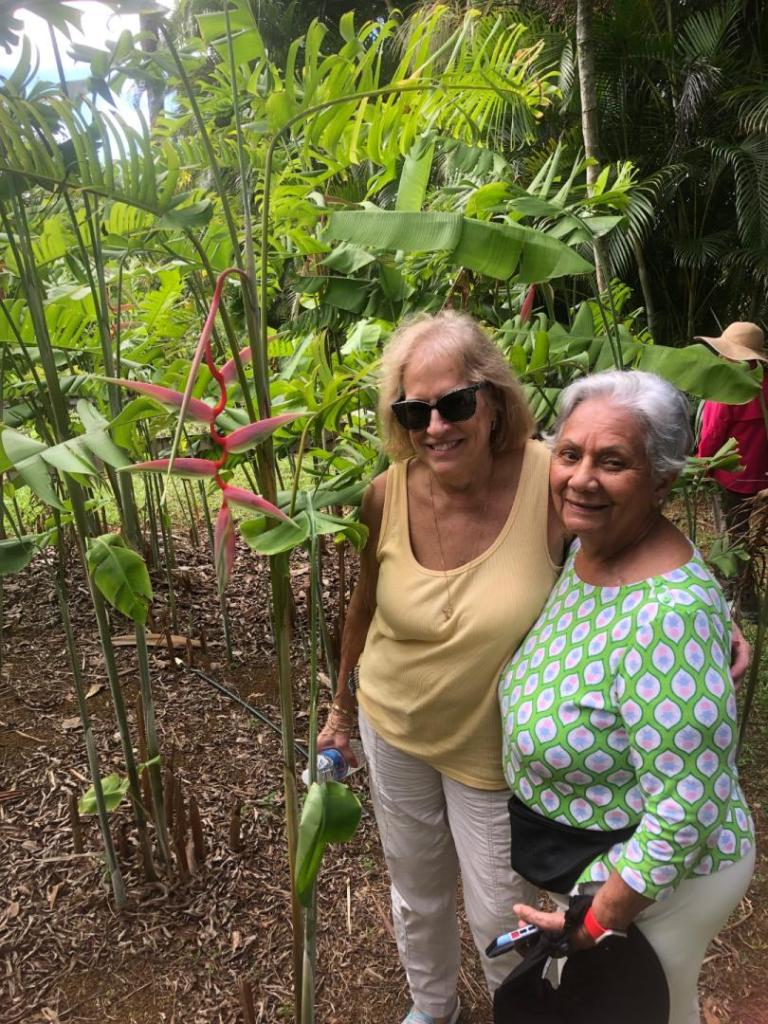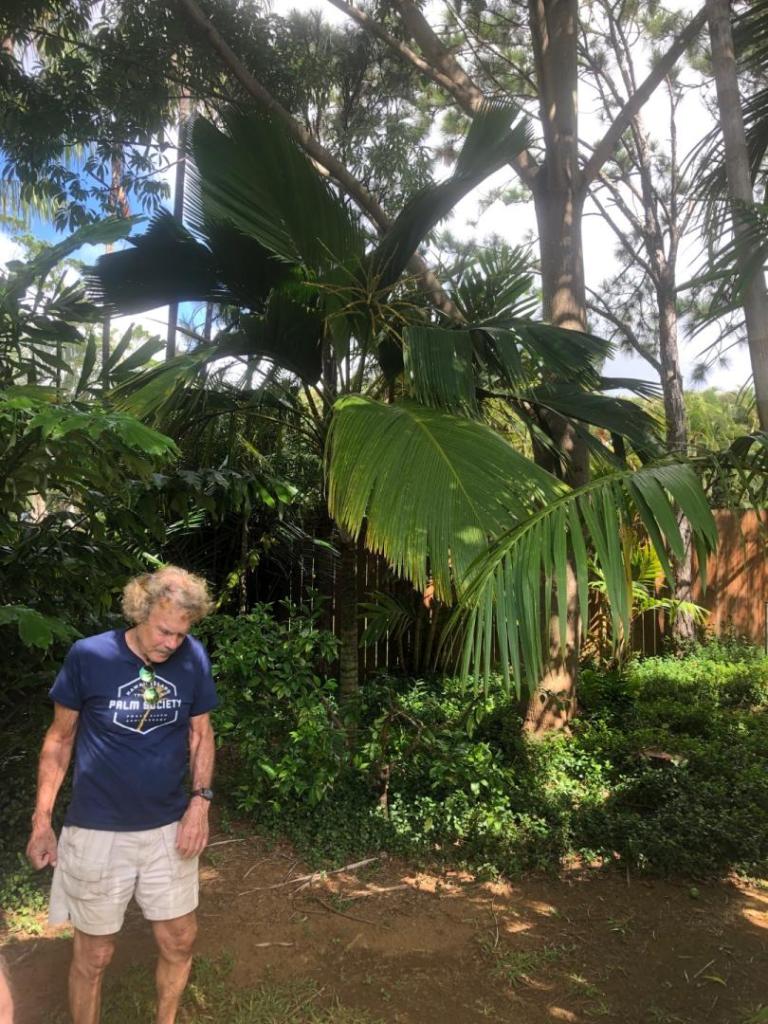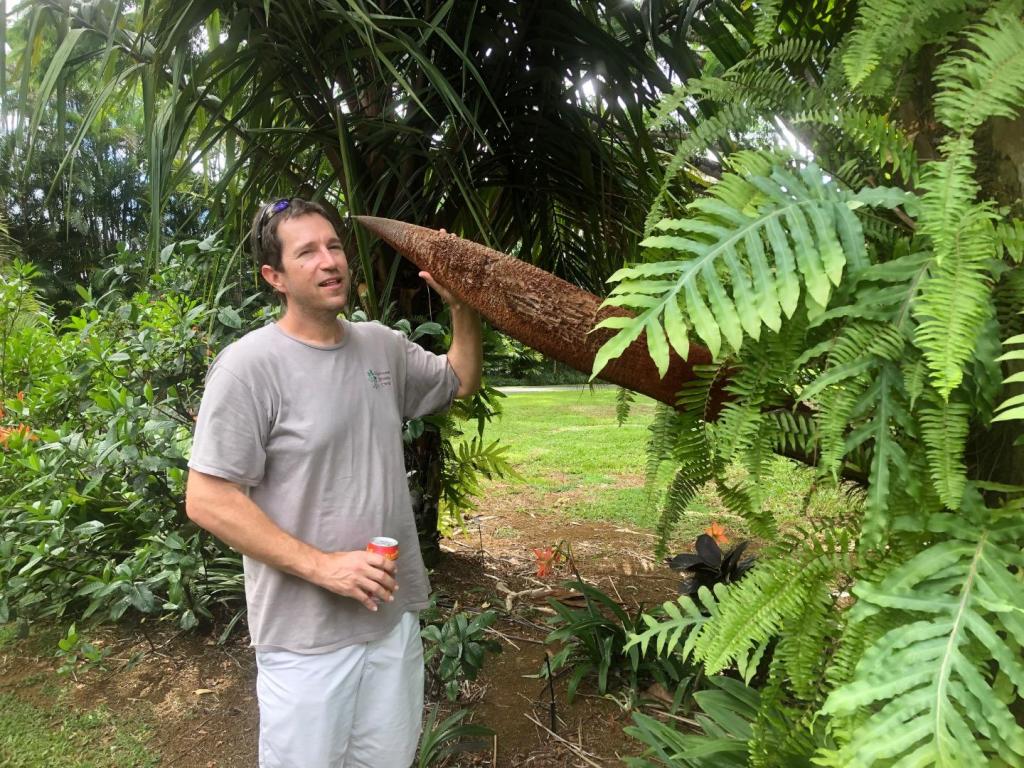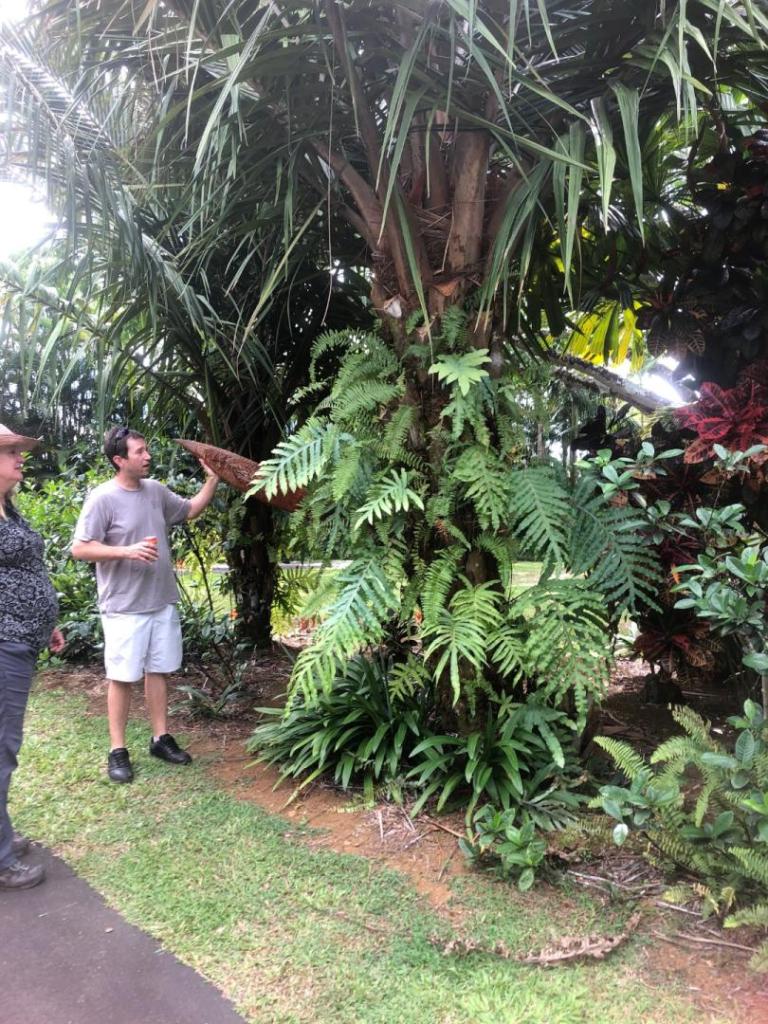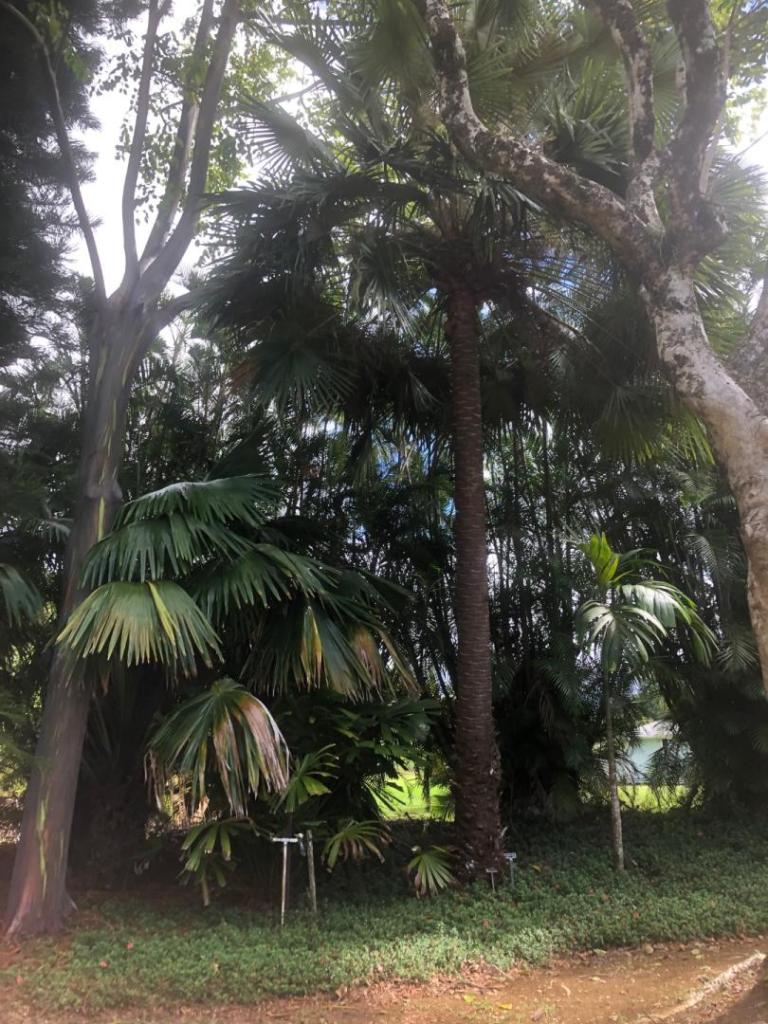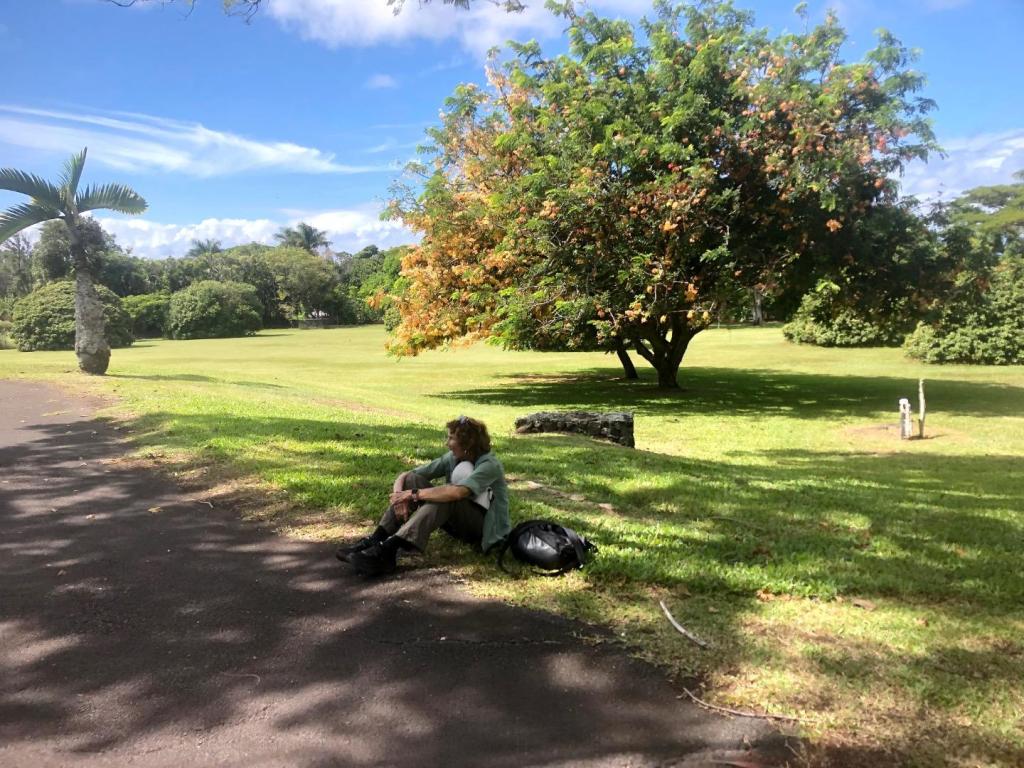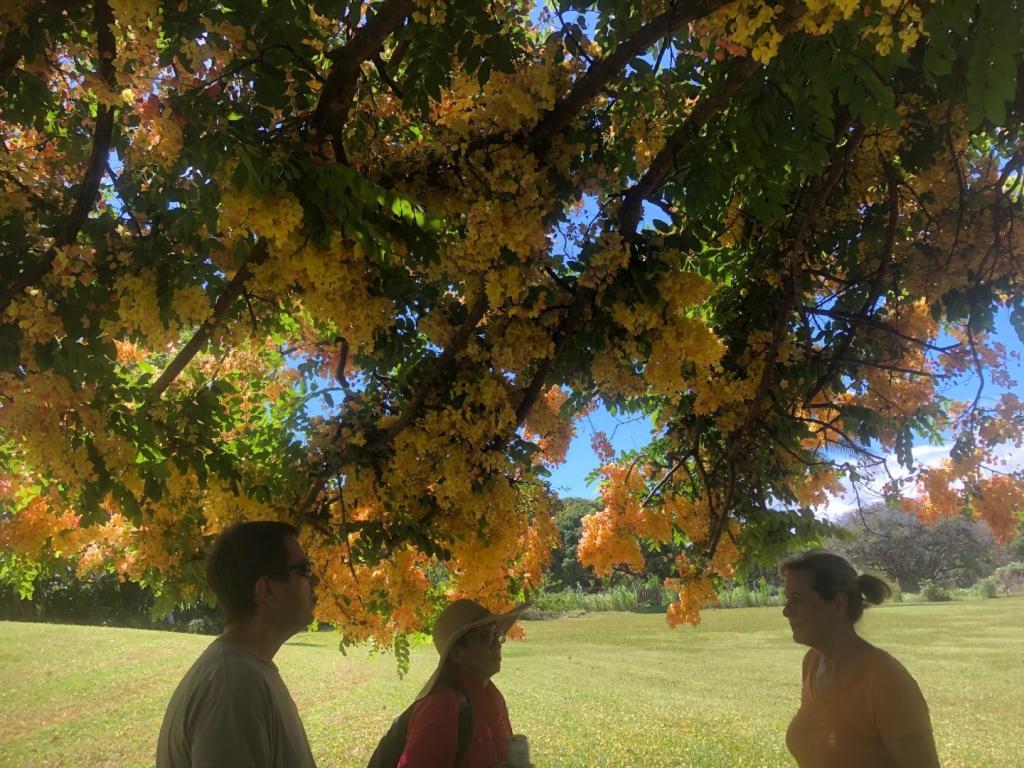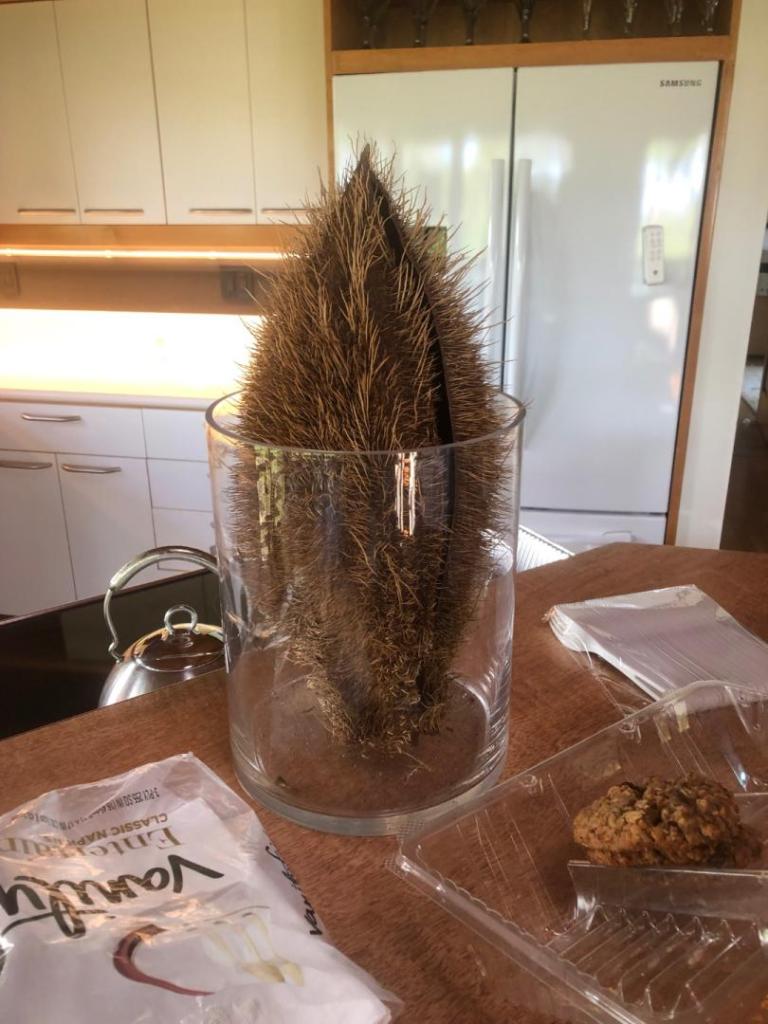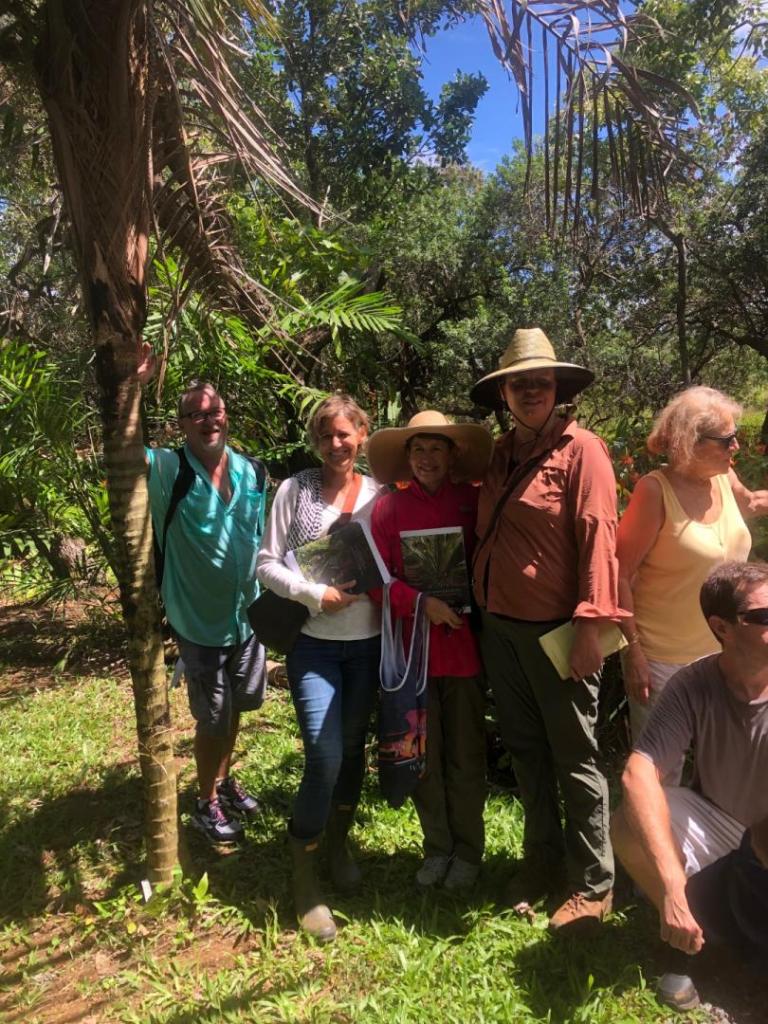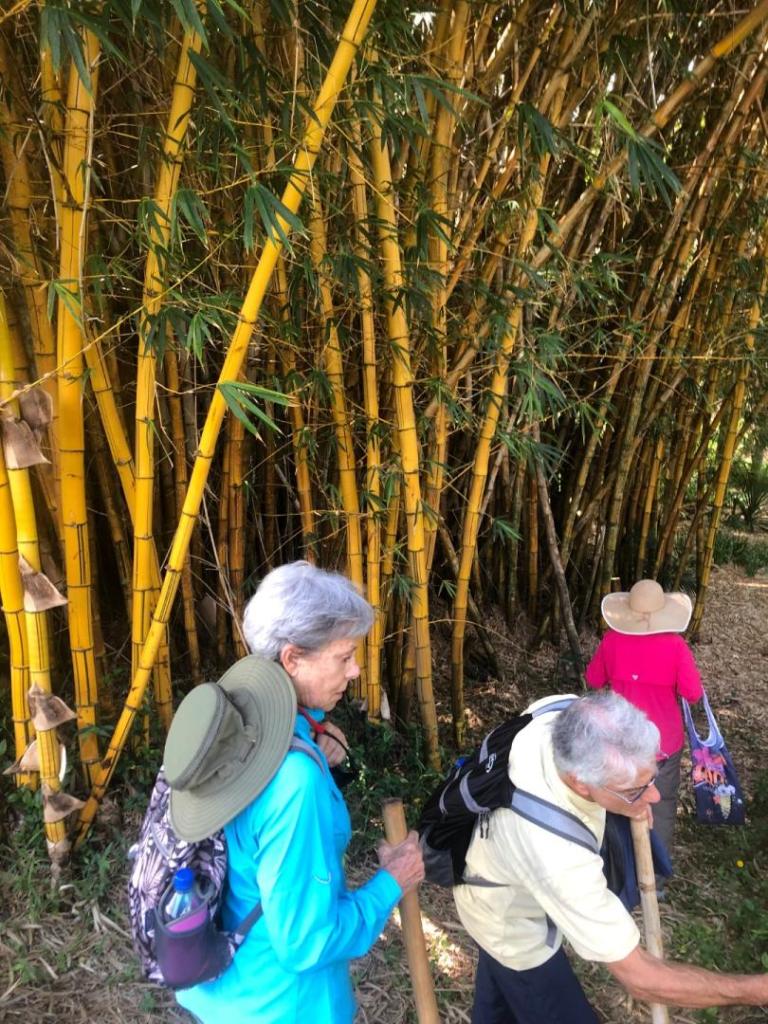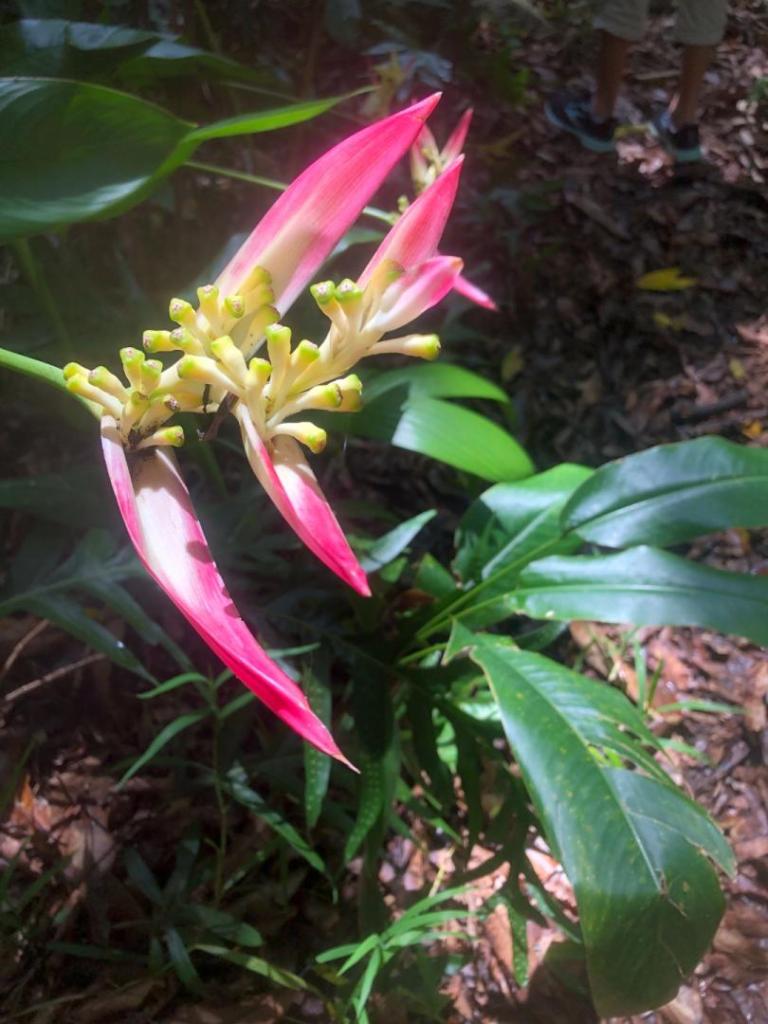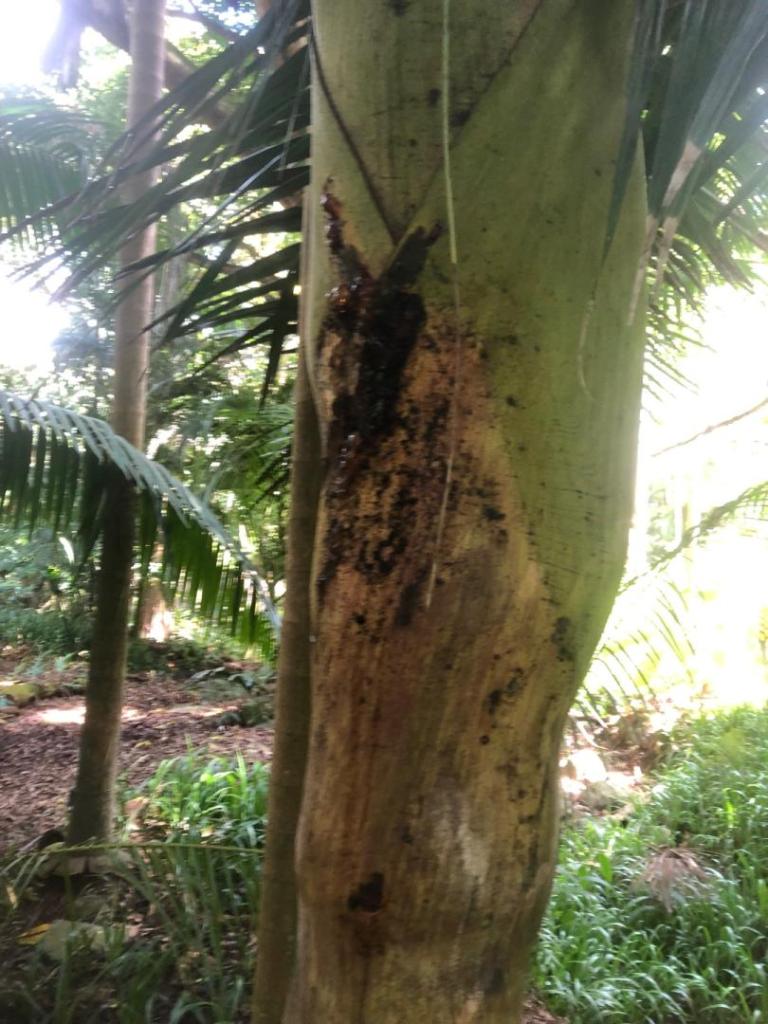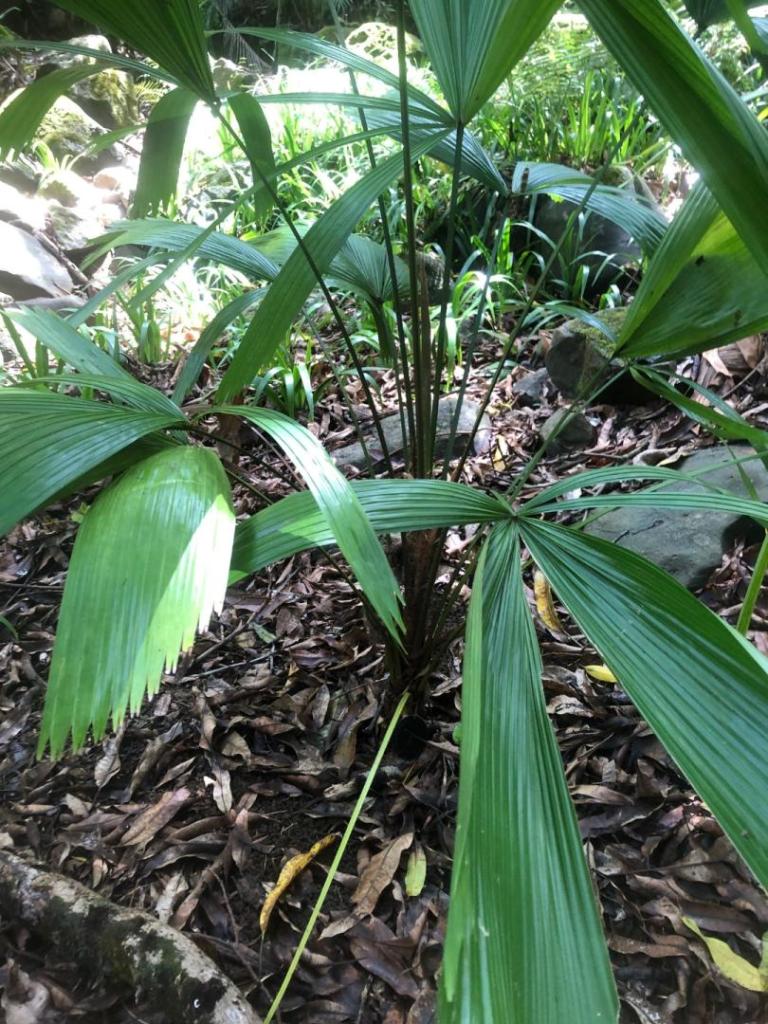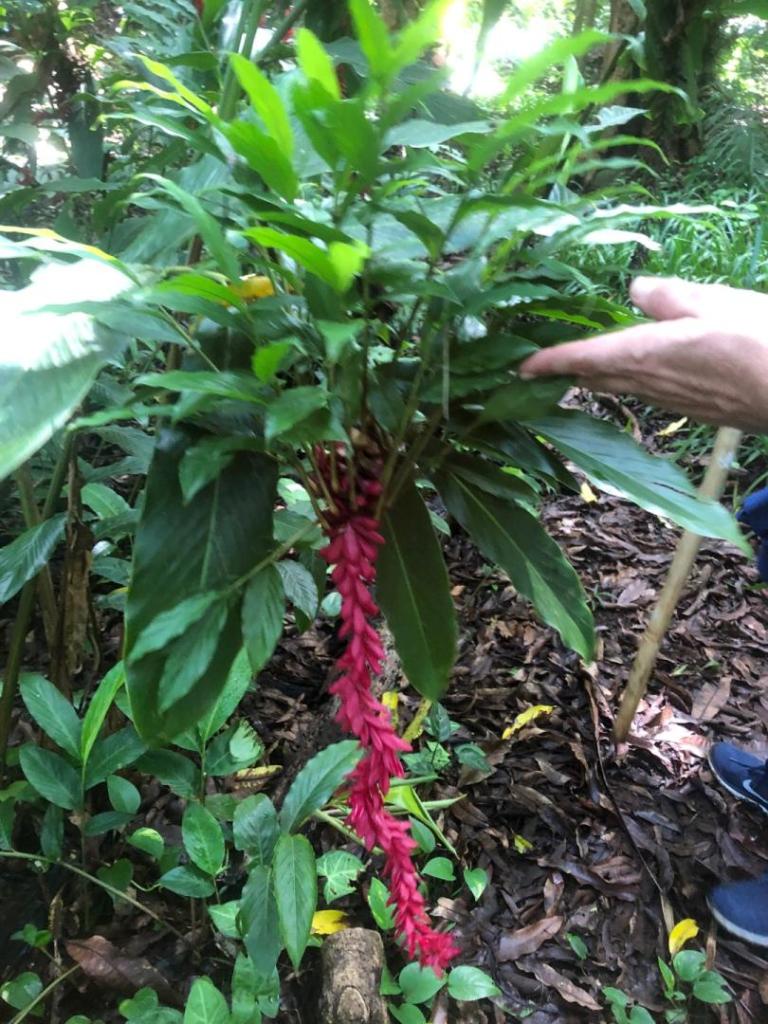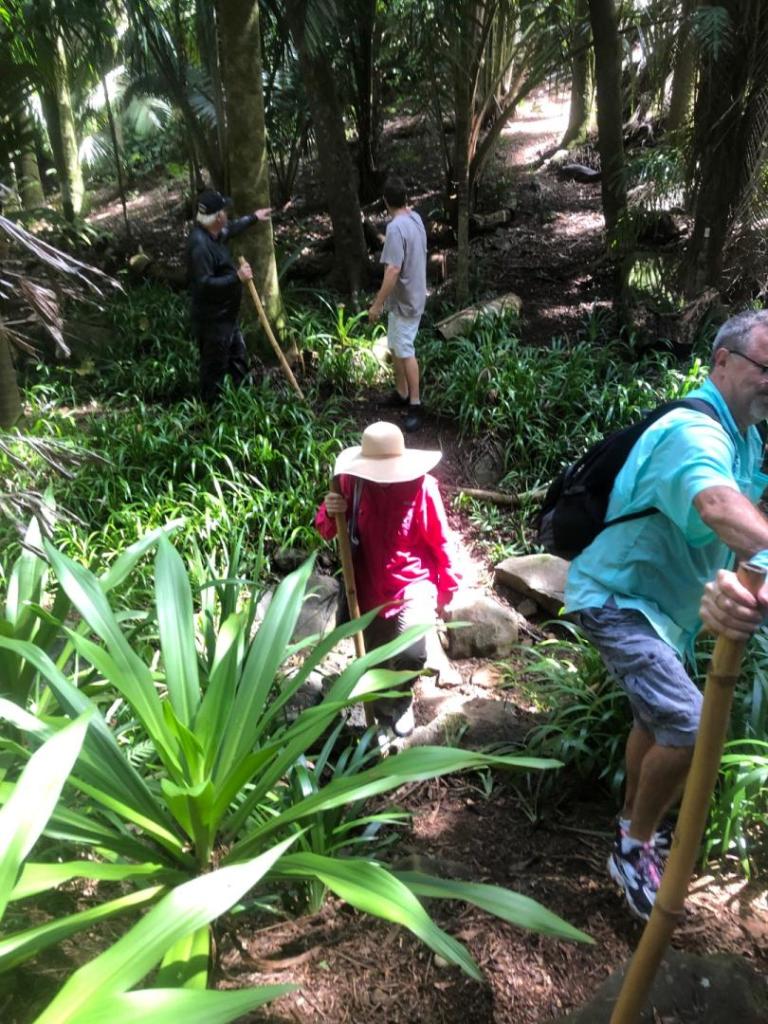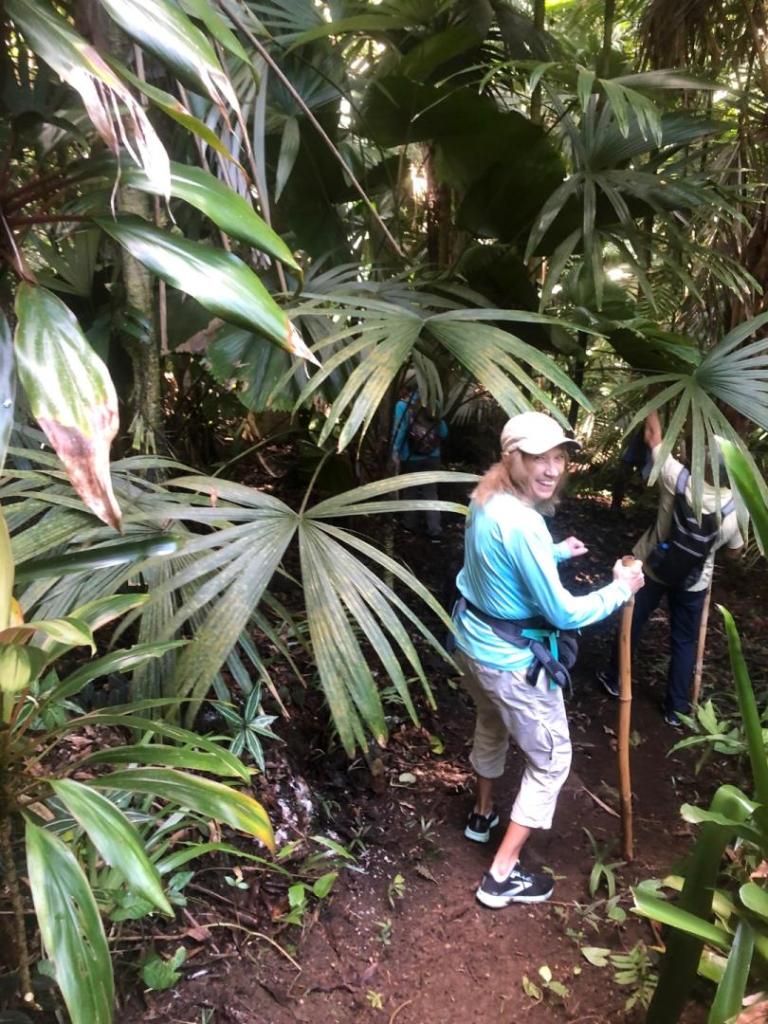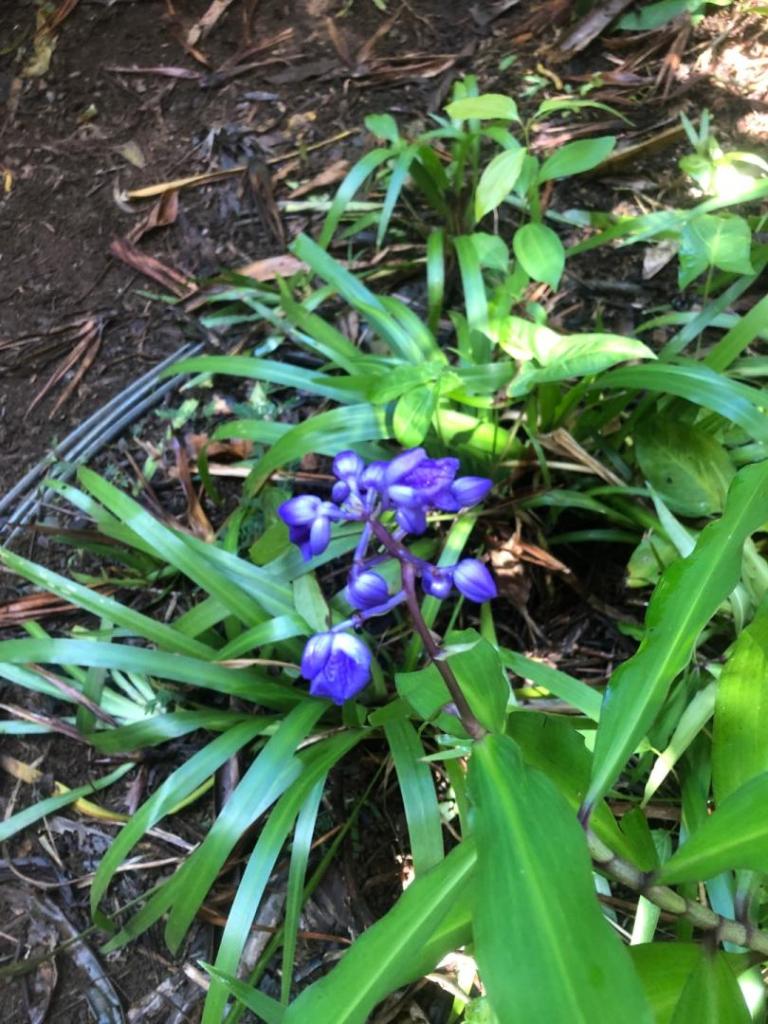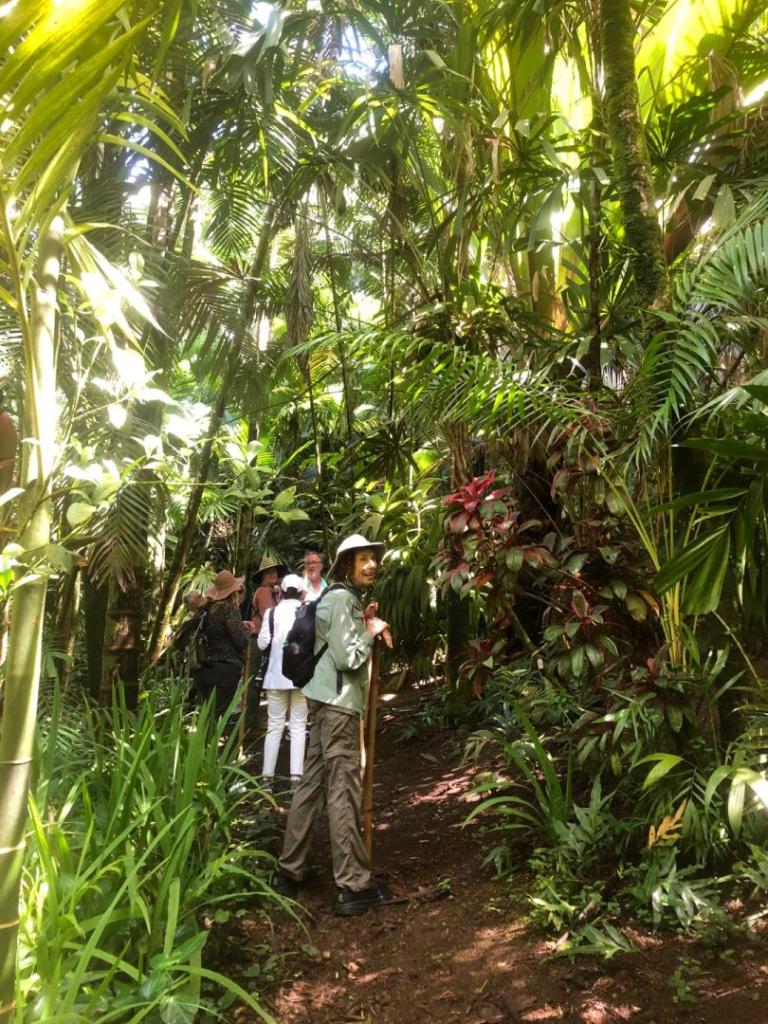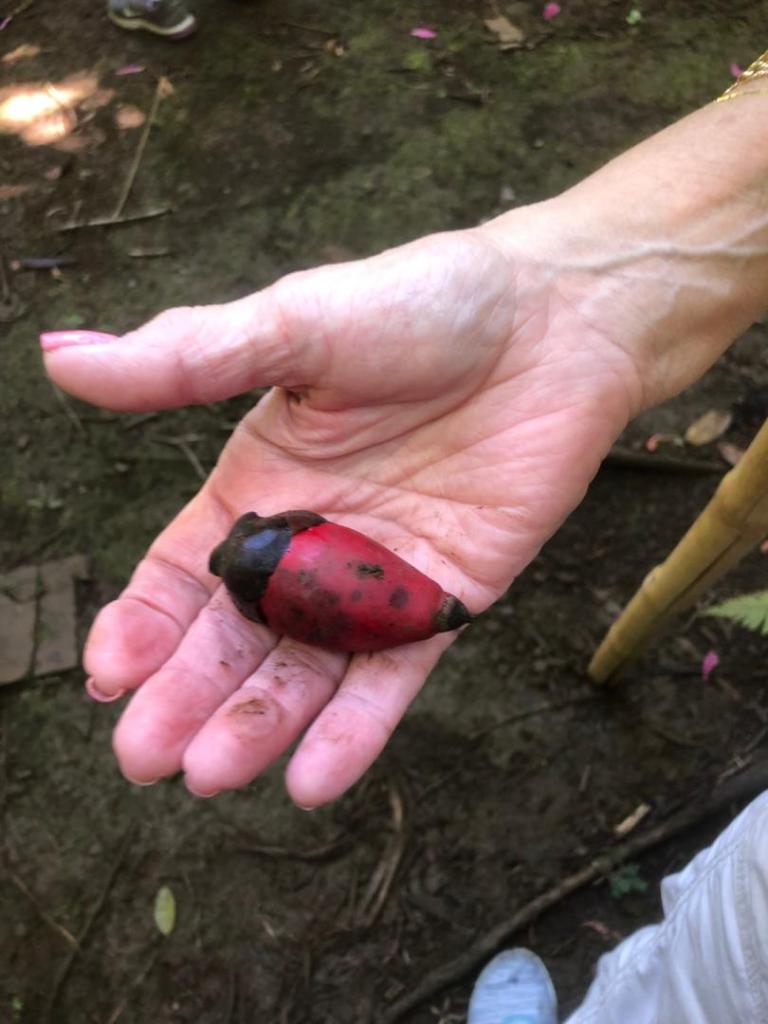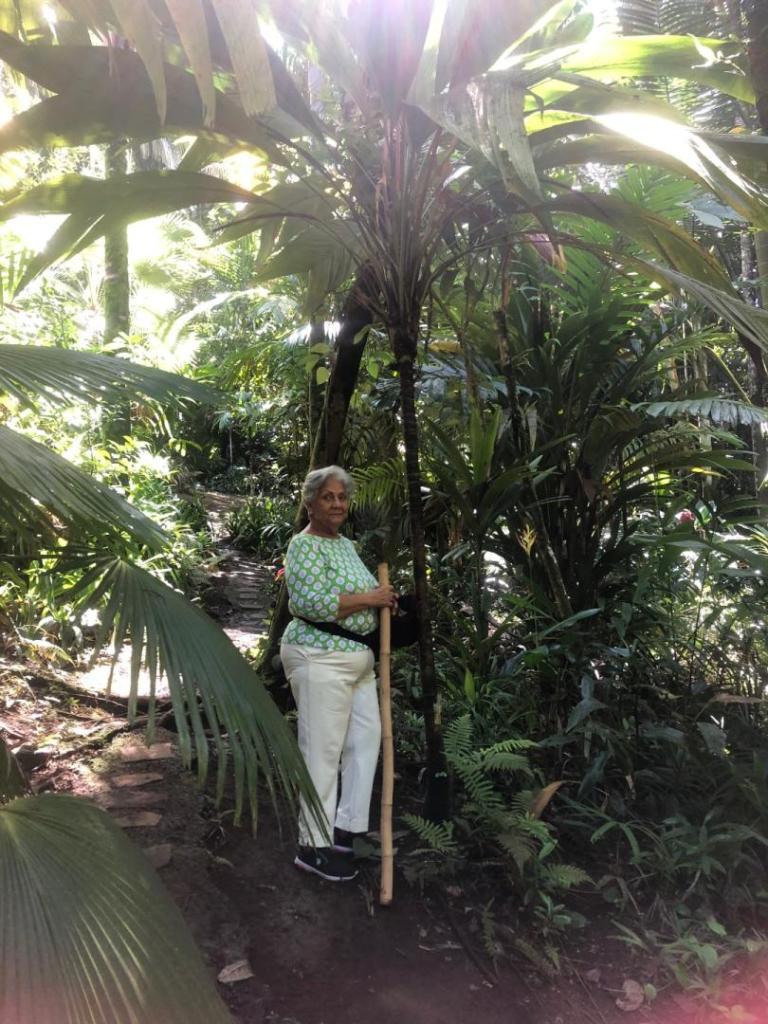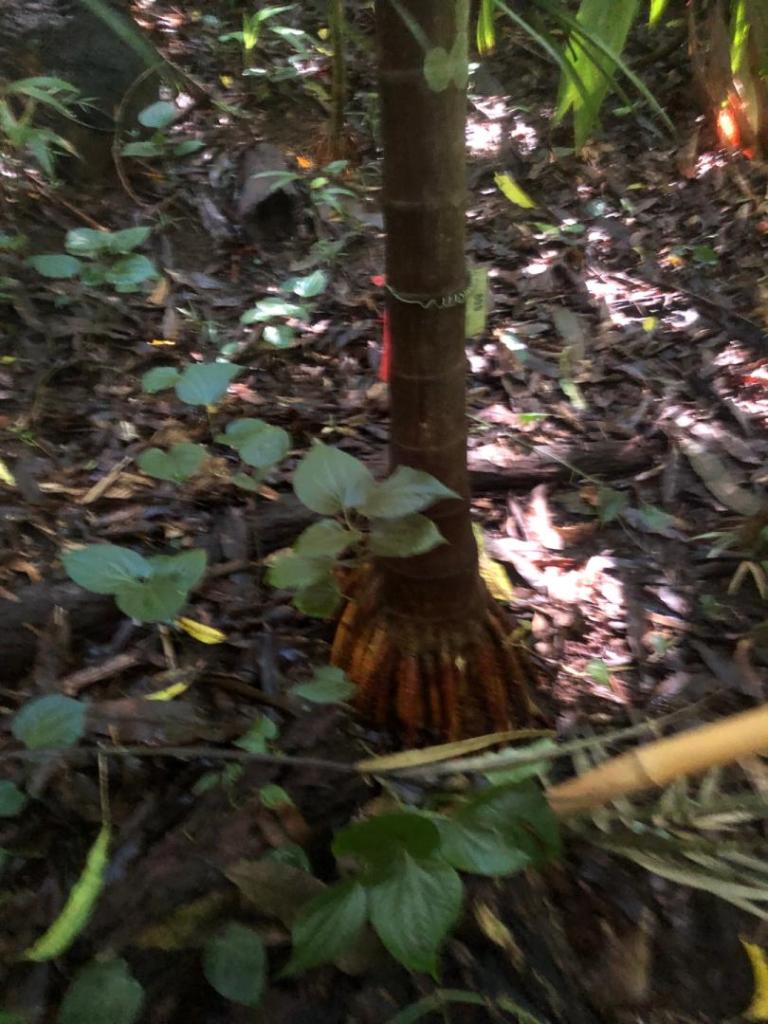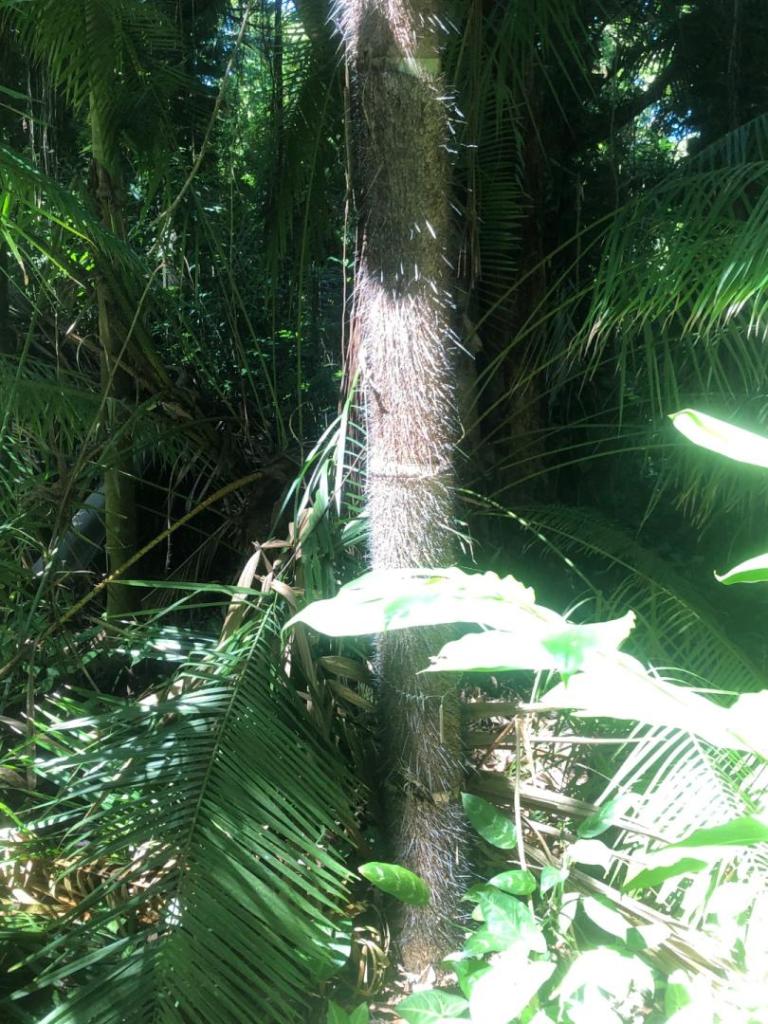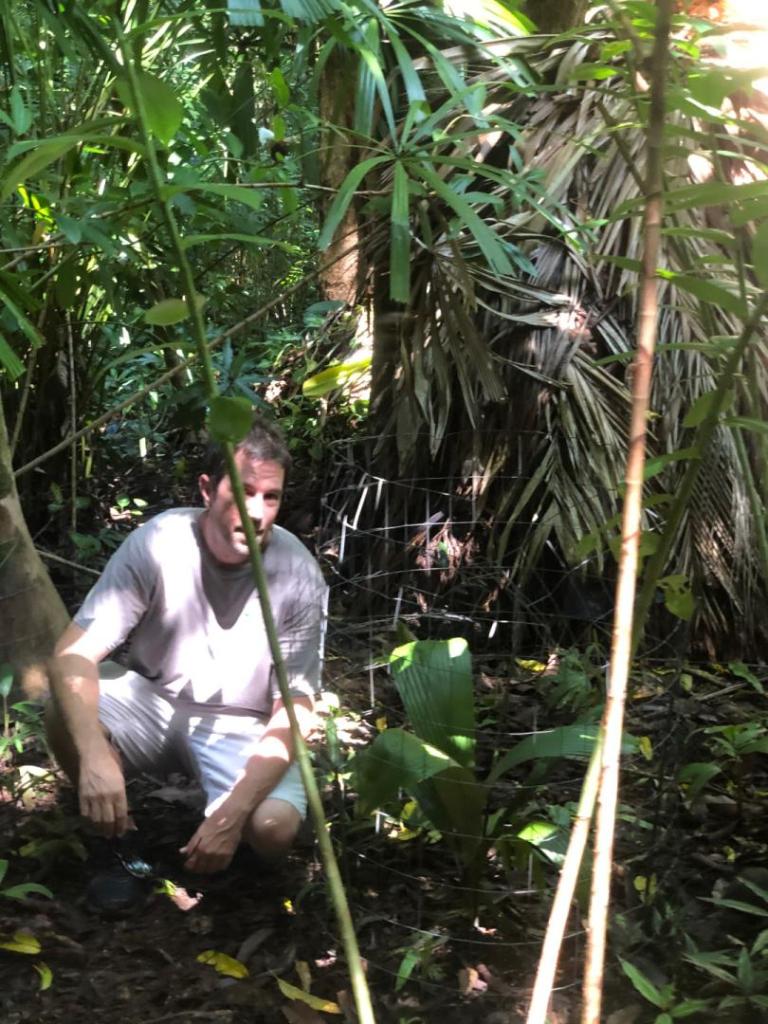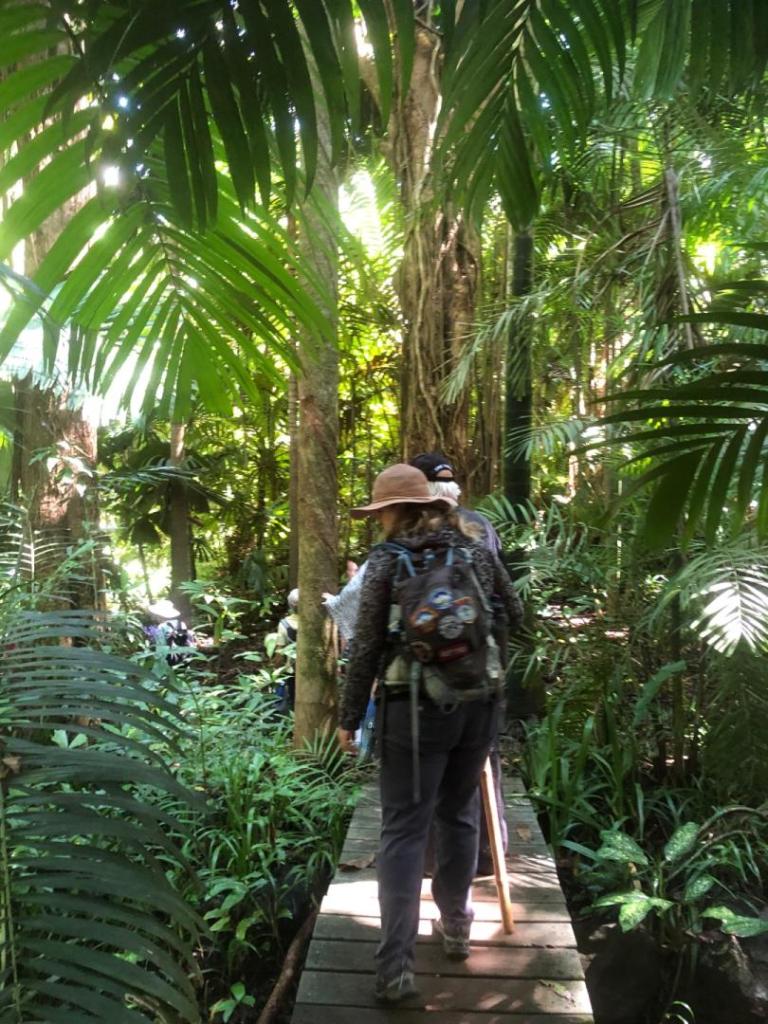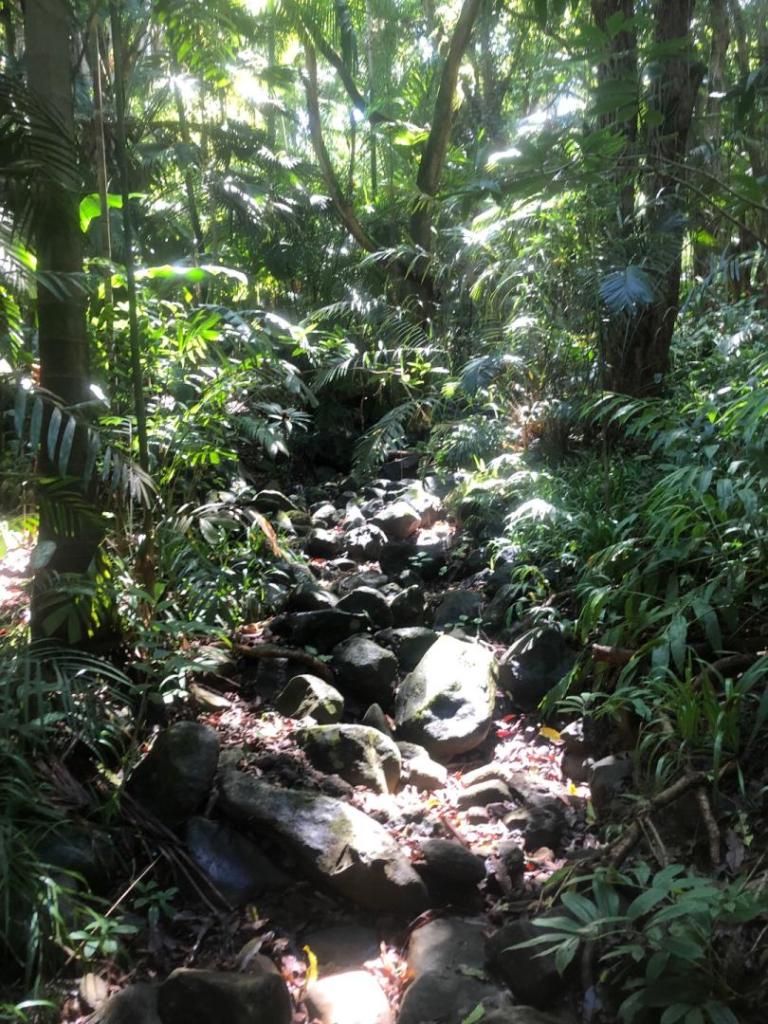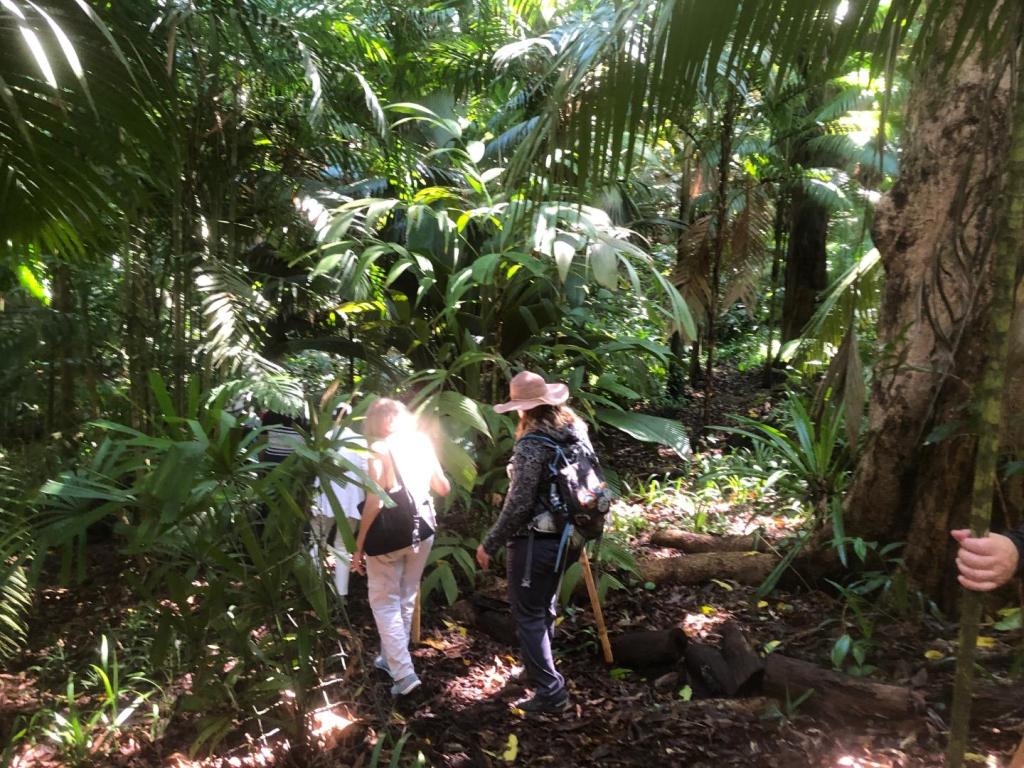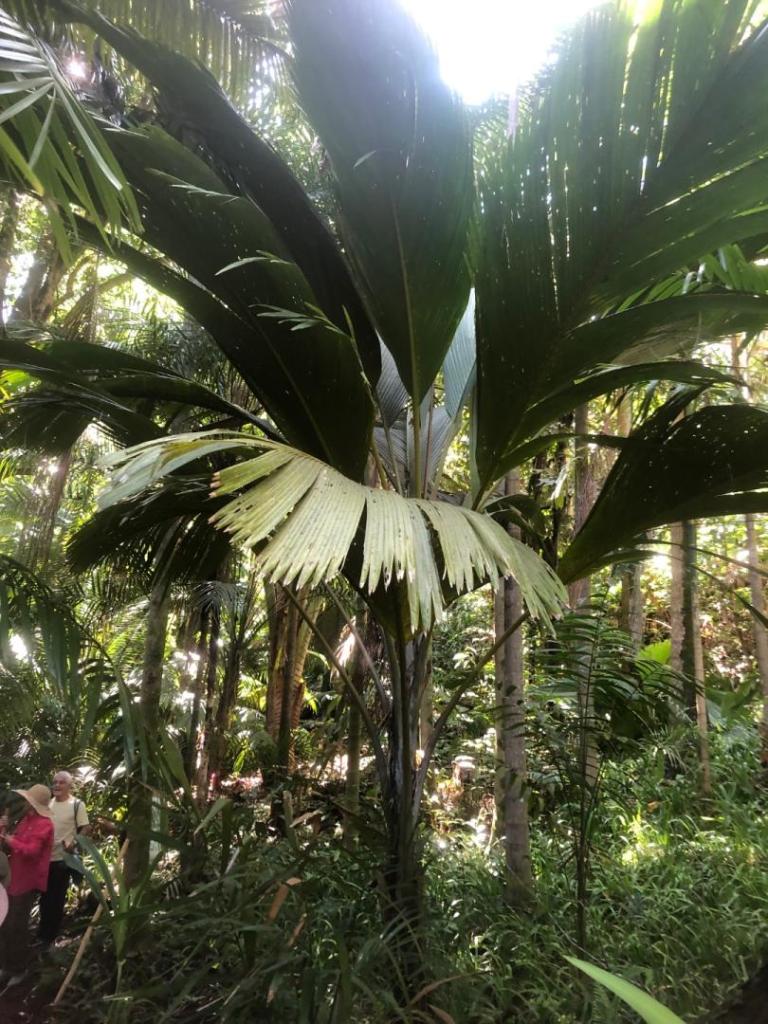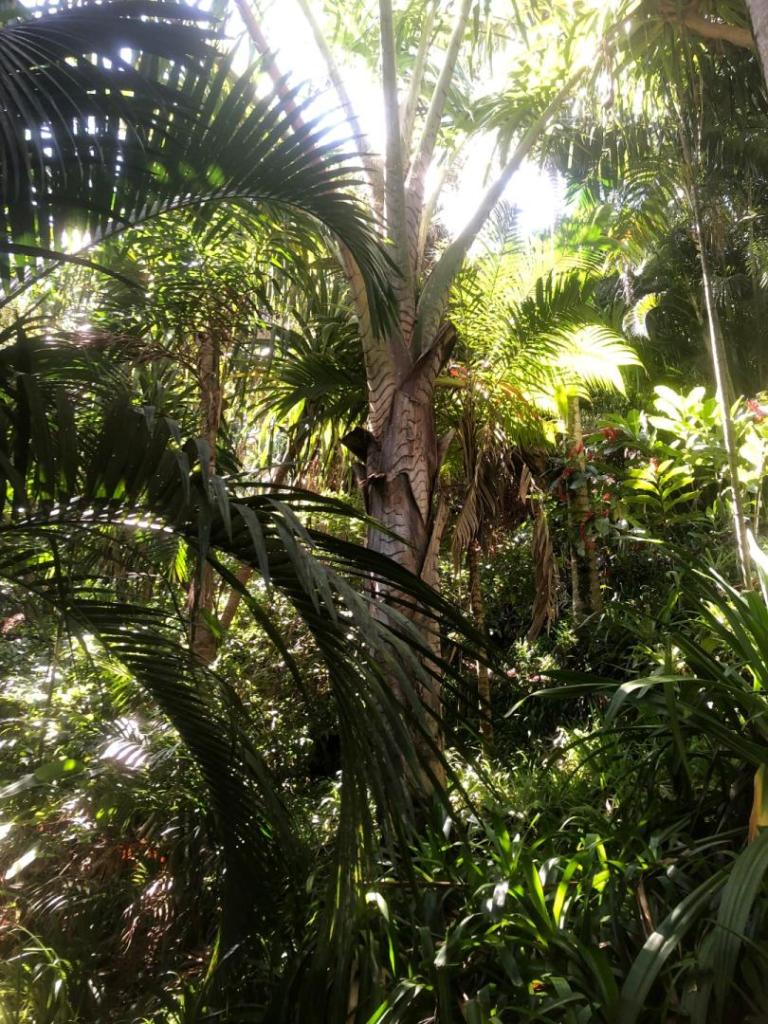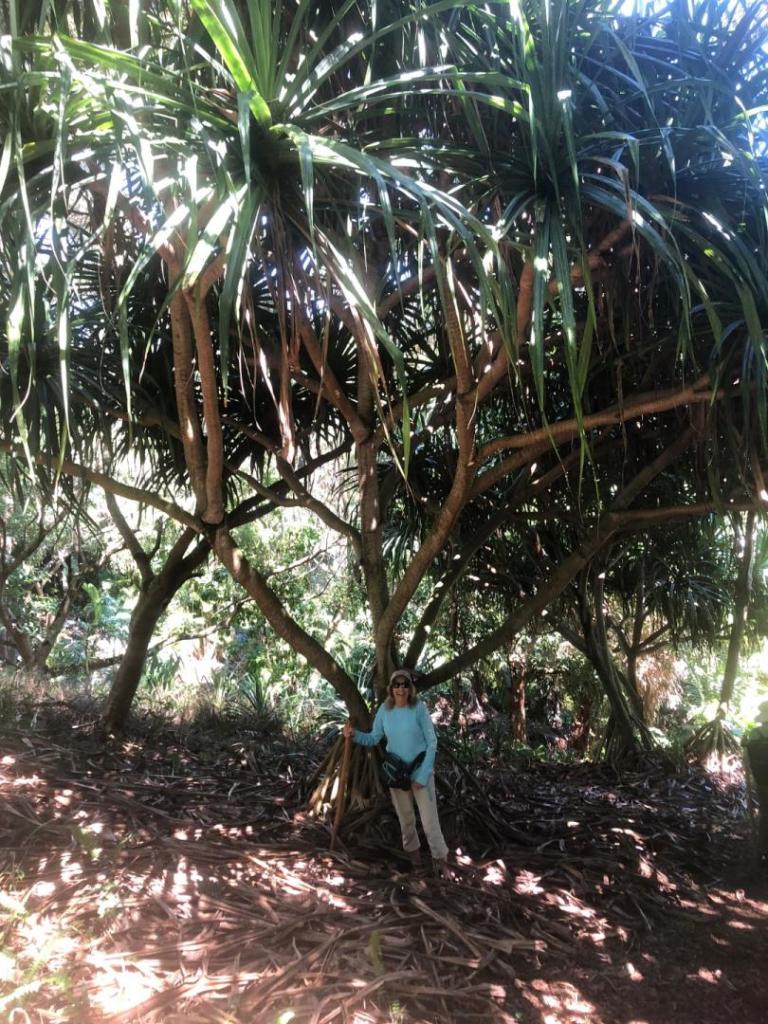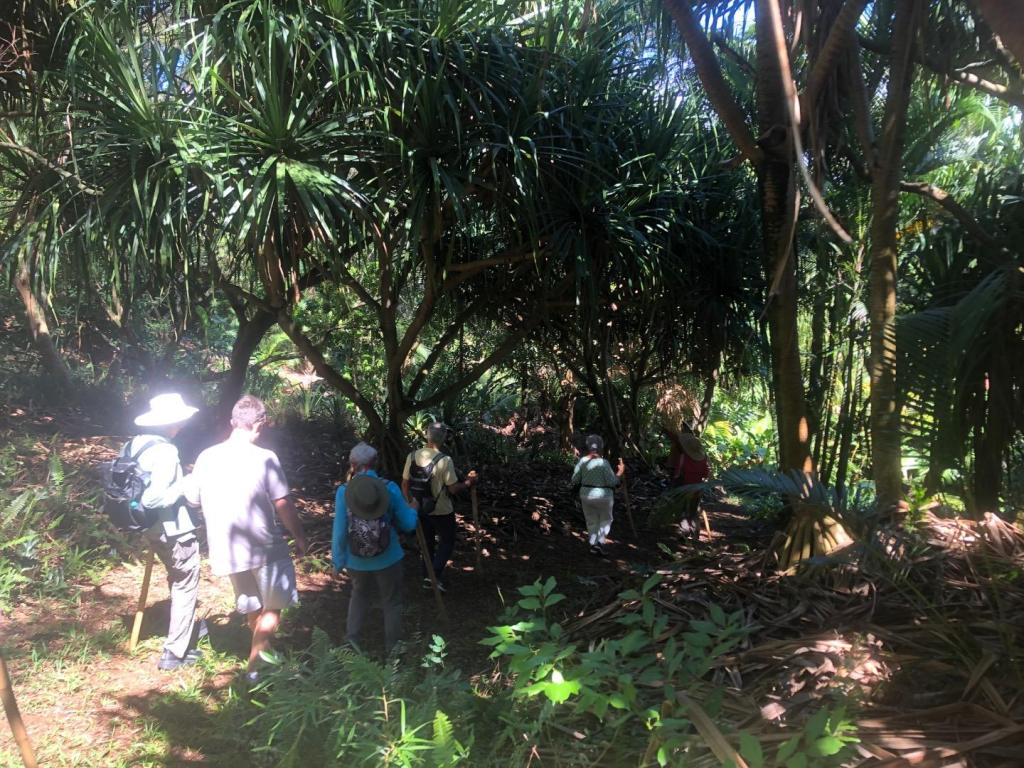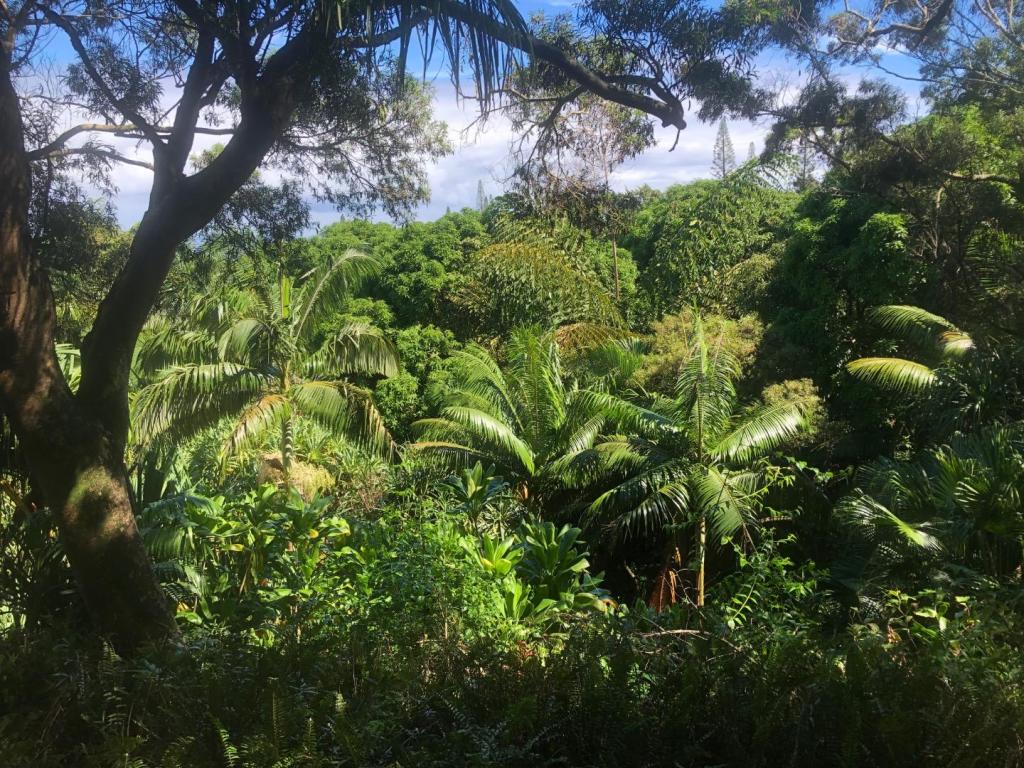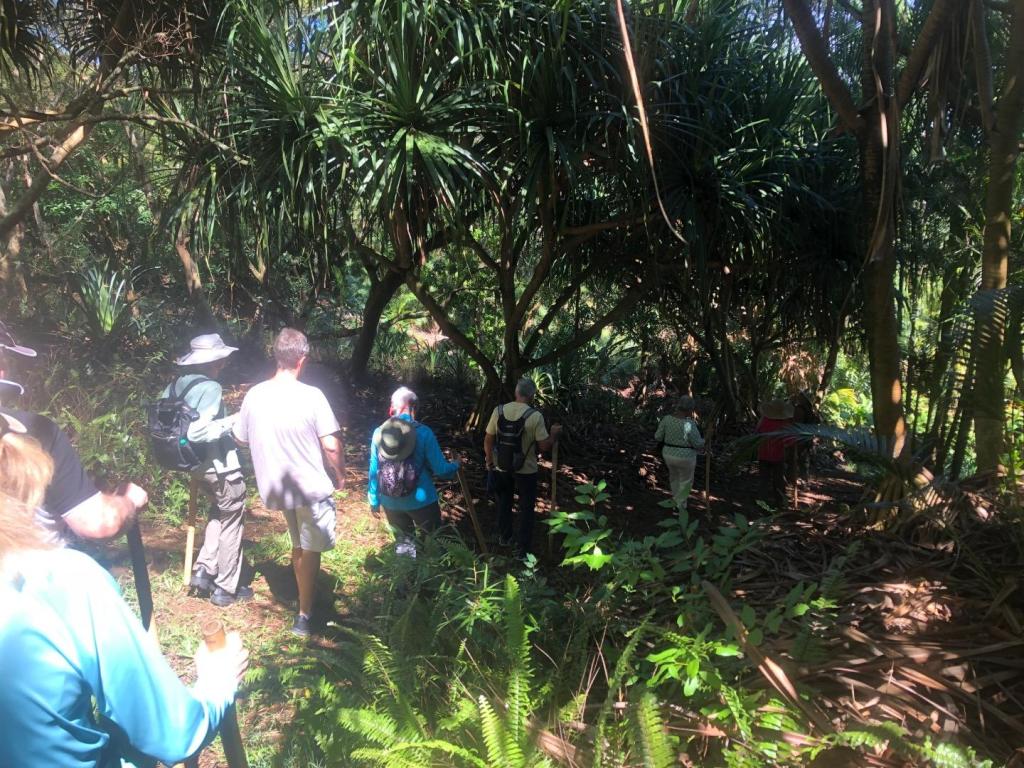Leaderboard
Popular Content
Showing content with the highest reputation on 04/19/2024 in all areas
-
I got more information from the nursery man, who planted this palm in November 2019. I inquired about the use of various fungicide's recommended by connoisseur, Steve Stern. None of these has been used on this specimen. That stated, it would probably help substantially if they were used. During this time frame, the minimum temperature recorded at PBIA was 37°F. Low 40°F (43F) temperatures nearly every year at the airport during this time frame. At all times, the median temperature well exceeded the necessary Koeppen temperature required for tropical rendering. In fact, most months median temperatures were closer to 70°F than the required 64.8°F. This palm is located at latitude, 26.93° north. It is in an area surrounded by water not far from the ocean. However, I would not describe it as "flourishing". It reminds me of the Newport Beach Coconut. The browning tips of the Palm are evident. This is definitely a very ticklish palm that requires close attention for success in southeast Florida.4 points
-
3 points
-
This is the most it has ever grown this early . I know it's because I kept the incandescent lights on it with the blankets into April , and I forced it to grow faster . It is almost respectable and it's only April . I know many have seen this palm , but it is my baby and I have been so impressed with its growth . I say I'm in 7B but I'm actually a few hundred yards into 8A now . But I'm sure I'll have more 7B temps in the future . Sorry I don't have Shaylen modeling . Will This picture below was earlier when I just took off the blankets :2 points
-
Purchased a couple of Metallica champs for the garden they will be group planted I have some good specimens already in my garden but you can never have enough chamaedorea in the garden especially this beautiful little palm there wa# also two Caryota maxima in the order as well I also have two giant specimens in my garden so I know they grow well2 points
-
This is what I’m getting at. When I say fast I’m talking number of fronds per year. Who wants to stare at a telephone pole and get a neck pain every time you want to enjoy the foliage? Plant queens if you want a palm that goes vertical real quick. Alfredii is the opposite. Just my 10 centavos…..2 points
-
2 points
-
I'd agree with the other comments on Sylvesters. They are getting wiped out here in Orlando now, and I'm about to remove an infected one in my front yard. Personally I'd avoid anything Phoenix, as it's not clear what other species are at severe risk. As far as other palms go, you could look at it as two categories: Easy sale "common" palms like Queens, Livistona Chinensis / Nitida / Decipiens / Saribus, Mules, Rhapis Excelsa "Lady Palms," Foxtails, some Dypsis/Chrysalidocarpus Lutescens, Bismarck, Fishtails, Pindos, Kings, Ptychosperma Elegans, etc. Those could be easily sold any time, but you wouldn't make much on them...they are more "commodity" palms that are grown by a LOT of nurseries. But it could make sense if you need a minimum acreage or sales volume to qualify for tax breaks. "Unusual" palms that may command higher individual prices, but are either slower growing or less in demand. Those are the sort of "collector" palms that we like here. In Zone 11 you could grow almost anything, and much faster than in zone 9 or 8. So you could grow Arenga Engleri, which commands biiig prices in Jacksonville. Or unusual tall palms like Arenga Pinnata or Attalea Cohune. Beccariophoenix Alfredii is another good one that should grow pretty quick in SFL. Any of the Copernicia would be good, as well as other interesting palms like Kerriodoxa Elegans, lots of options in the Licuala group, some of the "other" Syagrus like Schizophylla and "Coco Queen" Schizophylla x Romanzoffiana, etc. Many of these are "easy grows" if they don't see freezing temps, and could be shipped to Zone 10-9b areas easily. Overall maybe a mix of common and unusual is a good choice. But avoid Sylvestris.2 points
-
It looks like there is some chance of rain near @flplantguy and my location, a little less chance for @SubTropicRay, and nothing but hot sun for @Looking Glass in the forecast for Monday. Lakeland (KLAL): Brooksville (KBKV): South Tampa (KTPF): Ft. Lauderdale (KFLL): The top couple inches of soil here are a bit dry where exposed, but a few inches down there is moisture available for the plants. The photo below is of some soil from an area I de-sodded as part of a regrade project last weekend. Notice the top is bone dry, but turning it over with a rake shows there is still moisture present:2 points
-
1 point
-
1 point
-
I agree with Jim's recommendation of Mules and Beccariophoenix alfredii. FDOT has been buying up Mules for their highway planting and B. alfredii is starting to be more commonly planted commercially. However, both are relatively slow growing and not really utilizing the full extent of your climate zone. You might also consider adding in some more tropical stuff like Satakentia liukuensis, Carpoxylon macrospermum or Chambeyronia (Kentiopsis) oliviformis. These are faster growing and may turn a profit sooner. You might also consider some of the South Florida natives that are becoming more common for coastal plantings in Central Florida like Pseudophoenix sargentii and Thrinax radiata. Mass plantings of Royals are pretty ubiquitous and you might run into issues with how much water a large planting of royals will need. They should meet your criteria of high disease resistance though.1 point
-
Mules and Beccariophoenix alfredii (High Plateau Coconut) are the two “hot” palm species now since they take some cold and have a Coconut personality.1 point
-
This conversation has led me down quite an unexpected rabbit hole. @swolf I found this thread below that you were part of back in 2008. I know Merrill is no longer with us but I have to imagine that someone from this group knows a thing or two about the specific palms I posted pictures of. Tank seems like a good person to ask but it appears it’s been about six months since he was last on. Beyond that, this thread has a really impressive list of unique palms that have taken 10 degrees. I’m sure some people would enjoy reading it.1 point
-
Congratulations on selling your Sylvesters and on getting a farm to plan around. I have a farm in S. Cal. and growing some crops allows tax advantages re. deductions for farm expenses. You do need to show some profit in two out of seven years but if you plan on selling future palms it would be nice if some money came in sometime before you need to show some profit. I am trying to plant a bunch of Jubaea in the hope that ten or twenty years from now I ( or somebody else ) can did them up and box them for sale. Long time horizon project . Have you considered a planting of mule palms? Fast, beautiful and probably happy where you live . I am not from Florida so get local advice on how mules might do. Palms grown in grow bags might be something you could get to market faster than trees that needed digging.1 point
-
Here it’s dry as a bone. Grass is drying up despite frequent irrigation. Some palms are not thrilled. I just hand watered all the palms deeply, and am right now running irrigation over that. Super dry sand all the way down here. We need a decent soak pretty bad. Water bill ain’t gonna be pretty this month, and nothing on the horizon for now. I call this time of year, “The Starving Time”. Usually around now I start wishing I planted more Caribbean/Cuban and native palms as they tolerate the dry spells well.1 point
-
Water it a lot for the entire upcoming hot season. Hopefully experts here will comment how much. Be cautious with fertizer for now. Again, hopefully experts here will comment when to start, and how much to use. The appearance of the lower part of the palm will not change very much. The first sign that the palm is doing better will be new fronds growing. Those will emerge as "spears". I think you may not see any new spears for months. As noted earlier in this thread, this palm was underwatered and overpruned, to begin with. Now it will experience transplant shock. Unless you were able to dig up a very large rootball, which would be very hard for a palm of this size, then the transplant shock may be severe. Right now, your goal is survival. Your palm may look very impressive in a few years. I congratulate you for your $700 experiment! I hope it succeeds!1 point
-
🎵 ....We've come a long, long way together. Through some cold times ...and some rain. I have to ....Celebrate you, baby.. I have to praise you like i should... 🎶 ....Some ~slightly~ adjusted lyrics from the wayy back machine to welcome in the second best time of year, esp. here in the Desert.. Randoms.. Phacelia ..crenulata ..Closer to being sure on the ID. Have others popping up elsewhere from seed i'd collected to compare these to when they start poppin'. Calliandra eriophylla Penstemon parryi Pretty sure there were Black Chinned Hummers checking out the taller parryi when peeking out the window this morning after awakening. P. superbus.. Differences obvious now, lol. Dogweed, ..or Gold Fields < Genus Lasthenia > ( No clue where they came from. Didn't order seed of... ) 2024 crop of Salvia coccinea already flowering.. ..................................The Globe Mallow Sisters..................... S. laxa ....Ready to go S. "... Not quite sure yet / Boyce Thompson / Picket Post area collection... " .....Almost ready to go S. coulteri ...On the way.. This specimen anyway. Other that popped up is bloomin. Lupinus sparsiflorus about to pop L. texanus.. Moving a bit faster now ..At least out by the sidewalk. ....Flowering by??? ....Mid March??? Senna covesii ...joining the party.. ....While the in ground Plumeria... ( Crossing my fingers this is the year for my special specimen ) ...Galactia wrightii ...Mealy Blue Sage ...Berlandiera lyrata and Aristiolochia fimbrata all awaken from their winter naps.. Ratibida columnifera too ..As usual, the over achiever between the plants out there is already just about ready to pop.. Other specimens, up closer to the house ( and currently in more shade ) aren't even budding yet. Some complain the desert is a stark and boring place devoid of much interest / options ...or that flowers are boring.. ...I look out the window and laugh, ...hysterically, at such narrow minded, dull, and squared " views".. Never a dull moment / lack of color, 99% of the year in this yard ...Except maybe during the worst part of: " Hell Season " Ha Ha. Welcome, ...to Spring...1 point
-
Alrighty everyone send me a message with address and I'll ship some out soon. I wanted to make sure I send to everyone all at once.1 point
-
1 point
-
1 point
-
I think you’re probably right. I have heard he was very involved with the part of the garden where the Jubaea x Butia palms are.1 point
-
Queens aren't that tropical...I was thinking more along the lines of royals and foxtails 😆. Queens are one of the cheapest and most available palms, they'll be back. No but seriously a lot of non-palm zone 9b/10 stuff make for great dieback perennials. I don't care if guava, star fruit, or June plum die to the ground occasionally...I'll still get a ton of fruit in the years that they don't die. Just put an atemoya in the ground to test. Tons of tropical foliage/"houseplants" you can grow this way too like many Ficus and Schefflera.1 point
-
1 point
-
Future Spring flowers, Take #1 ..if all goes well at least.. Good test of longer - term viability for some things too. 1: Adansonia gregorii AUS collected. Sent here in either '19 or 2020. 2: Ipomoea pes - caprae, Railroad Vine. Collected in 2015 at Bird Key, Sarasota. Still good enough to sprout? 3: Enterolobium sp. ..One of the two growing in FL. Can't remember which. Both have been grown ( ...and done fine since planting ) down at U of A in Tucson. If the seed is still good, these will go to a nearby park in a couple years. ...Unless someone local interested has a bigger yard. Collected in 2015, If from some pods i'd collected in Sarasota, ...or wayy back in 2011, when i lived in Clearwater. Lets seed how this goes. 4: Seed off the Neighborhood Royal Poinciana, trial #1. A little smaller than seed i've collected from trees in FL / have been sent, but should still be filled out enough to germinate. We'll see if they'll sprout and shatter the assumption that Delonix regia can't reproduce successfully here. 5: Leucanea retusa ..Seed originally collected off a now gone specimen in Glendale in 2017 or 18, ..Possibly both years. Had one steadily chugging along, gaining size ...until i decapitated it last fall. Stuff happens. Start over.1 point
-
Some late week color for ya' Eclipse day Sunflowers Who says you can't have big, " Tropical looking " leaves on something simple.. Today's short walk to check on a few things.. Neighbor's Barbados Cherry, and Fruiting Mulberry, Possibly Pakistan ..but fine if wrong on the cultivar. Euphorbia antisyphilitica Delonix regia, the " 'Hood Royal " just about ready to awaken. Seed trial from it starts soon. Some of the nicest " tended " Torch Glow Boug. specimens around.. What i hope to achieve w/ the ones planted between the house / neighbor's house. Picture the Guaiacum coulteri planted dead center there hovering up above a 3-ish ft living wall of this color, and you have the ideal outcome for that area. Ocotillo, by the Hospital. We'll discuss the nearby Saguaro soon. Honey Mesquite decked out in flowers and that glowing, Apple green new foliage.. ....Back at the " Lab ".... Dyckia rariflora gearing up. Six flower scrapes on the way so far. Dyckia choristaminea also deciding to flower this year. Released from the confines of a 1gal, into a wide 3gal today as well. Mini Tiger Stripe Punn' Kin, trial take #2.. Instead of starting in pots, decided to sow directly in the ground this year ..and start a hair earlier than last year. We'll see what happens this time around. Ipomoea longifolia awakening... Absolutely a big deal.It's twin should awaken shortly. Physalis ( native Ground Cherry ) sp. that popped up alongside Plumeria ctv. J105 last year. Aristiolocha watsonii that decided to pop up in w/ one of the other JJ Plumerias. As " Acacia Season " Fades, " Palo Verde Season " steps up to the plate to take some swings.. " Desert Willow Season " too.... About faded out but the strong " Pez Candy fragrance " from this Whitebush, Aloysia gratissima is still easily detectable as you approach it. Some tropical looking feathered friends, just for the heck of it.. Hangin out in the Sunflowers out front atm, completely un-phased by passing traffic. ..At least this kid. ..and a Goldfinch.. Always lots of color, even in the Desert1 point
-
A few on your Saturday...... I spy a visitor.. Clitoria mariana, leaves get bigger each year.. Plumerias, waking up Almost done with the front bed extension.. Was nearly complete when i looked at and said " ..need to remove another sliver to come to a satisfactory width for everything going in there " ( Purple line ) Magenta dot is a sprinkler head i'll be removing / possibly placing somewhere else.. As mentioned, Penstemon in there will be moved after seed on them finishes ripening. Waiting for that just in case the plants themselves fail to transplant. Other stuff ..Desert Marigold / a few Senna covesii may be totally removed to " clear the slate " so to say. have plenty of seed from the Senna, and Desert Marigold are easy to re- sow as well ...so no big loss in yanking them to get the bed finished. Looking at it now that it is wider, gonna need 3 more Baja Ruellia. 3 won't be enough, lol.. While i'm sure i'll waver a little, here's one idealized chicken scratch idea.. Purple = Ruellia, Orange = specific Plumeria cultivars that should stay in the 6-11ft height range, and produce flowers that have some Orange in them. For the most part, Native Annual color will stay on the outside of the Yellow line. May change the rock type / size/ color in that area too. White is a one of a kind center piece.. Something extra rare or one of a kind that deserves to be seen. Won't say what i've decided on yet, but needless to say, it's definitely uncommon ..but shouldn't be. Hasn't flinched thru any of our winters ..or summers in it's pot so far and should be a perfect complement to all the other unusual stuff planted out there. Overall, centerpiece / Plumeria / Guaiacum coulteri out there should provide a nice break between the yard and street / traffic ( Maybe even a little shade, once taller at least ) but not overwhelm the space / get so tall that they take away from the view of the palms / trees across the street / sky ..and add lots of color, ...on top of all the other color out there already. Bed is wide enough that any moron foolish enough to try will be trespassing if they attempted to steal any of the plants ( no excuse of " ..It was near / within easy reach of.. the sidewalk " ).. Would be a dumb idea anyway since there are LOTS of home / business / city cameras in this area of town, Police are present on our road / parking lot of the Med offices / Hospital across the street 24 -7.1 point
-
1 point
-
1 point
-
1 point
-
A few Good Friday Randoms.. Uncarina peltata waking up.. New stuff added, just in time for a good natural soaking this weekend... Back of the house side - bed finished / unfinished bed by the master bedroom started.. Live in the desert ..or similar dry areas of the West, must have a Creosote Bush planted somewhere in your landscape. This will be utilized as a living sun screen on the left side of the Patio.. Shouldn't take long to reach a size where it can be carefully sculpted to fit it's space ..Similar to the shot of a small-ish tree sized Creosote next to a Pygmy Date i've posted in the past, though hemmed in just a tad tighter. ....After watering it ..and everything else planted yesterday, patio smelled like Creosote after sunset. Main side bed along the west facing wall / notch bed by the " good " Bougainvillea: Russellia " St. Elmo's Fire " Flower detail Alternated Baja Ruellia, and " St. Elmo's Fire " Russellia.. Didn't realize this Coral Fountain selection can reach 4-6ft X 4-8ft so... the main bed might get a little more crowded than assumed ..which is fine. Since both plants will flower on and off at roughly the same times, should provide lots of color thru the year when they cycle.. Bed by the Master Bedroom in progress: Chilopsis " Sweet Bubba " A supposedly seedless ( Doubt it will be completely " Seed less " ) cultivar of Desert Willow. Gotta love a tree that might already have some flowers the year it goes in the ground too If curious why i planted it off center, rather than dead center in that bed, answer is simple... During the summer, sun angle hits that side of the house from about the angle of where the trunk of the tree sits.. Though desert Willow drop most / all foliage during the winter, nekked-ness at that time isn't an issue since the sun isn't near as intense on that wall as it is during the summer. Idea is it will fill out in such a way that it will completely block the sun from that angle.. Other stuff will be planted below / around it, inc a semi- compact / compact sized Plumeria cultivar near where the remaining Juniper stump is located. The two combined should provide great color, some afternoon shade, and wafting fragrance into the house on those stormy, warm humid nights in summer when you can open the window. As fast as Desert Willow grow / hot as that area gets, i won't be surprised if puts on enough growth to provide enough shade there to drop a Plumeria in by Fall.. We'll see. Soon, i'll start putting in the edging block to define the bed rather than leave undefined as - is. Tecoma stans " Sparklette " interesting cultivar i picked up to try. Like the two - toned Orange flowers. Supposed to stay somewhat short ..in the 6-8ft height range, but, we'll see. Anyone who has grown Tecoma understands they rarely stay as short as some nurseries might advertise. Now to figure out where to plant it. Rest of the Baja Ruellia purchased will go out front once i get that bed ready.. Besides getting the back beds planted, potted and in - ground Plumeria, Guaiacum and other important stuff provided a wake up, spring dose of 20%K just ahead of that good soaking on the way, ...and more sustained warm up about a week or so later, hopefully.1 point
-
1 point
-
1 point
-
1 point
-
Not perfect but better shots of the same Hong Kong.. Seems like it it is at peak bloom now.. ....And some other noteworthy flower power noted along the way. Was hoping to track down something i noted on a street view search yesterday nearby, but missed the location by a couple streets.. Next time.. From the yard.. May not be the native sps, but the annual Larkspur starting to pop will work as a nice stand - in for now. How about that, actually got one Owl's Clover this year, haha.1 point
-
1 point
-
End of the week, ...and final days of Trad. Winter color ...Galore.. Randoms..... Coral Vine, awakening.. Coral honeysuckle that popped up near an Alpinia nice n' green.. Doesn't grow as fast as it could due to siting, but is happily gaining size.. Some excellent fresh leaf patterning of Aristolochia fimbrata Melampodium leucanthum stepping on stage to join the party.. Erythrostemon palmeri doing the same. Lupinus texanus ..awake, finally. Interesting note i don't recall being mentioned by most references regarding it. ...Have to get up close n' personal with them but, stuff a nose in em' and the flowers possess a sharp fragrance similar to some of the true Jasmines, Gardenia, and / or Star Jasmine. Very different than the sweet, grape soda / spice tinged scent of Lupinus nanus. Sweet Acacia starting to flare up. ( When their flower display starts to stand out better against other green foliage from a distance. ) Noticing a few flowers starting to appear on a couple of the Blue Palo Verde directly across the street as well. Peityle emoryi It may be a meh tree, esp. here in the desert where there are many better adapted options but, when the White Mulberry scattered throughout the older neighborhoods here start flowering, Spring is in full swing.. Enough of a " sign of the season " for a mention.. ...Sum' other sure signs of Spring? The return of the Digger Bees.. ..and Fire - crowned Hedgehogs.....1 point
-
Weekend color.... Two shades of Calliandra eriophylla. See this among specimens out in the desert too. Gotta love Scorpoid Cymes.. " Spring " Sunn- ny flowers galore.. Plenty more on the way ...Some quite colorful even w/ out any flowers. L. texanus almost ready to go.. Tis' the season, ...for Grape Soda ...2024 ...And Lemon blooms ...Sweet Acacia, gearing up Clitoria mariana waking up..1 point
-
Some mid week color... A couple different angles of the " Sidewalk Bed " ...Not " filled to the brim " w/ color this year since i'm planning on yanking out another foot - 16" wide strip of grass this year to have enough room to accommodate a pair of mature-er sized / aged dwf. Plumeria cultivars ( Cultivars that stay ~approx~ 8-10ft in total height ), a triplet of Baja Ruellia that can be kept semi formal / trimmed ..and possibly some drifts of Ox Blood Lilies / some similar bulb that will pop up and flower in late summer / fall, and a pair / triplet of Hedgehogs ( E. englemanii, rather than more coccineus extras that i have ). Penstemon are easy enough to start from seed again if i loose any of the established plants when repositioning to fill in gaps after everything else is added in. While i probably could fit the Plumeria in there as - is, once they're bigger, half of their potential canopy width might hang out over the sidewalk too much.. Pulling back the grass a little more will allow them to fill out nicely w/ out the threat of needing to be trimmed on the sidewalk facing side to keep them from impeding neighborhood foot traffic. Will also help keep the Bermuda from reaching into that bed as easily / quickly. Anything i can do to reduce the space grass takes up is a plus anyway, lol. If it works out as envisioned, combined " living wall " of Dwf Plumeria / Ruellia will get tall enough to frame the front yard a bit / break up the view into the yard from the offices across the street, but not get large enough ( Plumeria ) to completely block the view of the street / oncoming traffic from the neighbor's driveway as they try to pull out onto the road.. Ruellia would be held to about 3ft in height, positioned in front of the Plumeria. Looking north... Looking south...1 point
-
1 point
-
Before I sleep I will just whet your appetite with a few photos from today! Our first garden is one of the National Tropical Gardens I was fortunate to enlist several attendees to provide scale and enthusiasm to several photos. Thanks to you all! Here is Peter Warner with the Queen Anthurium (A. waroqueanum). And Frank Van Twist with a fruiting Pelagodoxa Horace Hobbs (past president of the IPS and current Director) with a Corypha Debby Hamann with a Marojejya darianii Stay tuned….1 point
-
1 point
-
1 point
-
In HI it is dawn now and I am awaiting breakfast at our Hilo hotel eagerly anticipating today’s adventures! As I have a few minutes to spare (and caffeinated already) I will share some more impressions. Since my mind has not grasped either pronunciation or spelling of this garden it is better that I share this sign from our morning yesterday. The photos in my previous reply came from this garden too. Although I do love palms, I also love many others plants and this Sterculia species caught my eye. The red three part seed pods are so distinctive that I guessed the genus correctly. However I was wrong on the species. The one I had seen (and smelled!) before was S.foetida. The flowers of that species rightly deserve that name. However as one of the attendees enlightened me, this and some other species of this genus while not useful for perfume, might be less repellent to my senses. Definitely no editing with this red color! I believe this lovely flower may be a Randsia? but if you know the full name please post it. Definitely one I’d like to grow. Like double coconuts, Amherstias always make me pause to take their photo. This one was not in flower but the handkerchief leaves are enough! Many many views better viewed big than on my iPhone mini I am using to post. However you get the idea with this one. We went straight to the Honolulu airport where we were reunited with our luggage. Those who have traveled with me know that I am not good at sitting still and enjoy wandering even inside an airport. I enjoyed the decor such as this: My good friend and PR neighbor and I played with the efficient hand washing stations in the airport bathroom. As you might be able to tell, the faucet and hand dryer are all part of one device. We think the horizontal dryer portion looks like plane wings too. k The evening included another excellent speaker Jason Dewees, whose excellent book “Designing with Palms” is a frequent reference for me at planting time. I wanted to bring my copy to ask for an autograph but since I am traveling with carry ons only I could not spare the room/weight. https://www.amazon.com/Designing-Palms-Jason-Dewees/dp/1604695439 I will continue to add photos when I can and encourage others to do the same. Thanks to Tiffany too!1 point
-
1 point
-
Great to hear from you Peachy!! Once again short on time to post here properly in real time because we leave our suitcases with the tour company in about an hour, catch breakfast and then from the morning adventure we fly to the Big Island! However if I were to be forced to select just one favorite from yesterday this Sommieria would be it! Laz was equally enthusiastic.1 point
-
1 point
-
1 point


